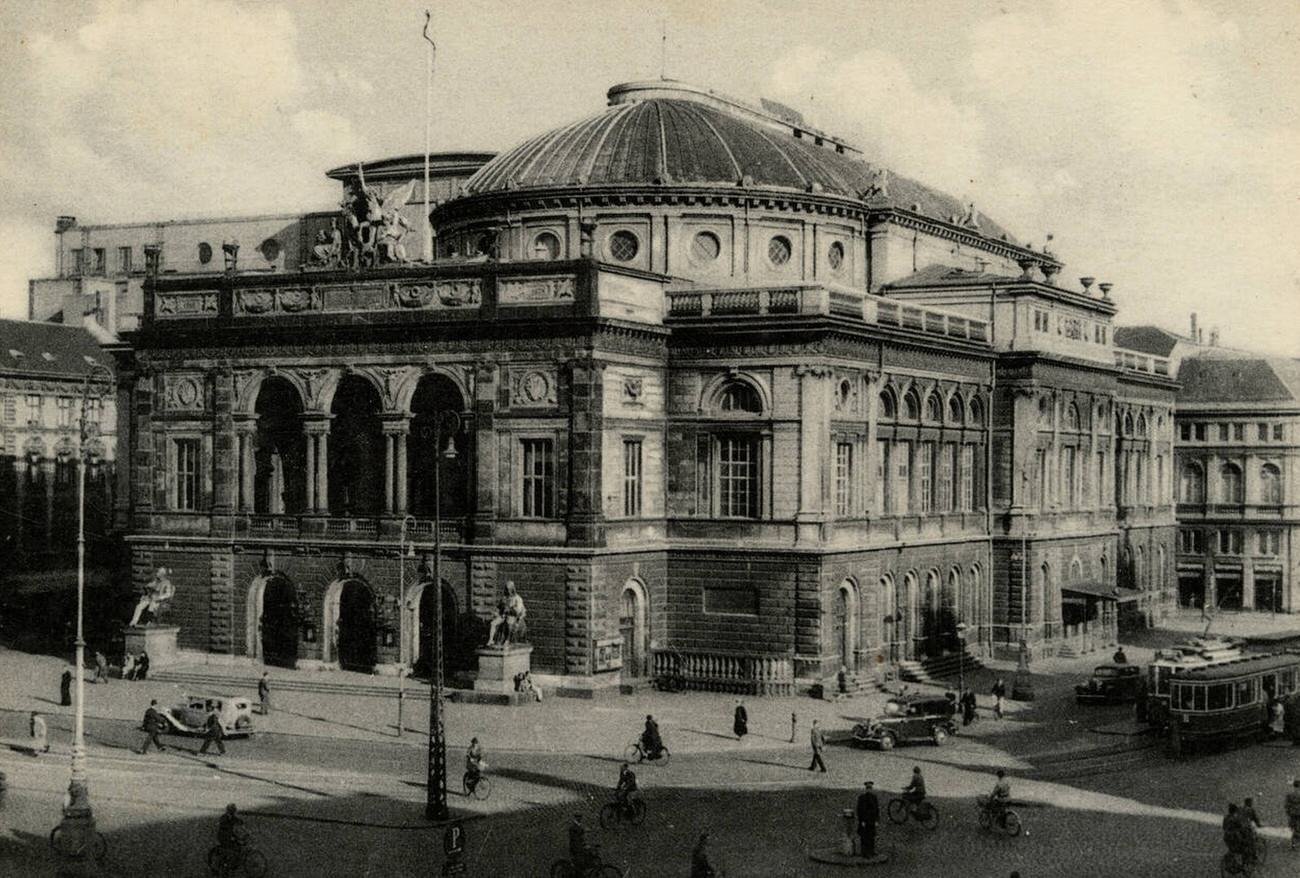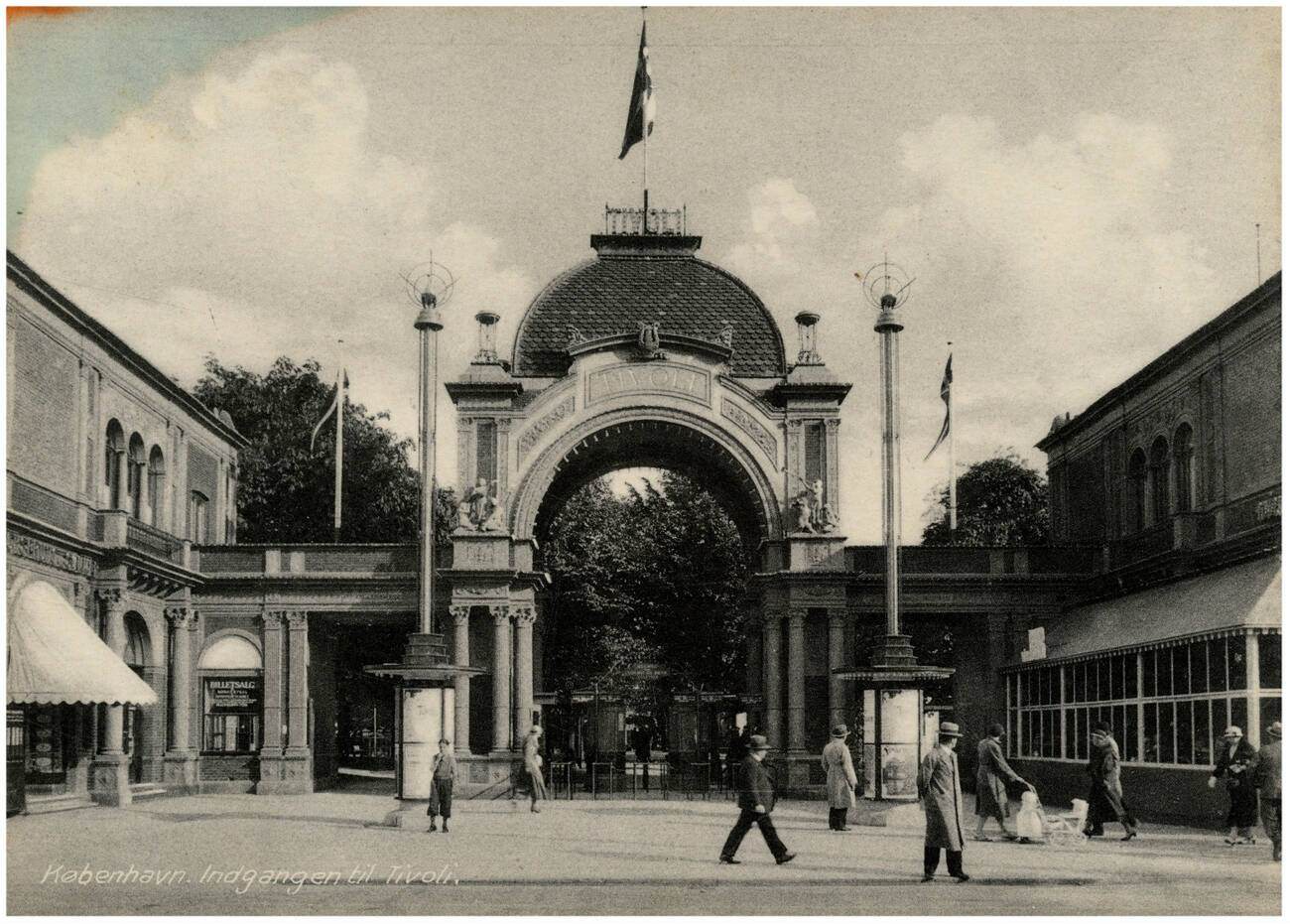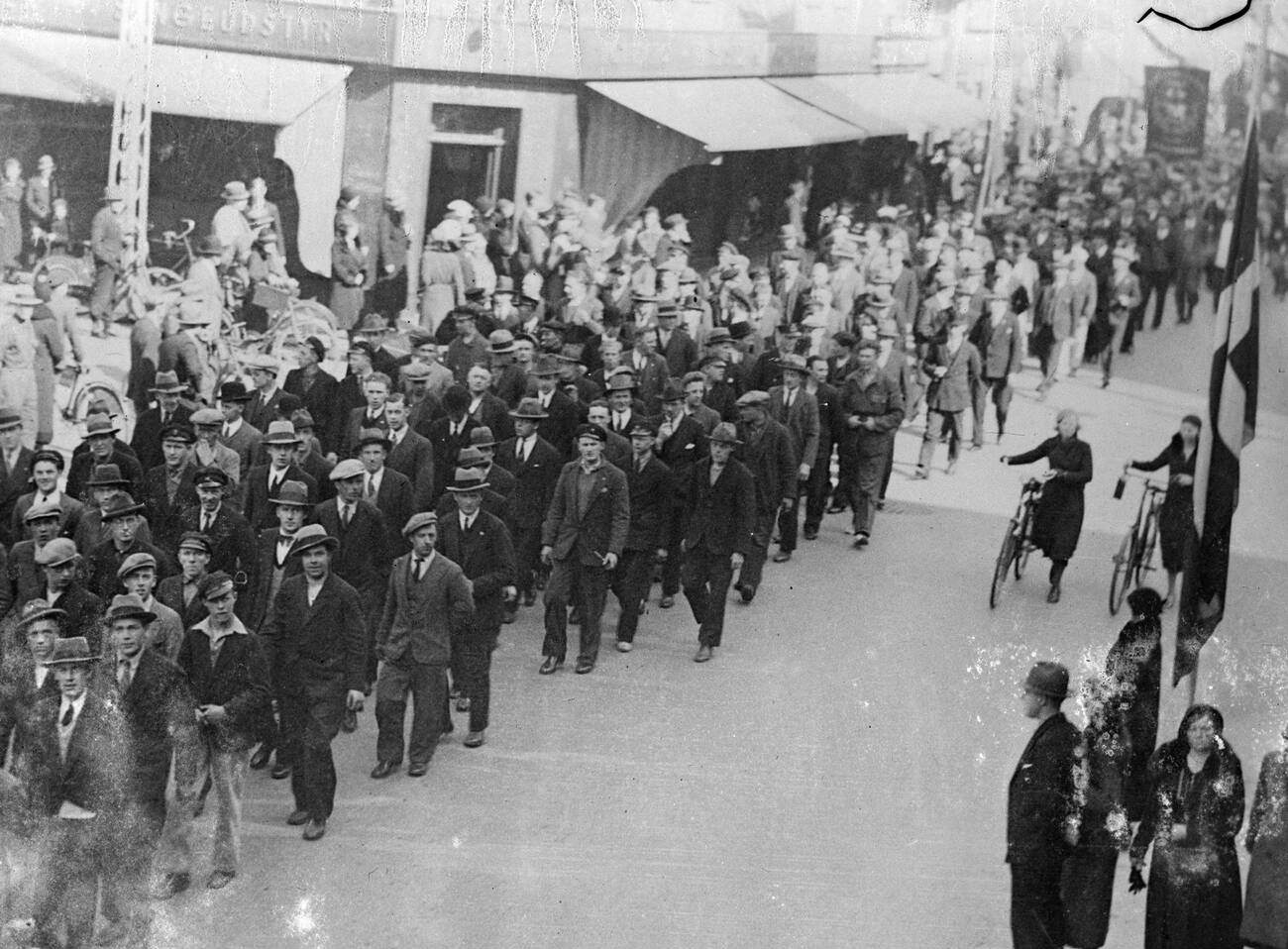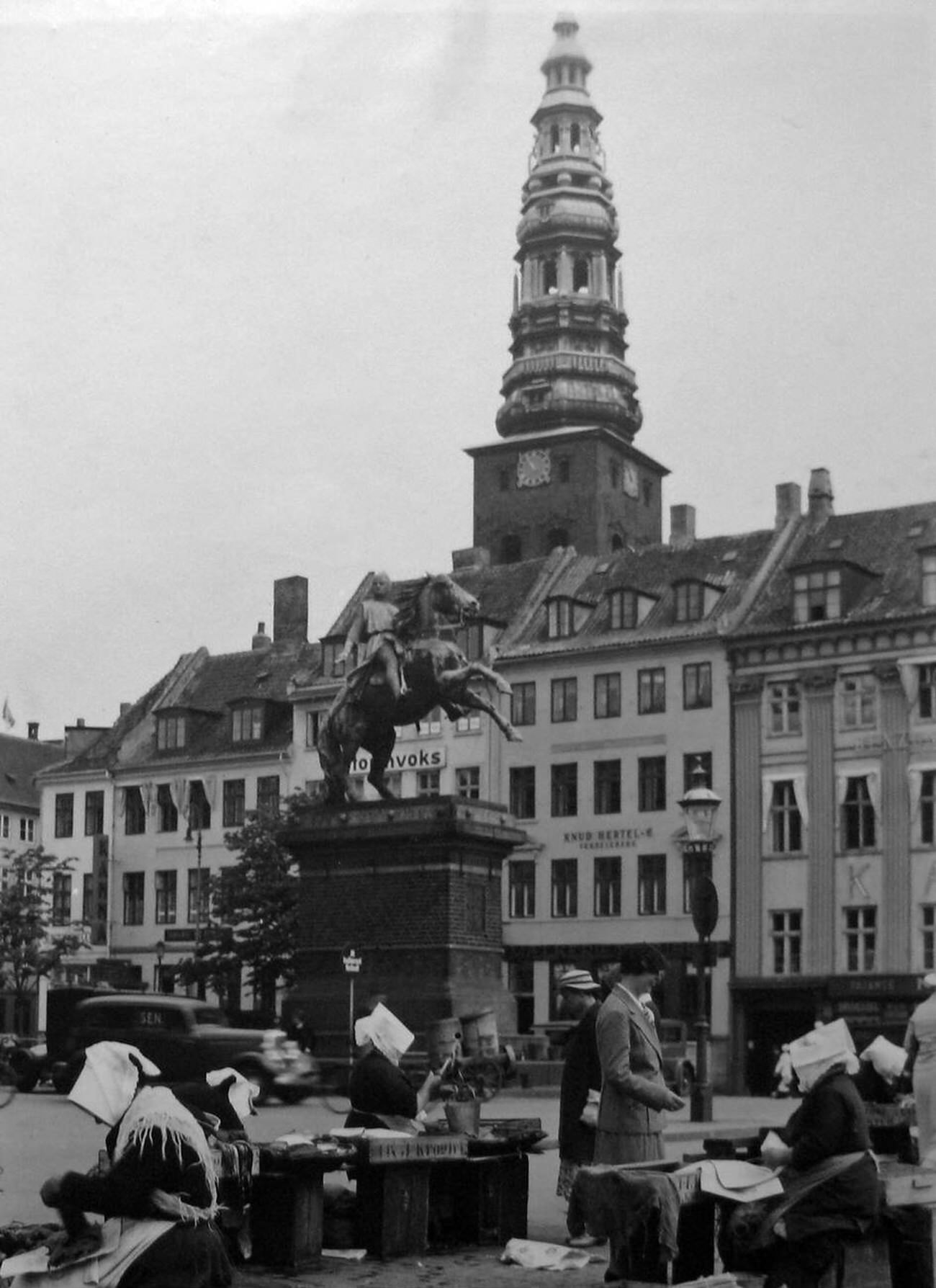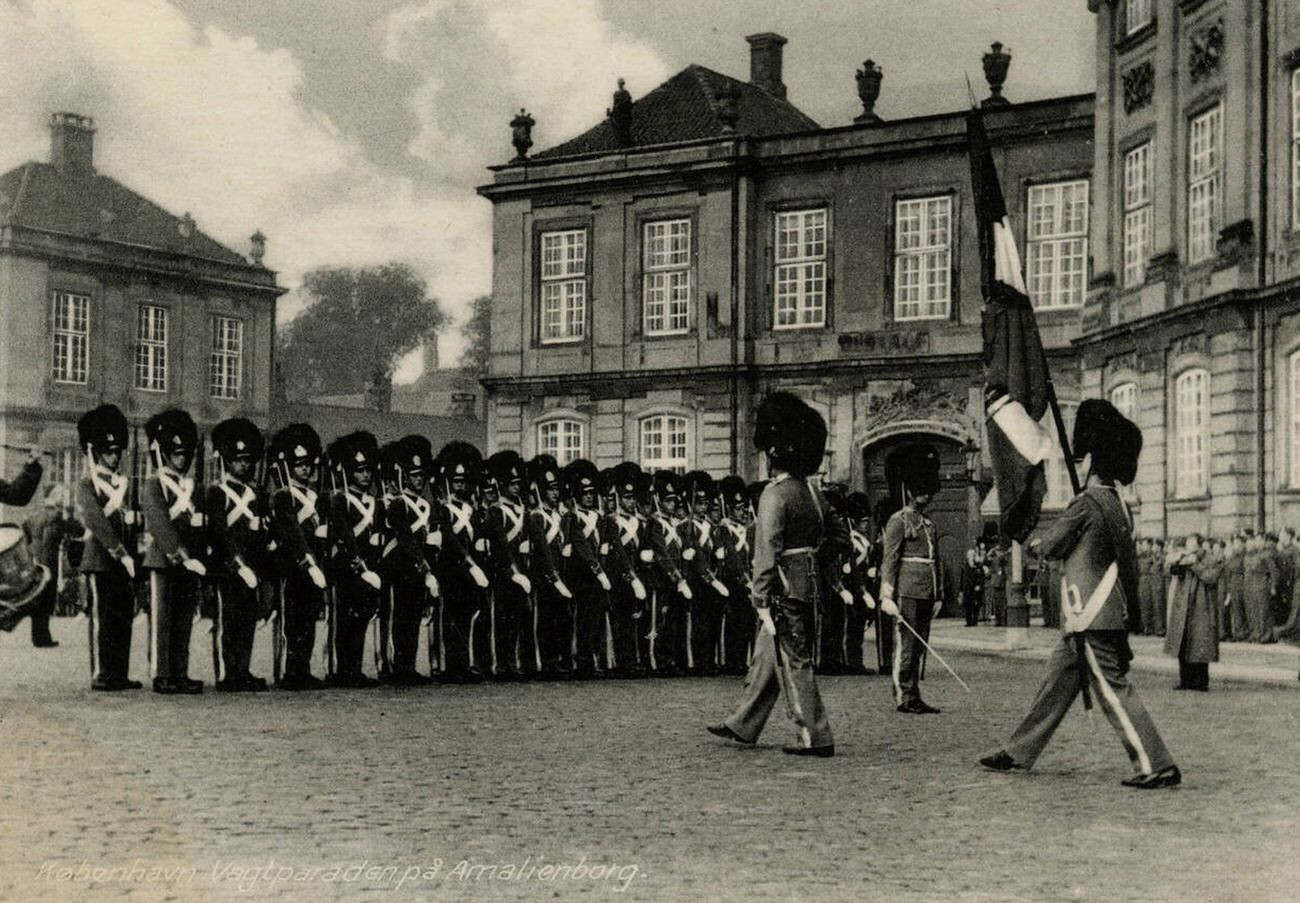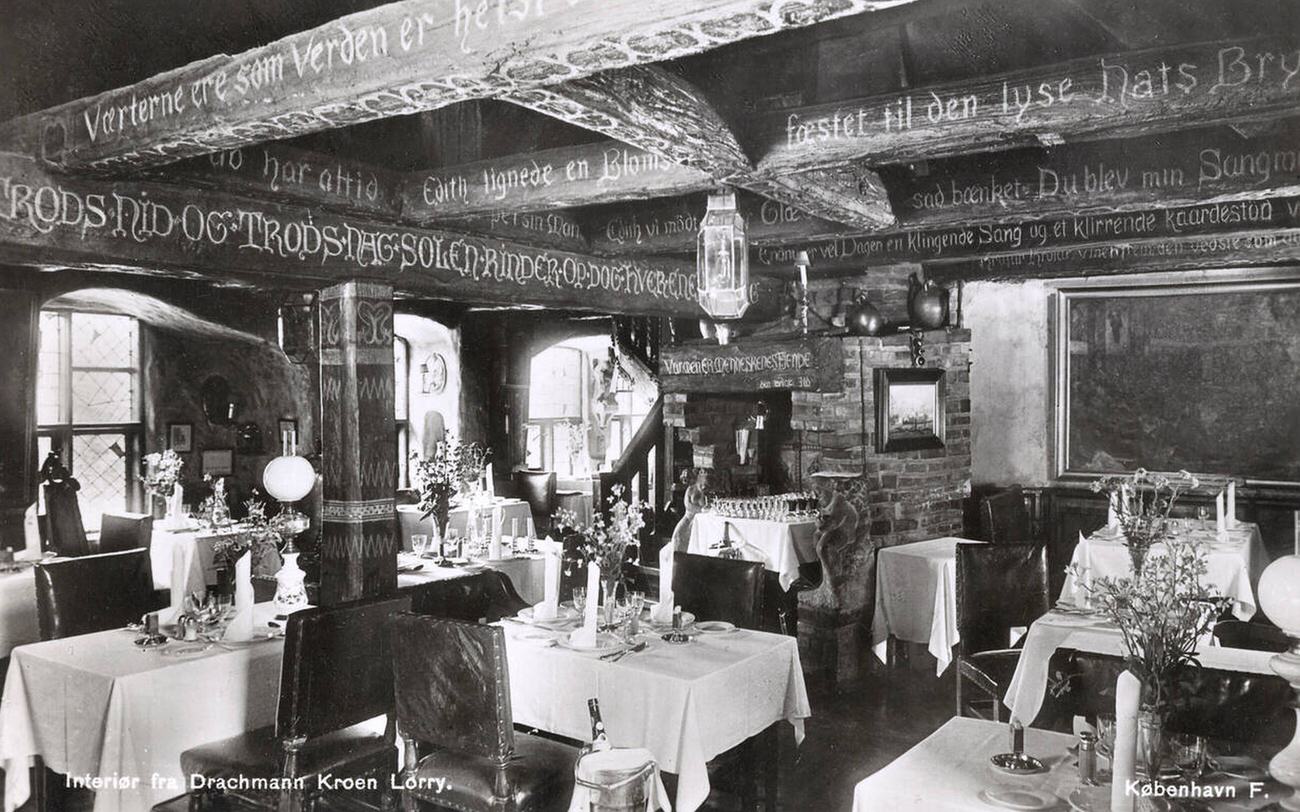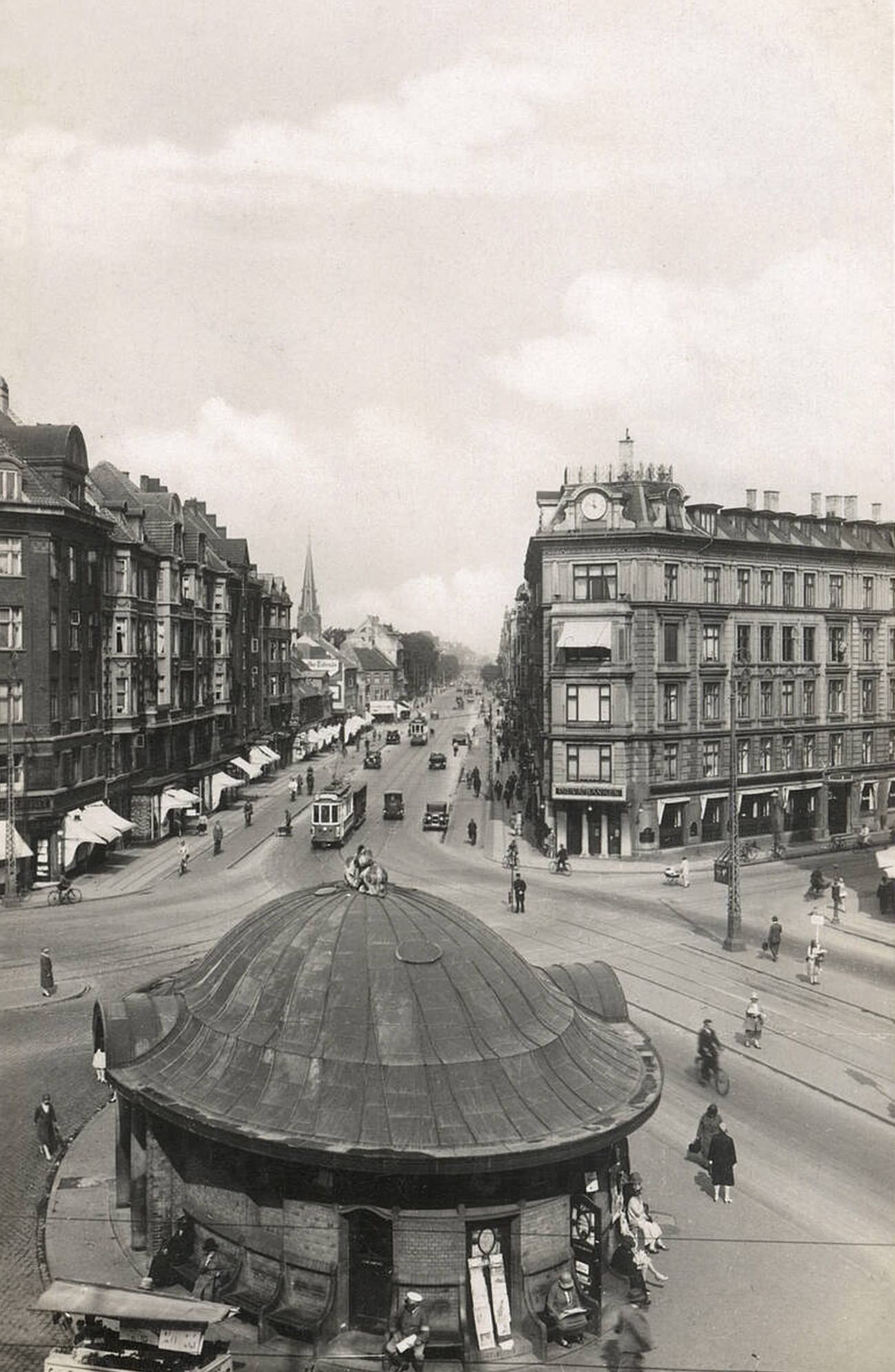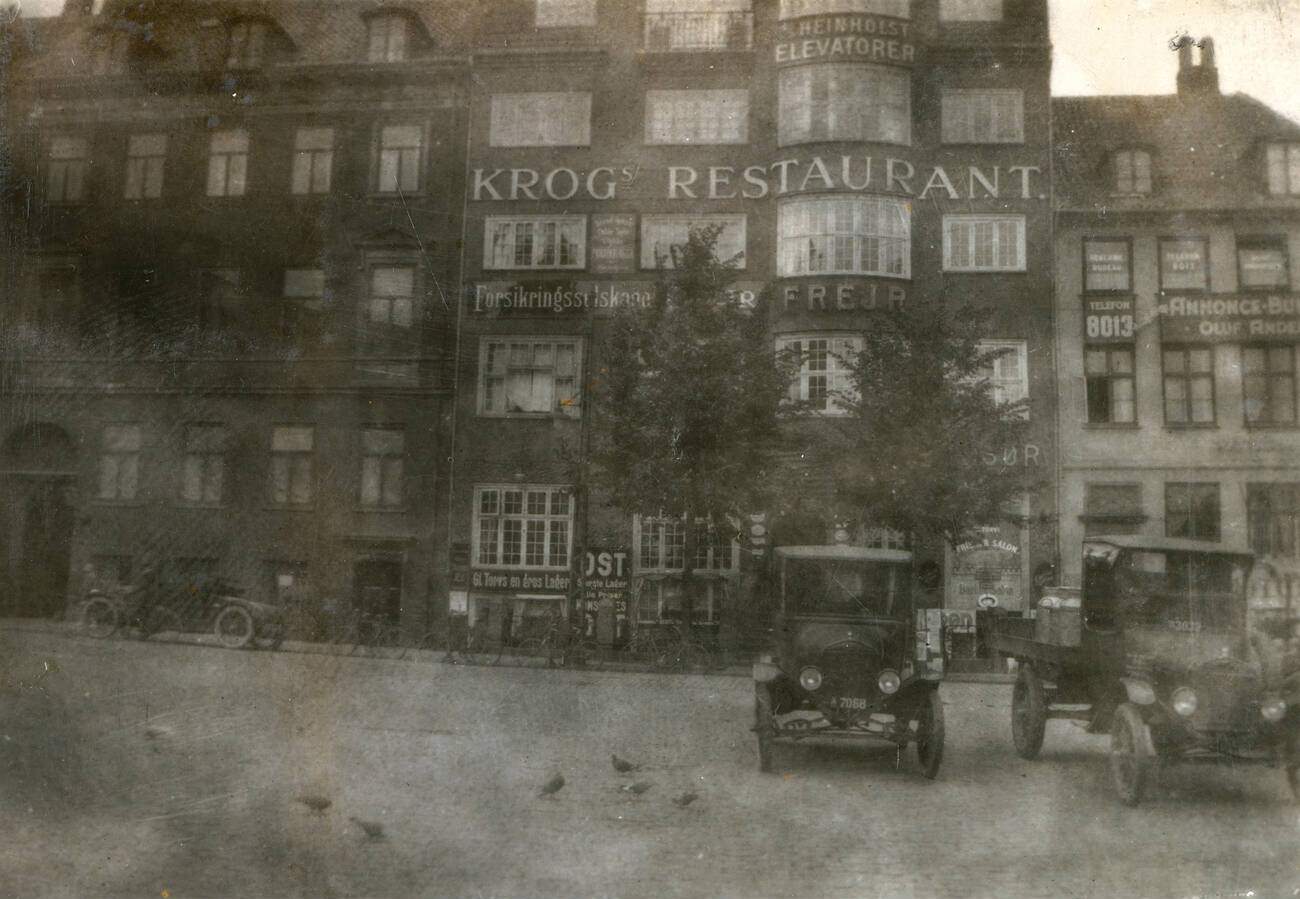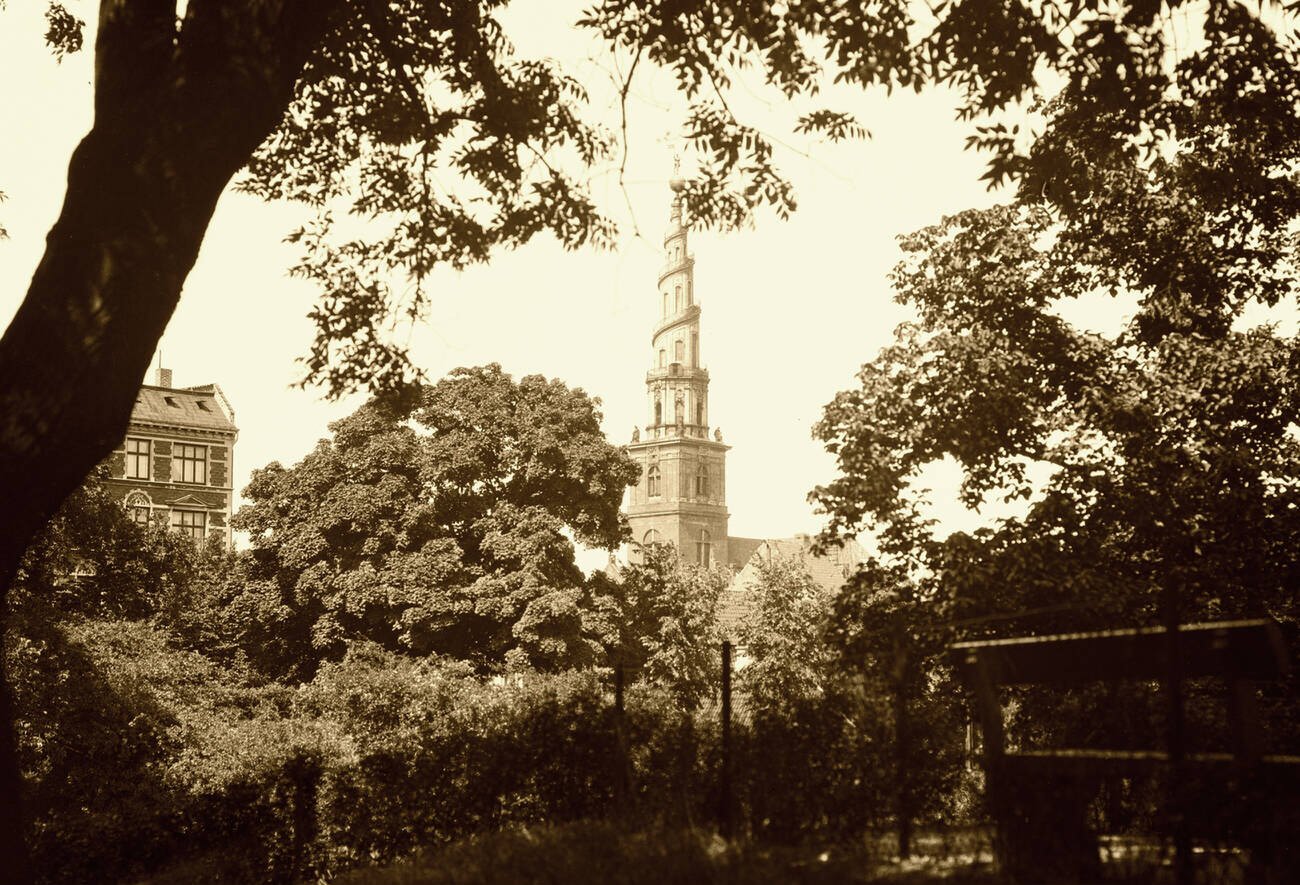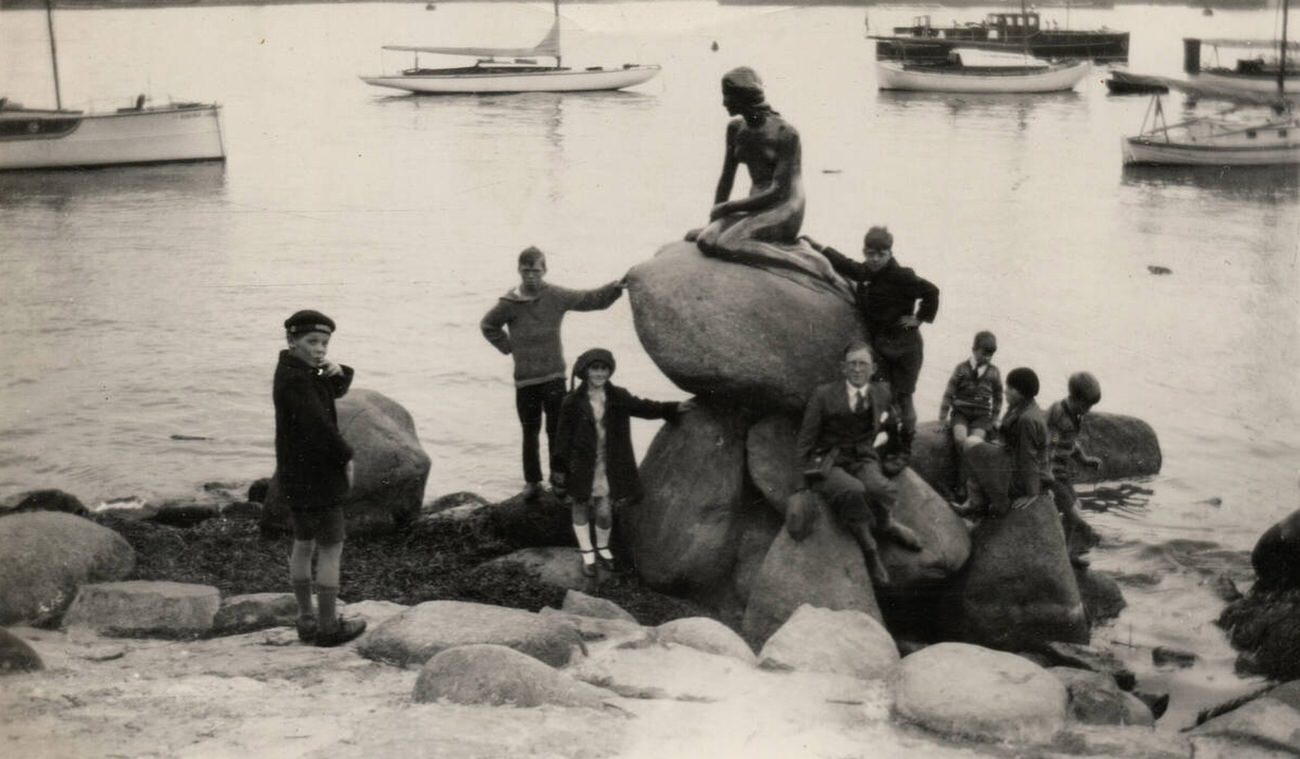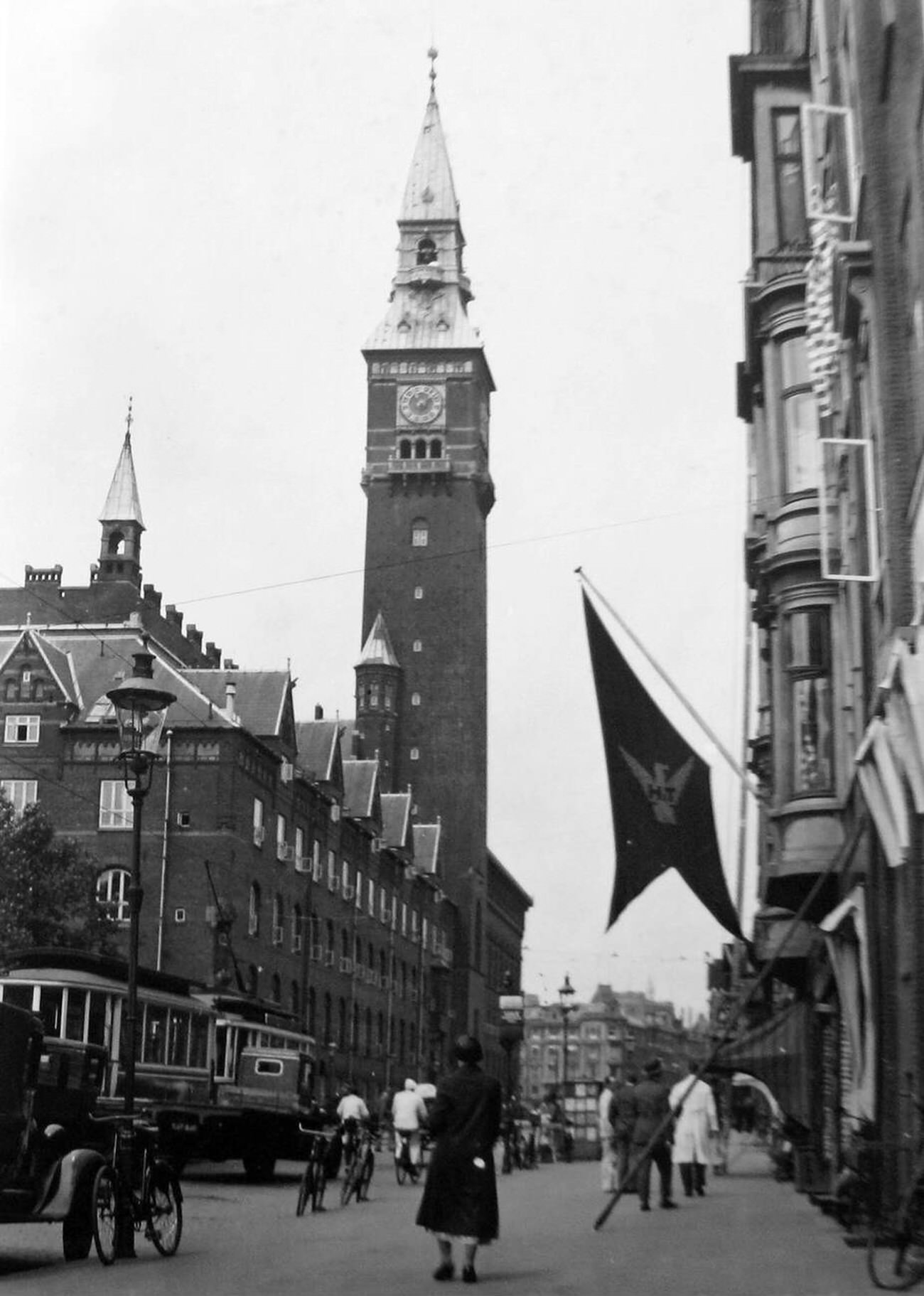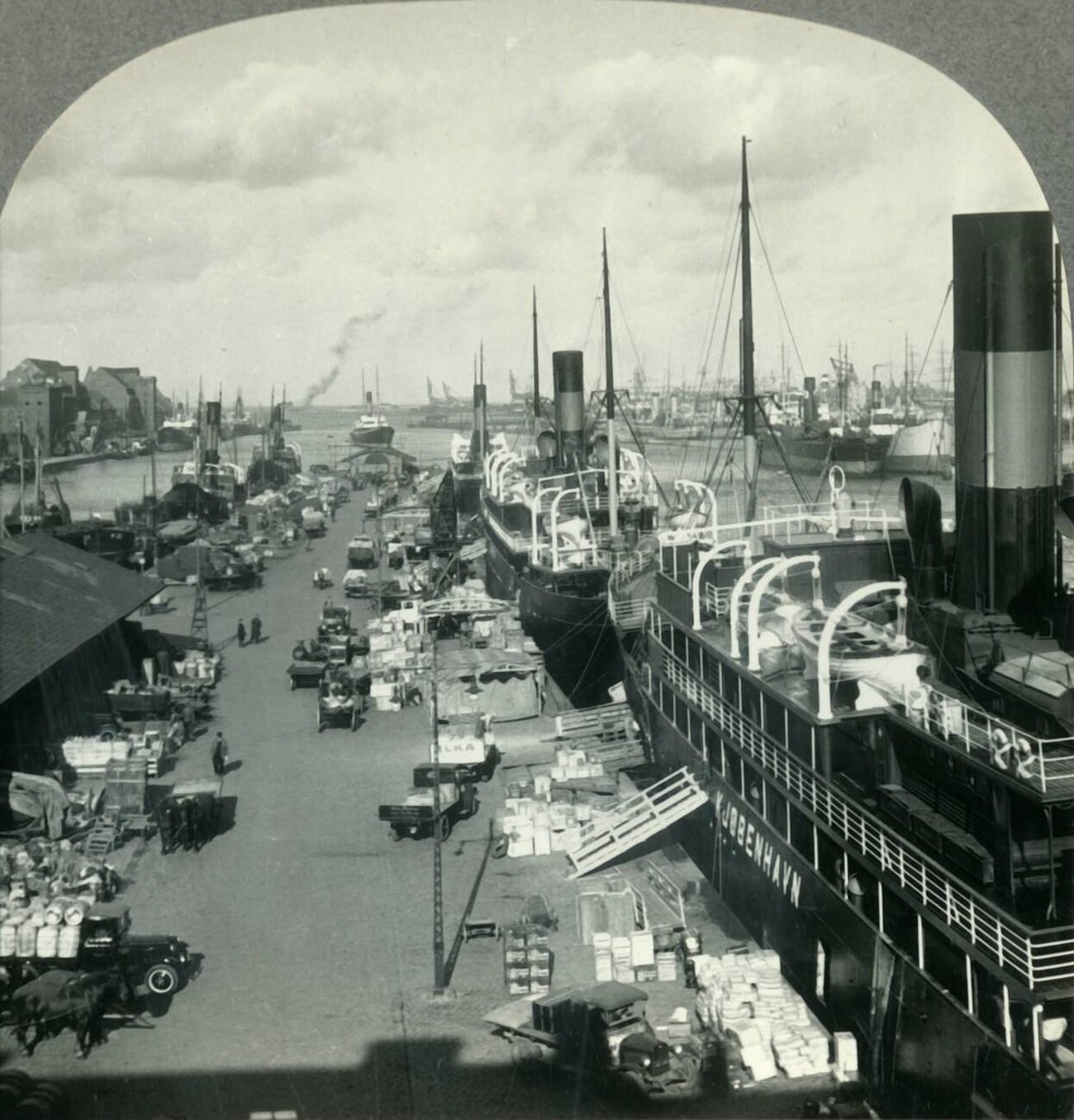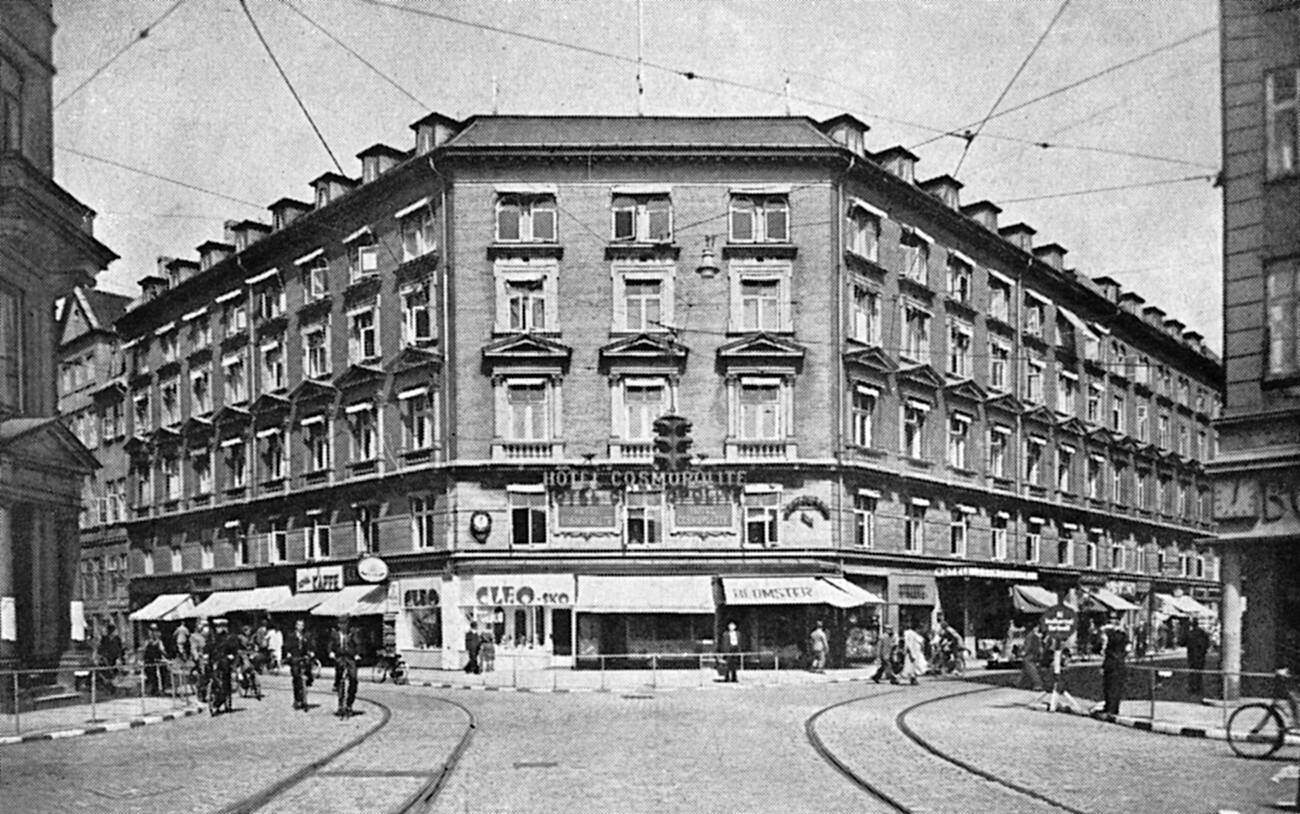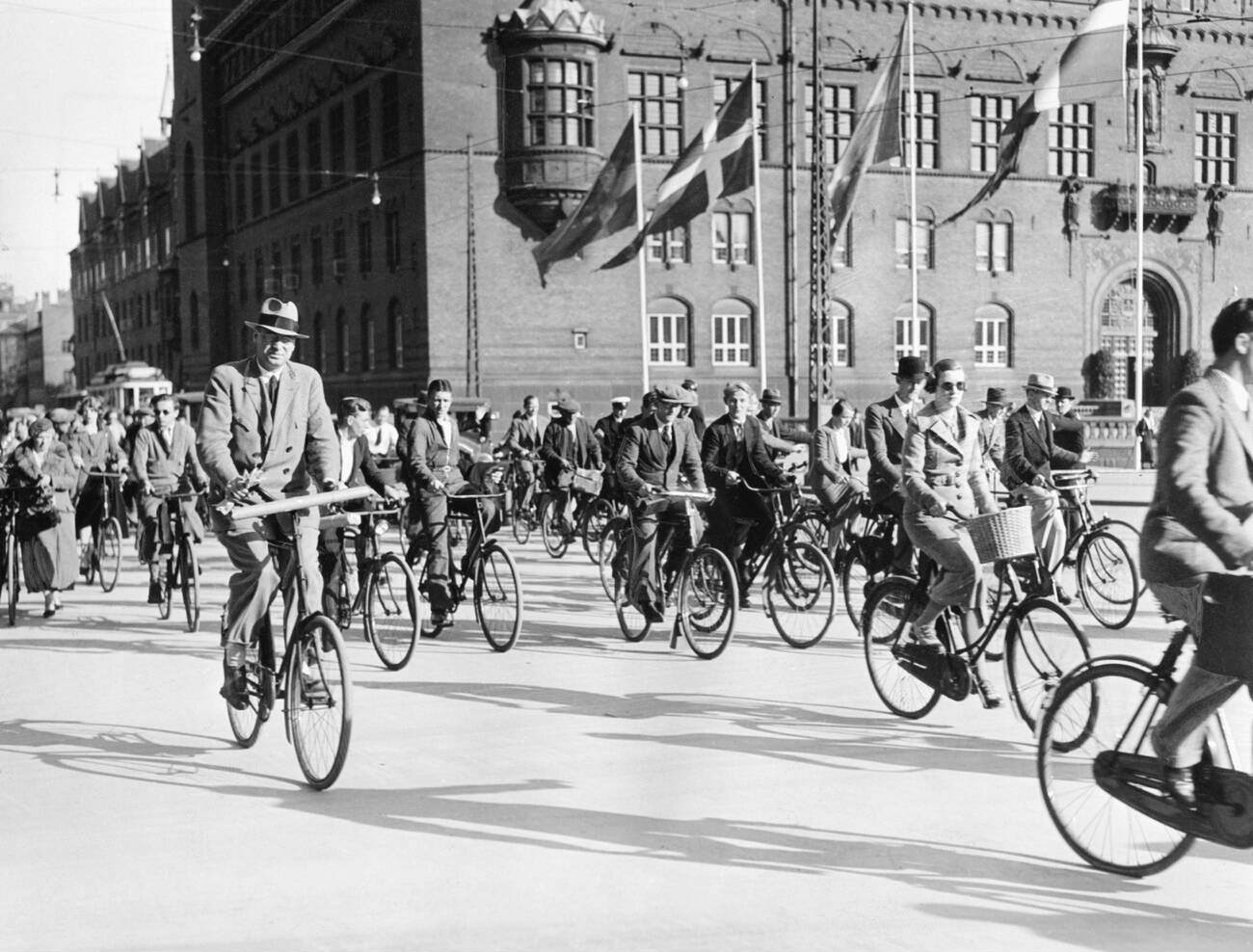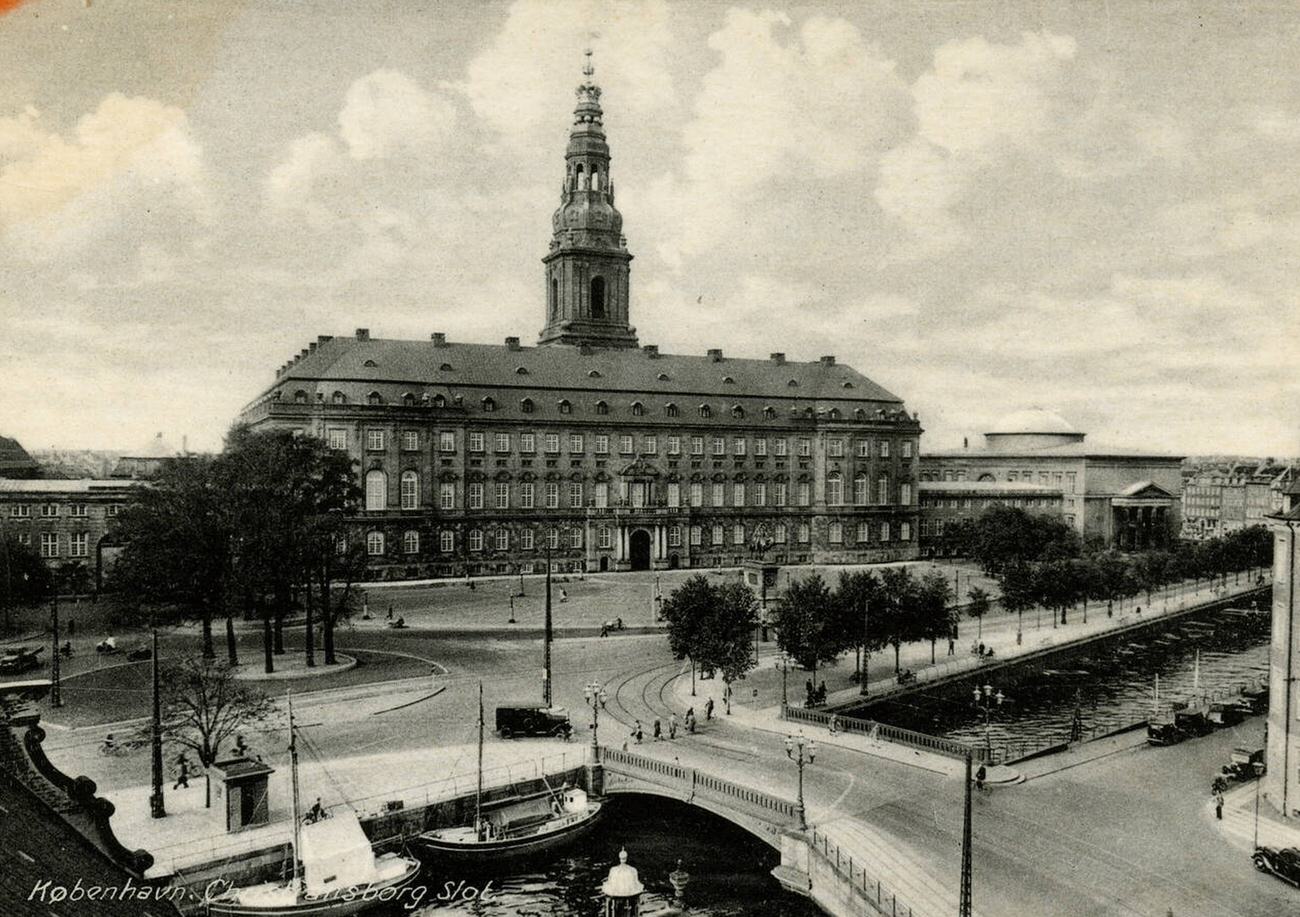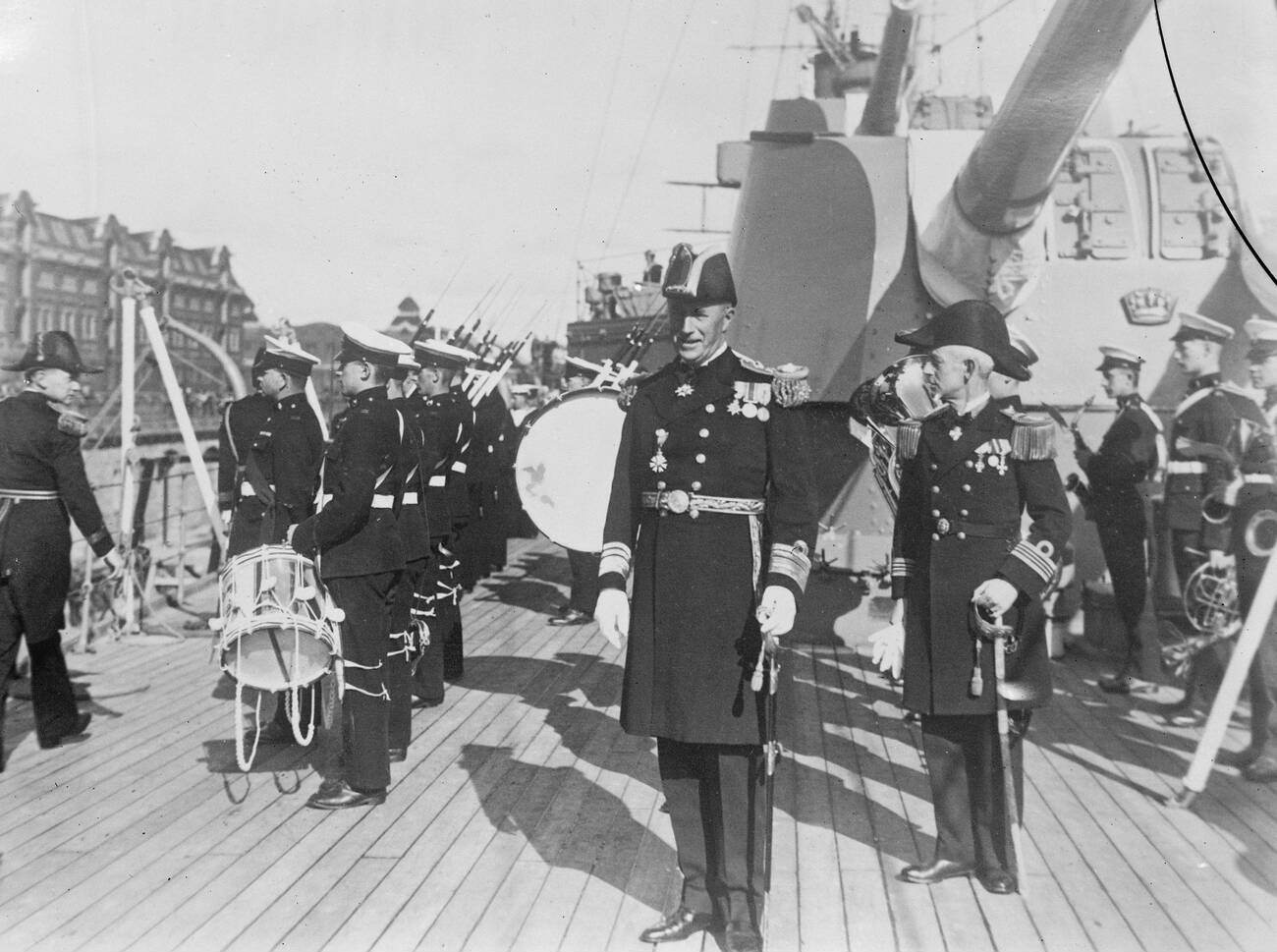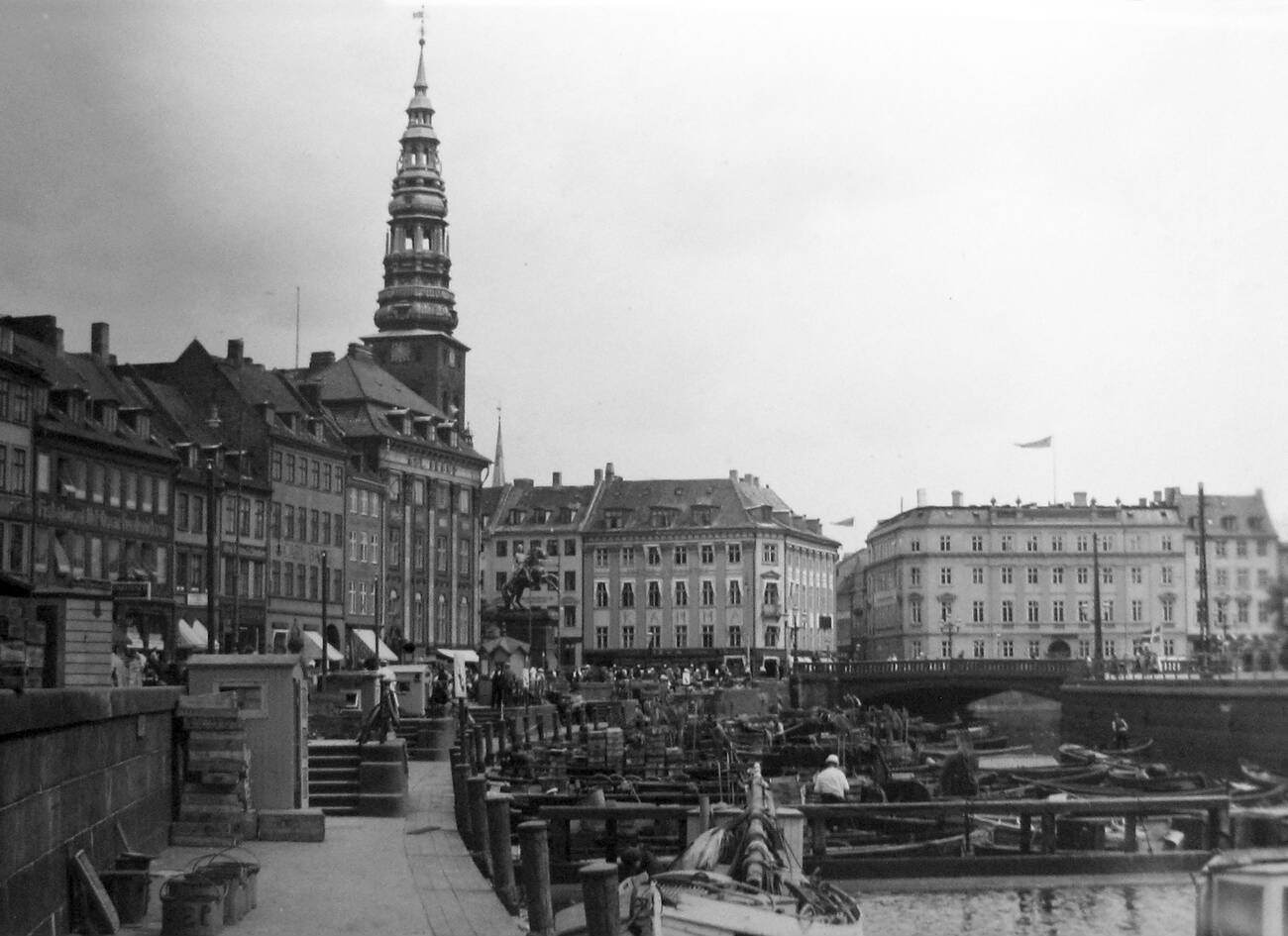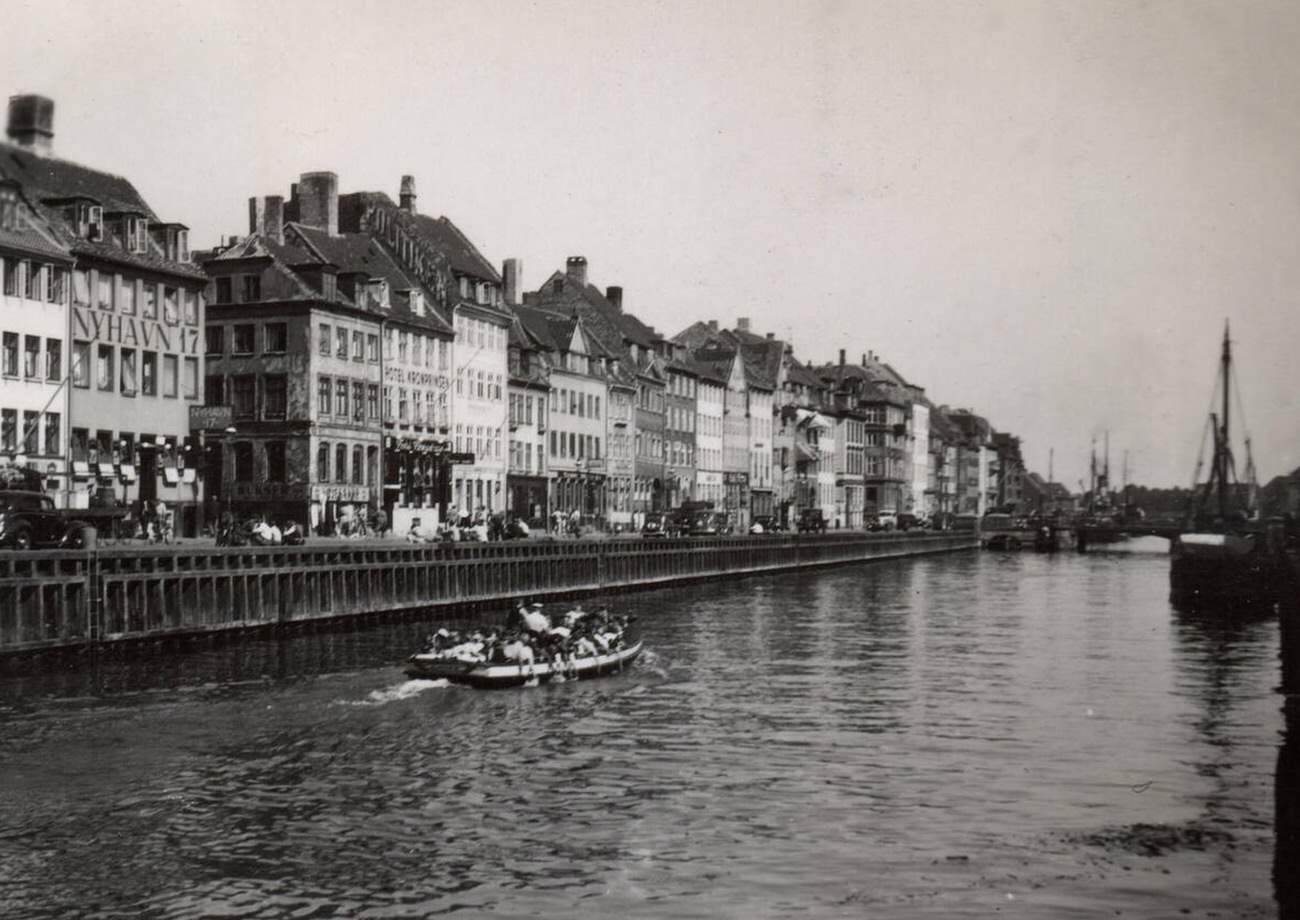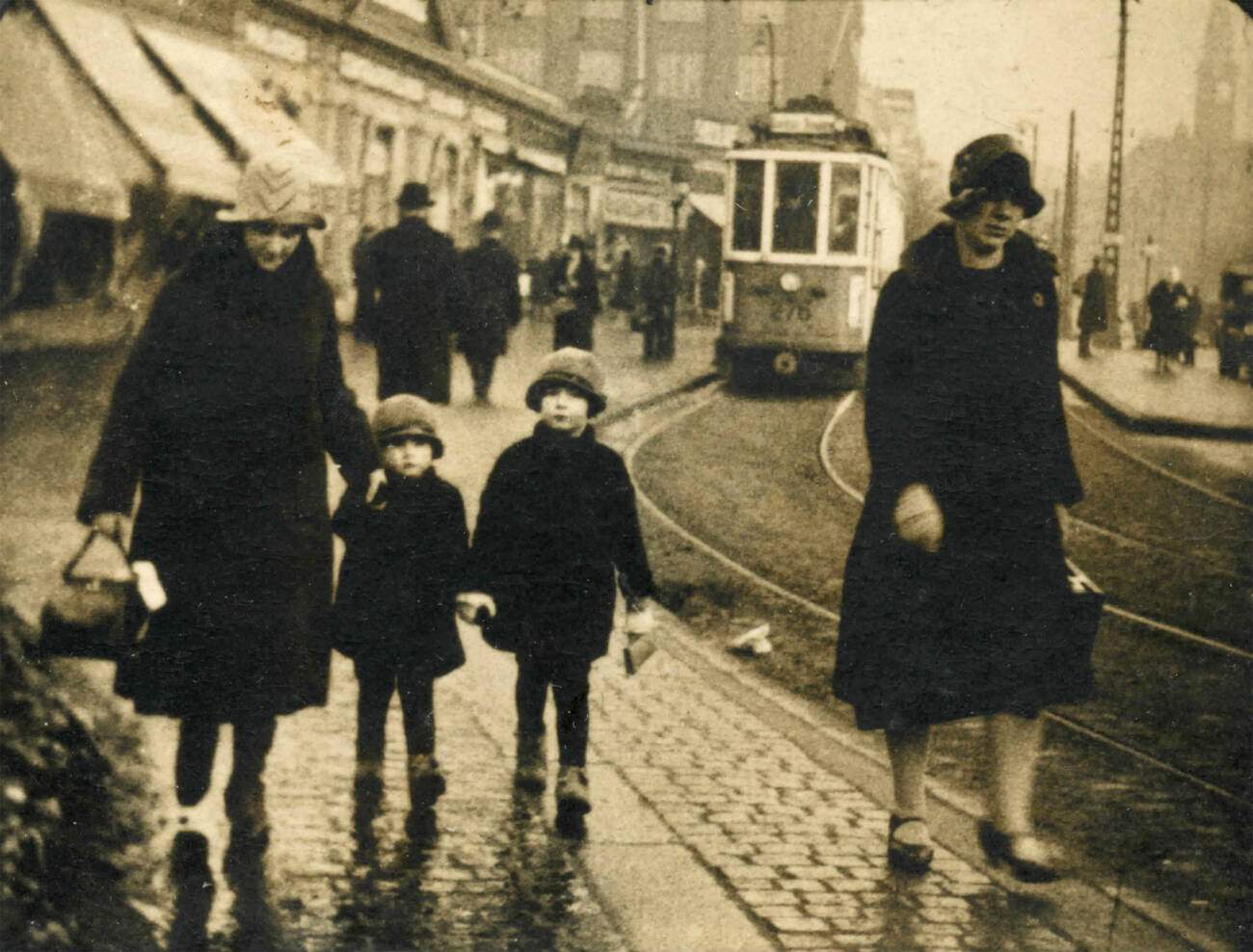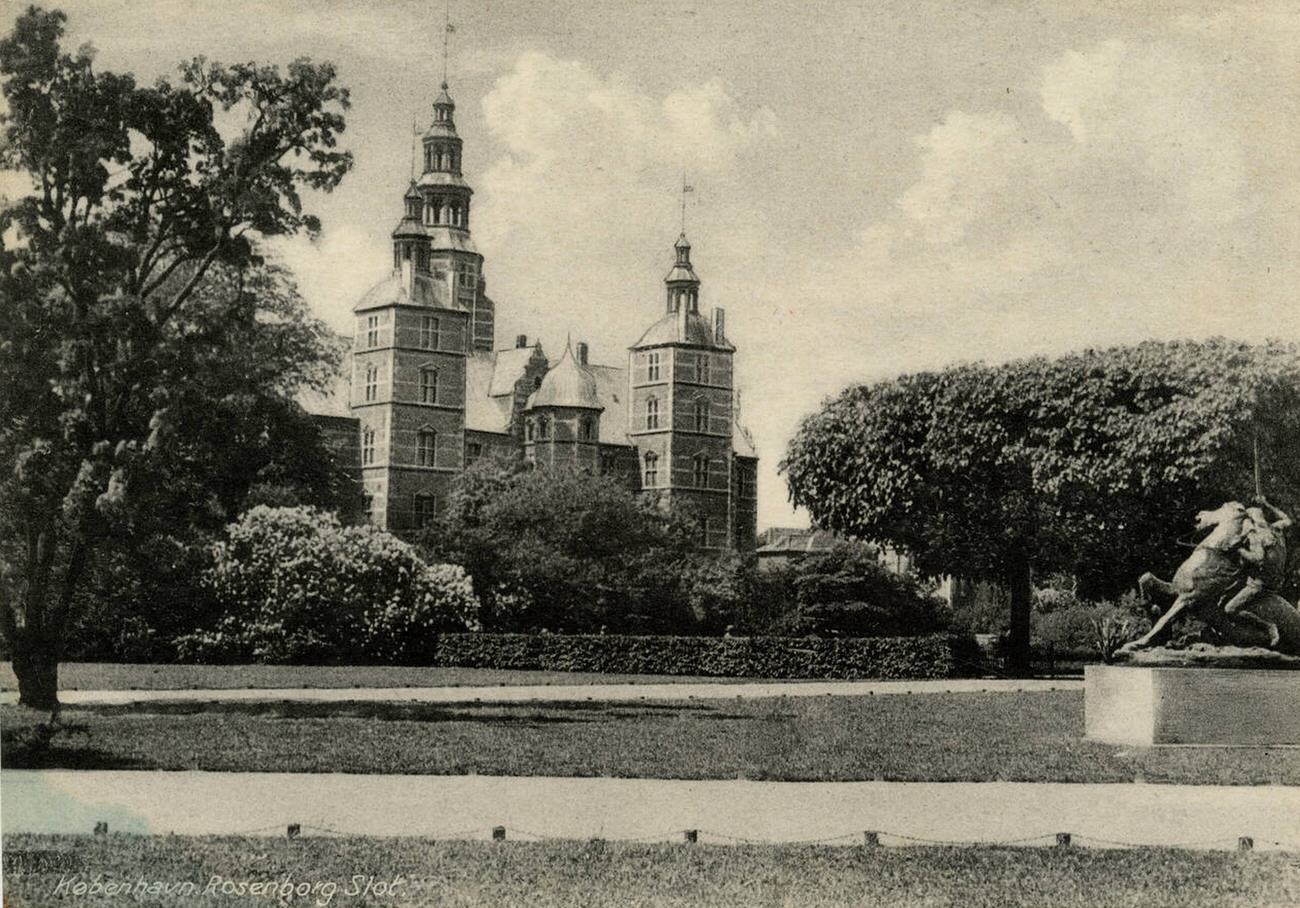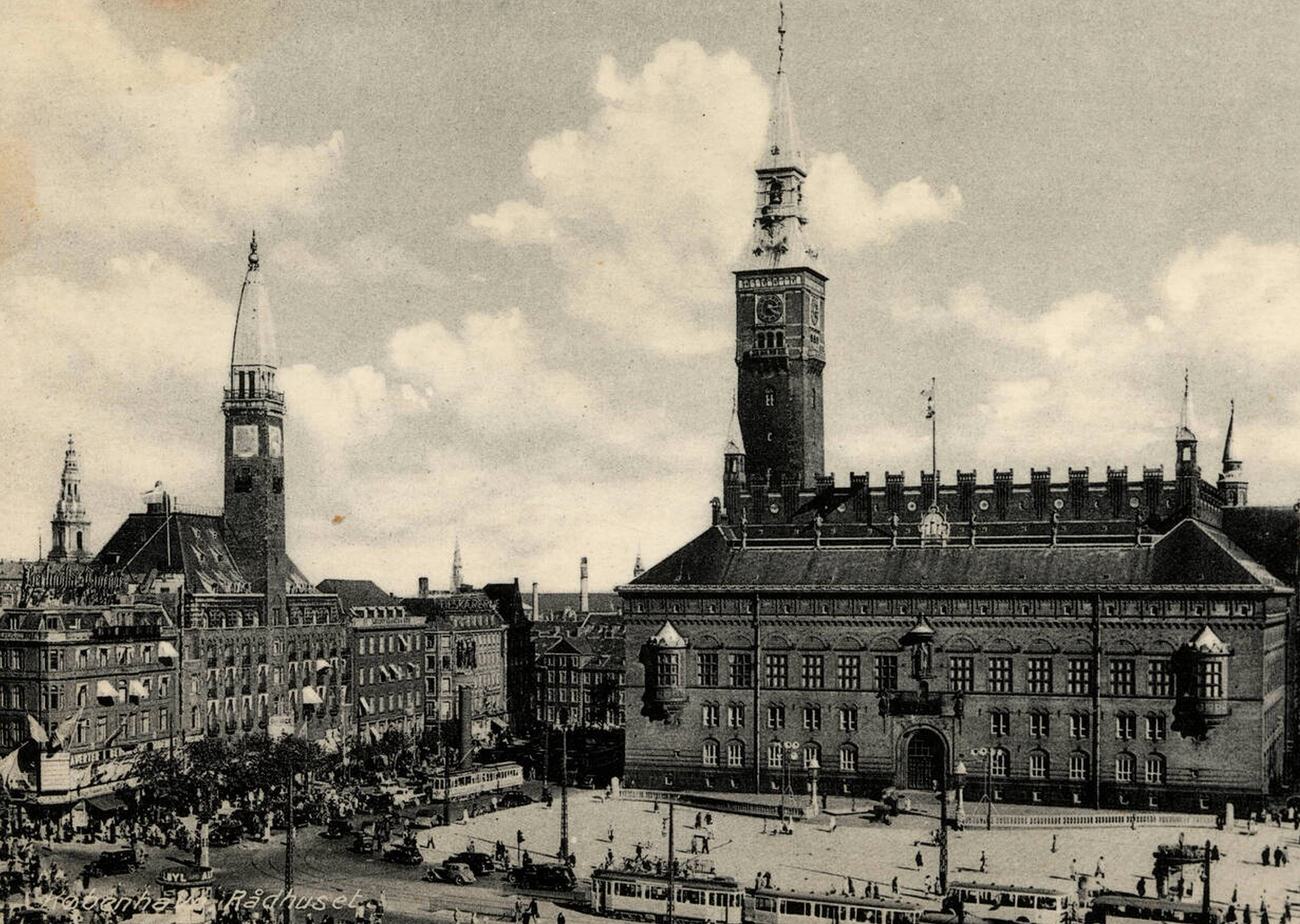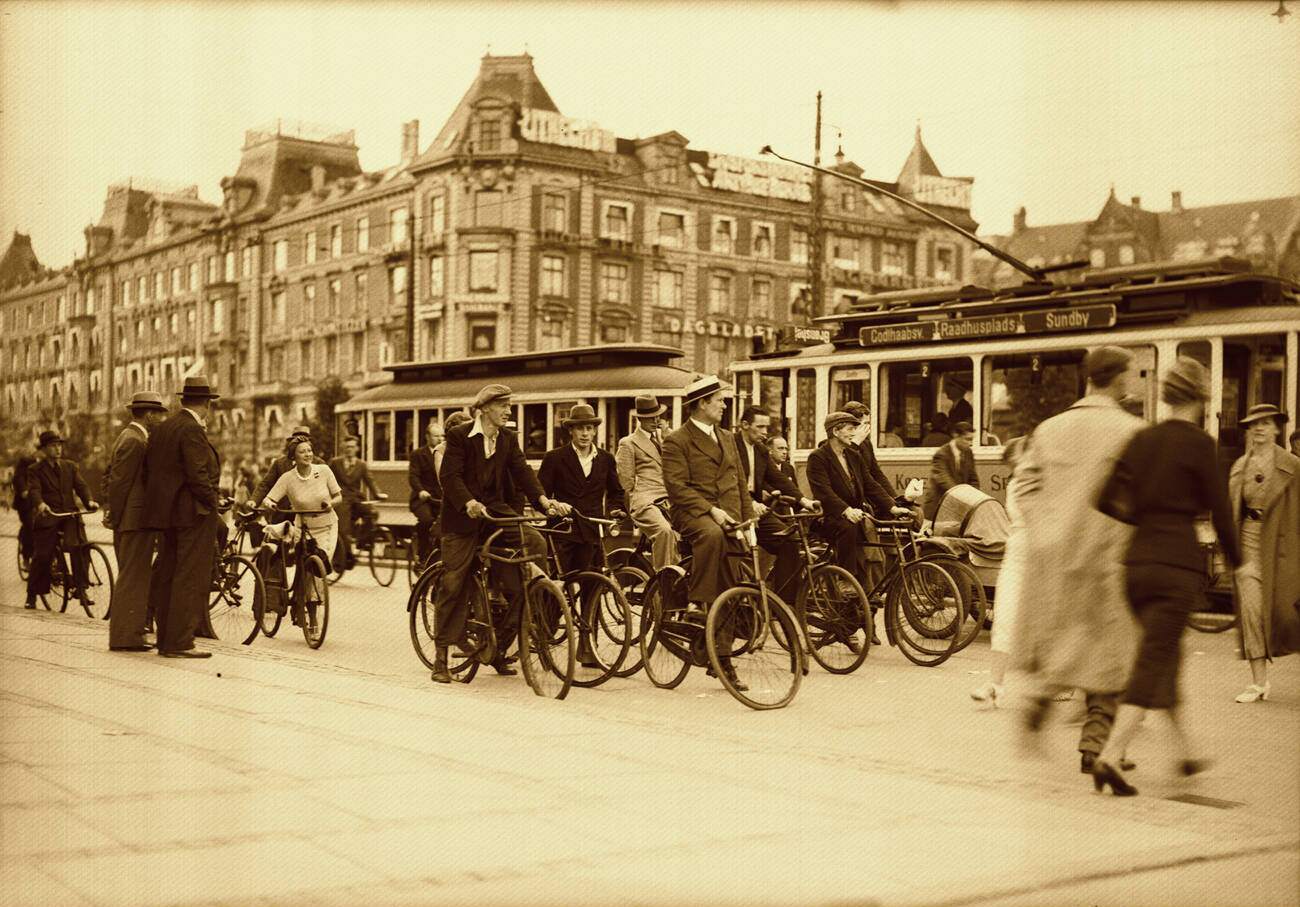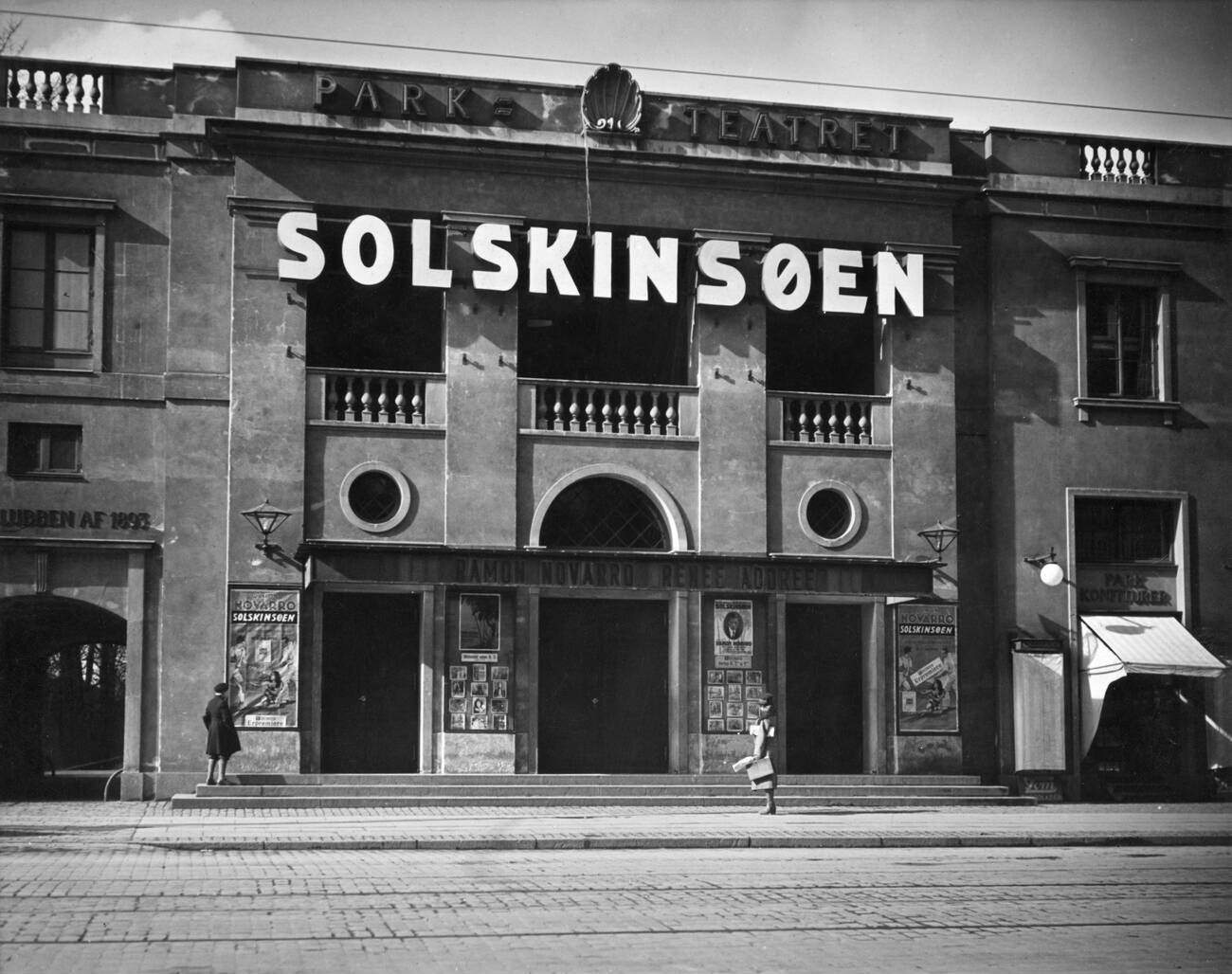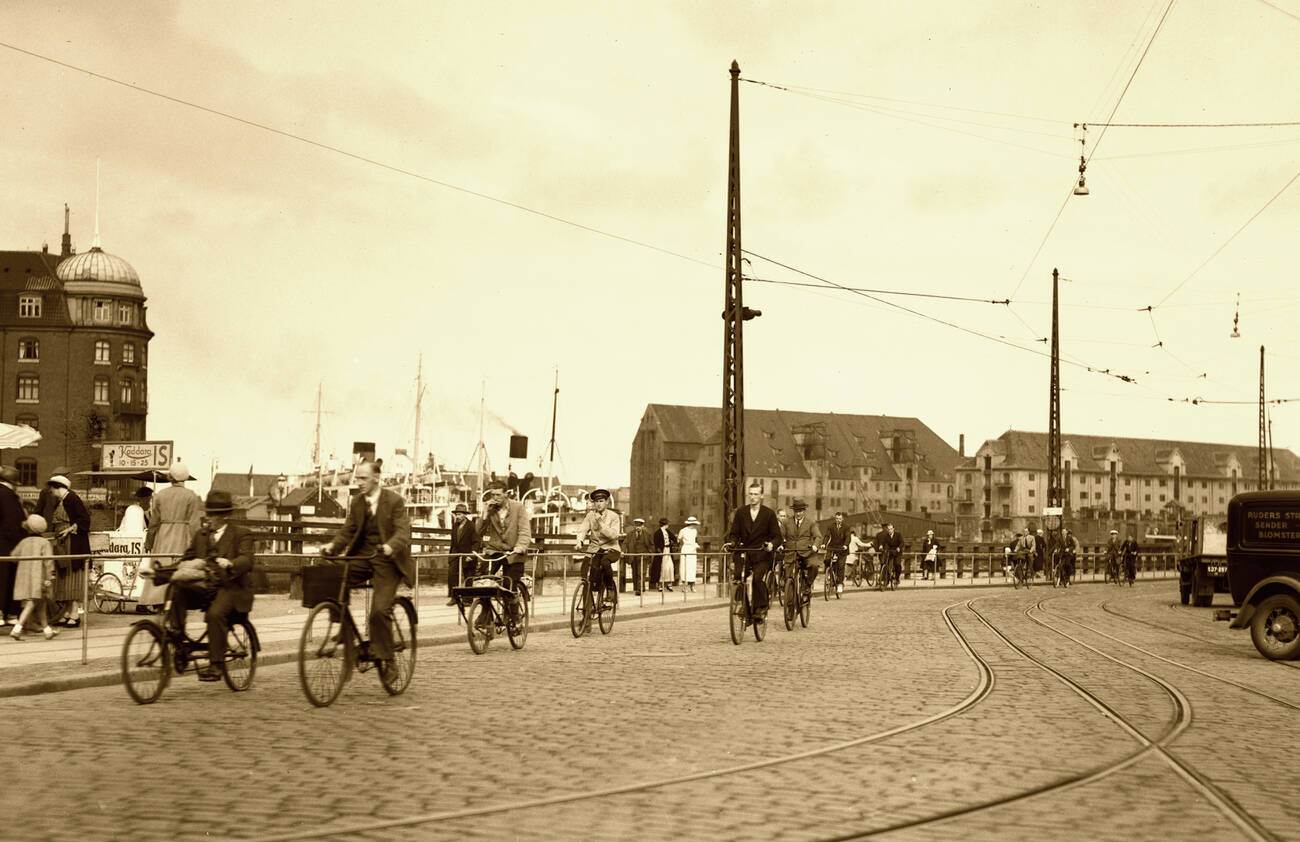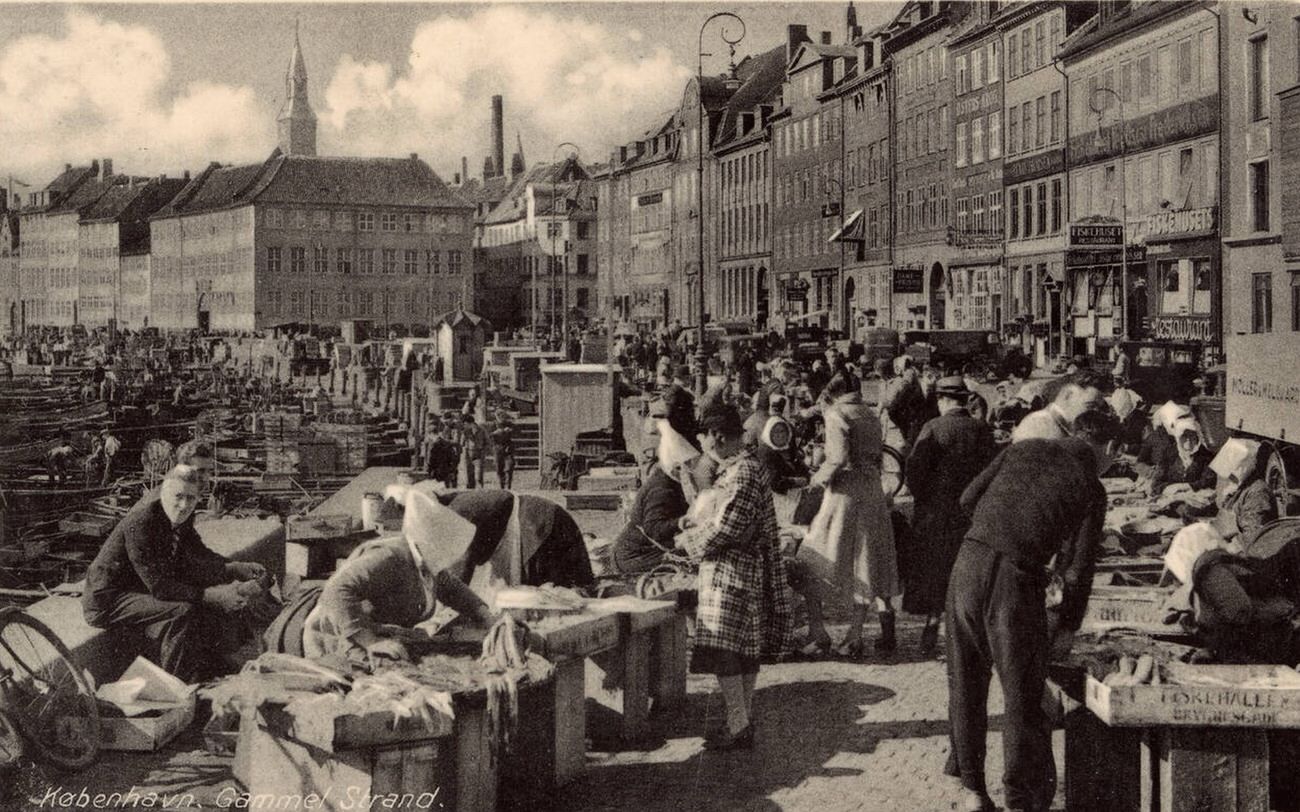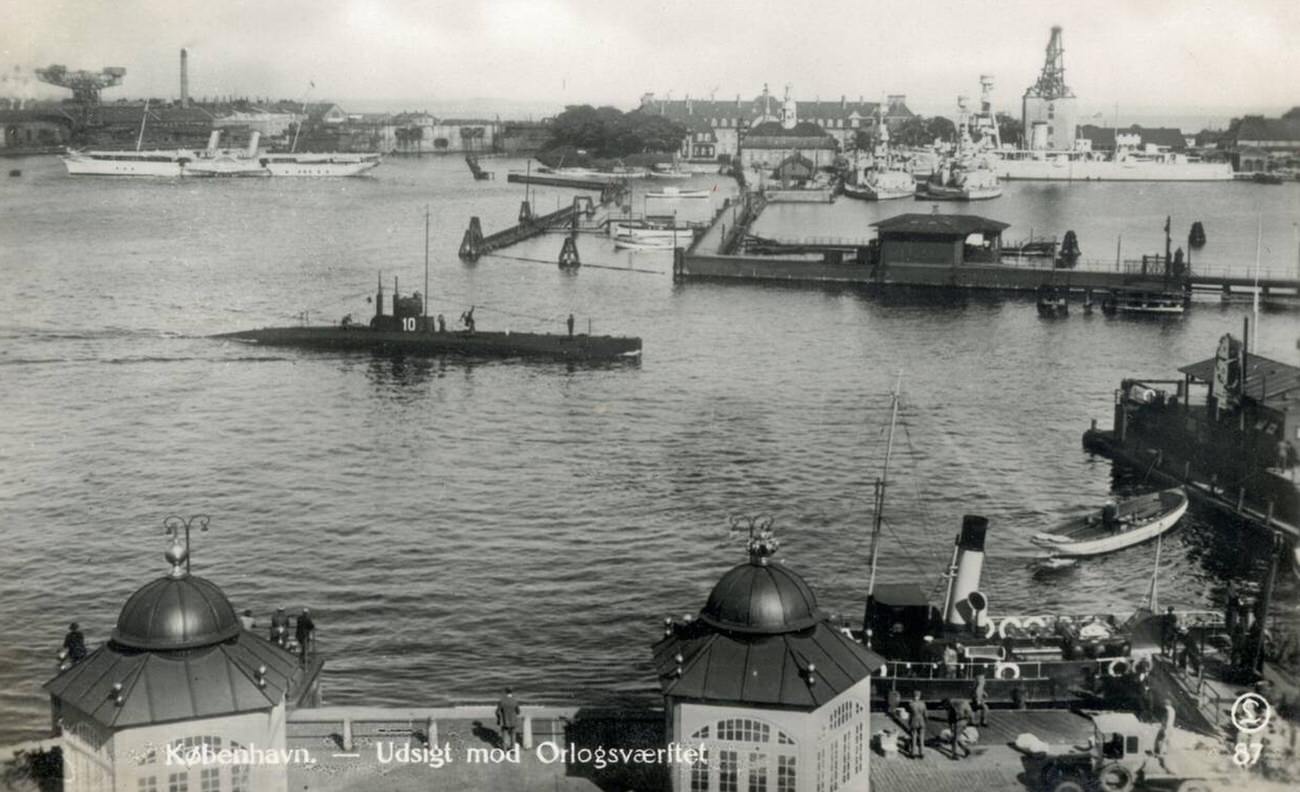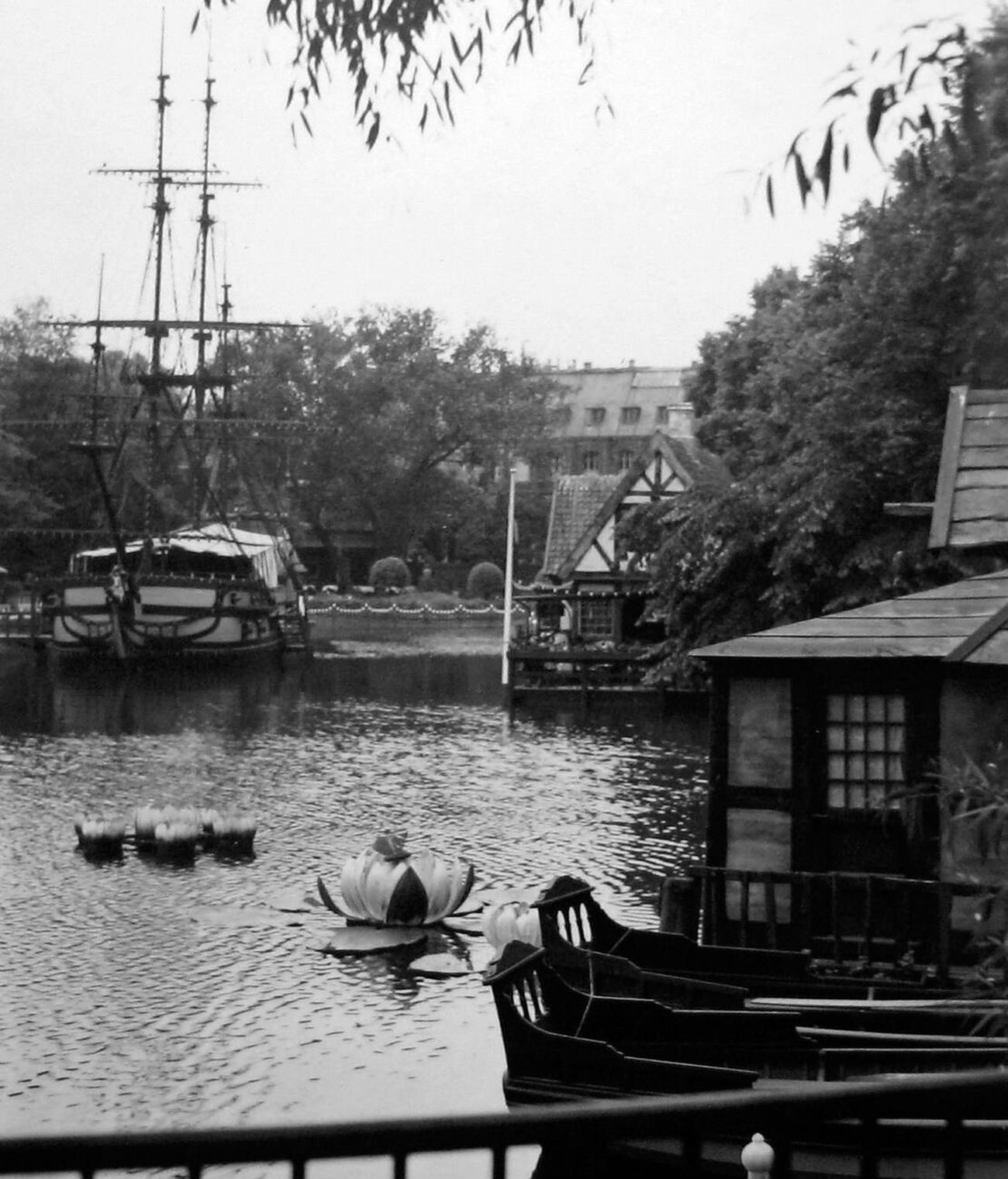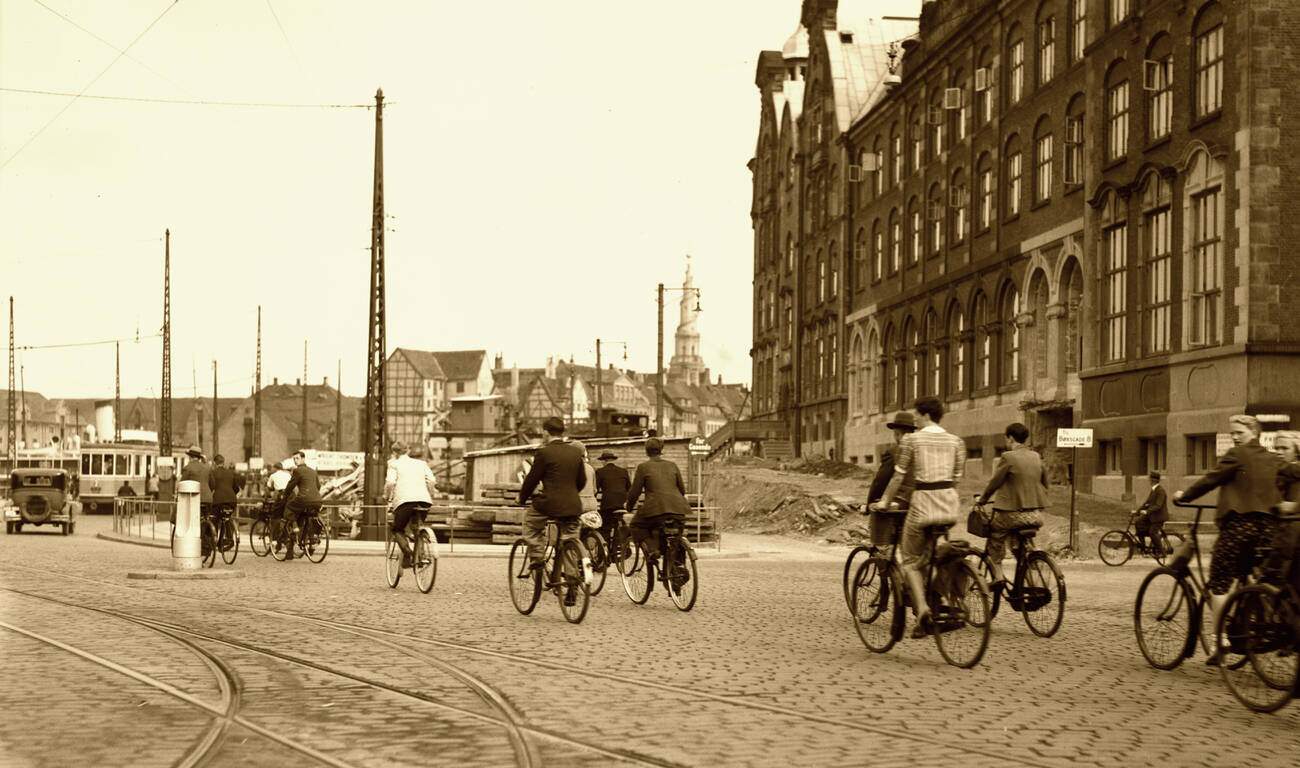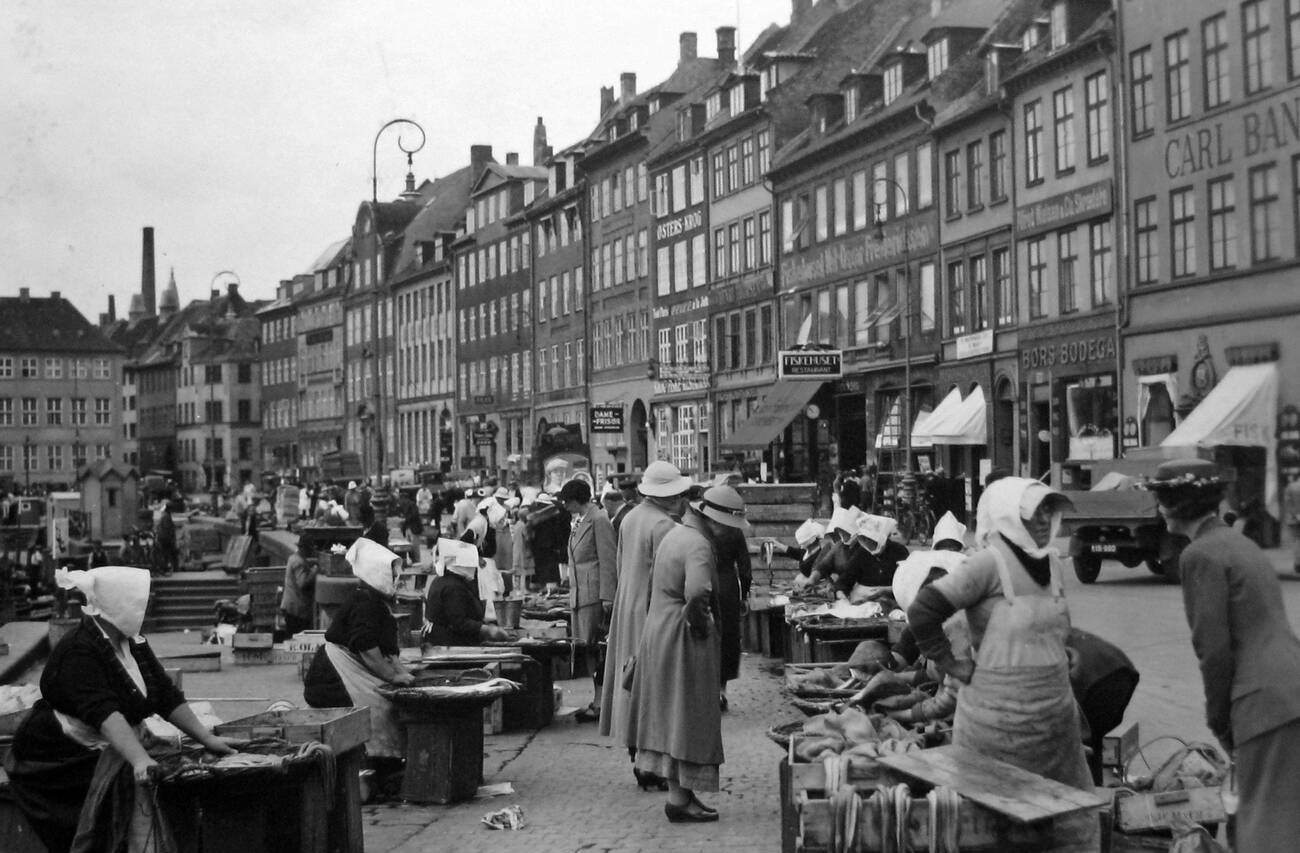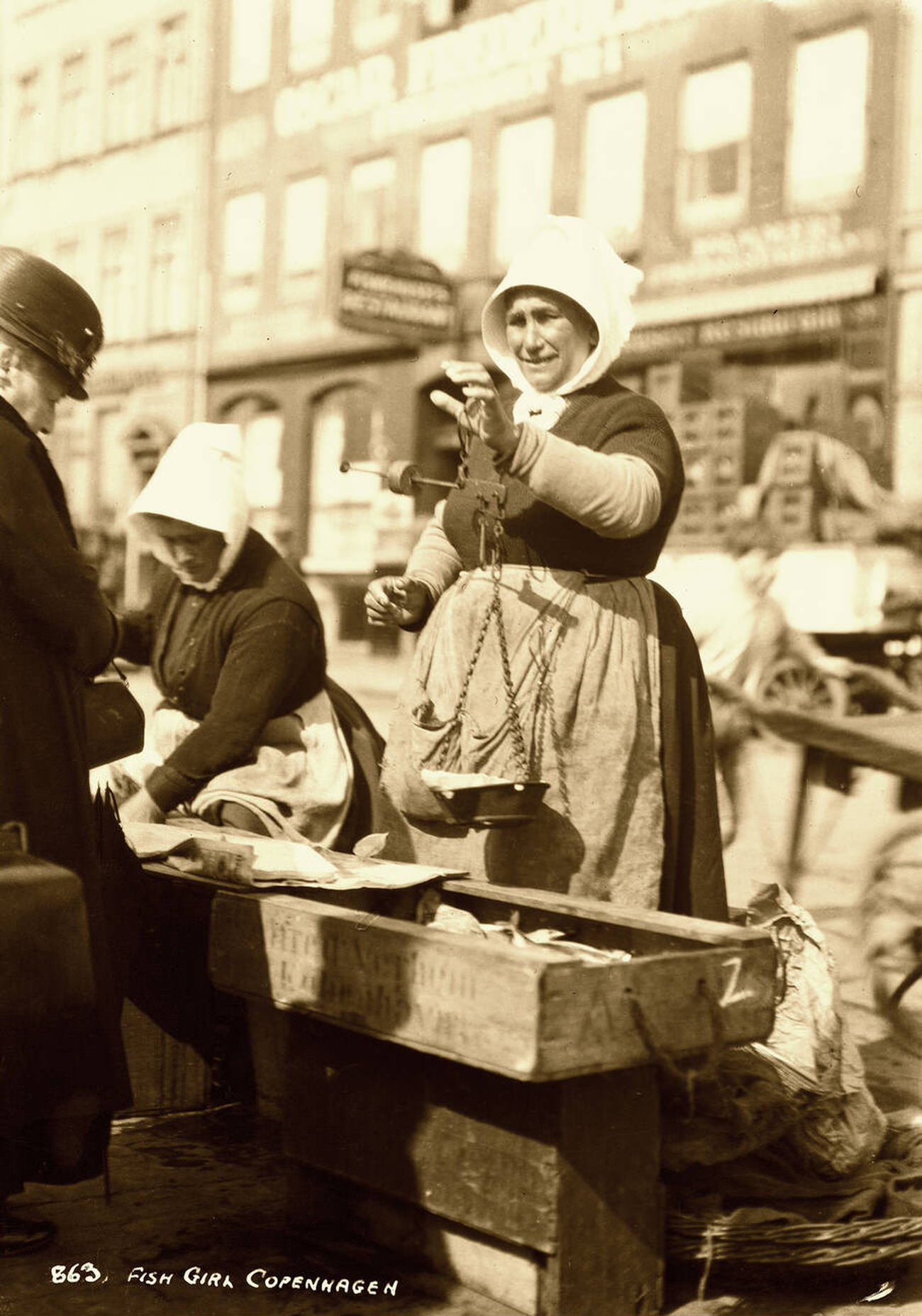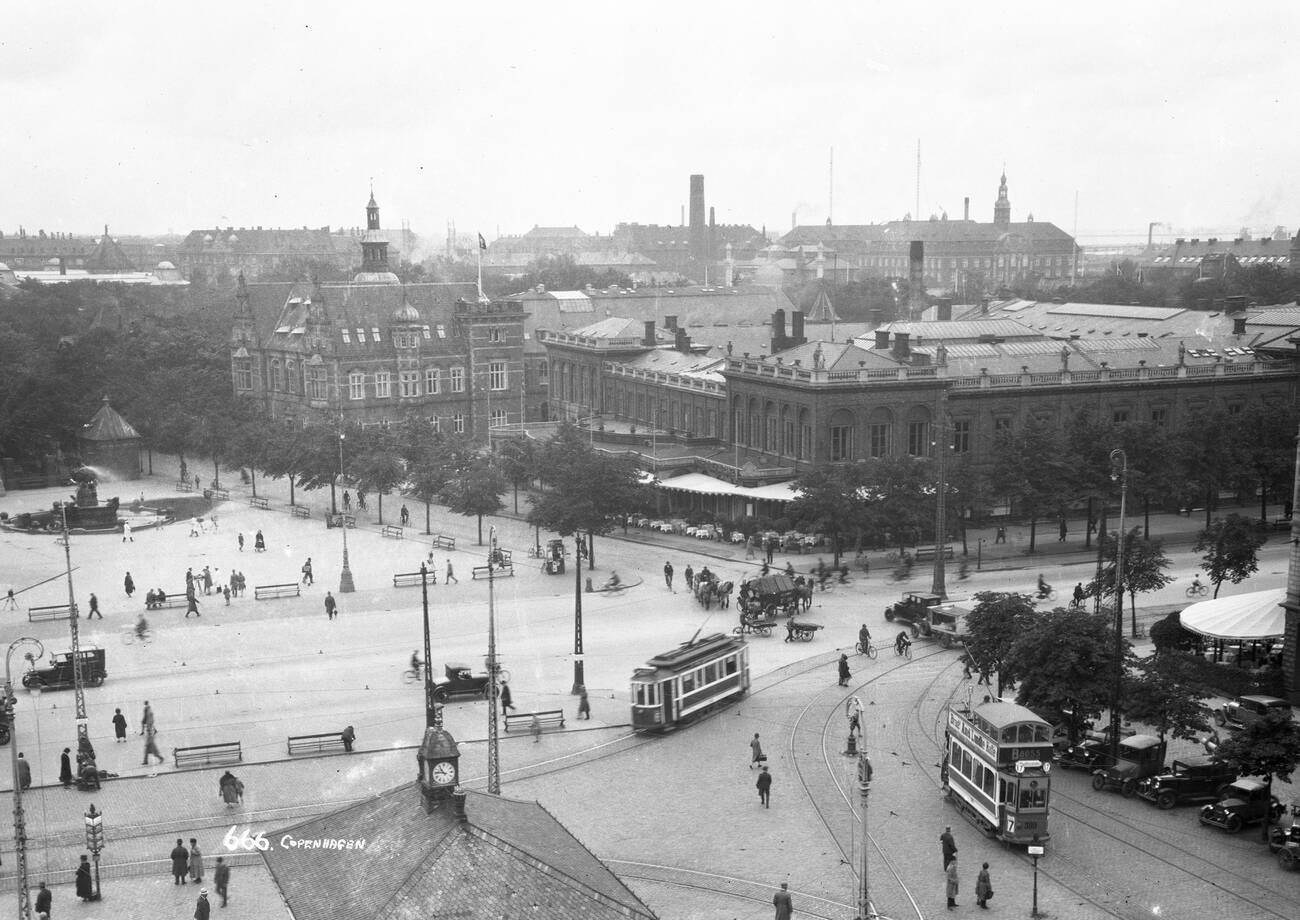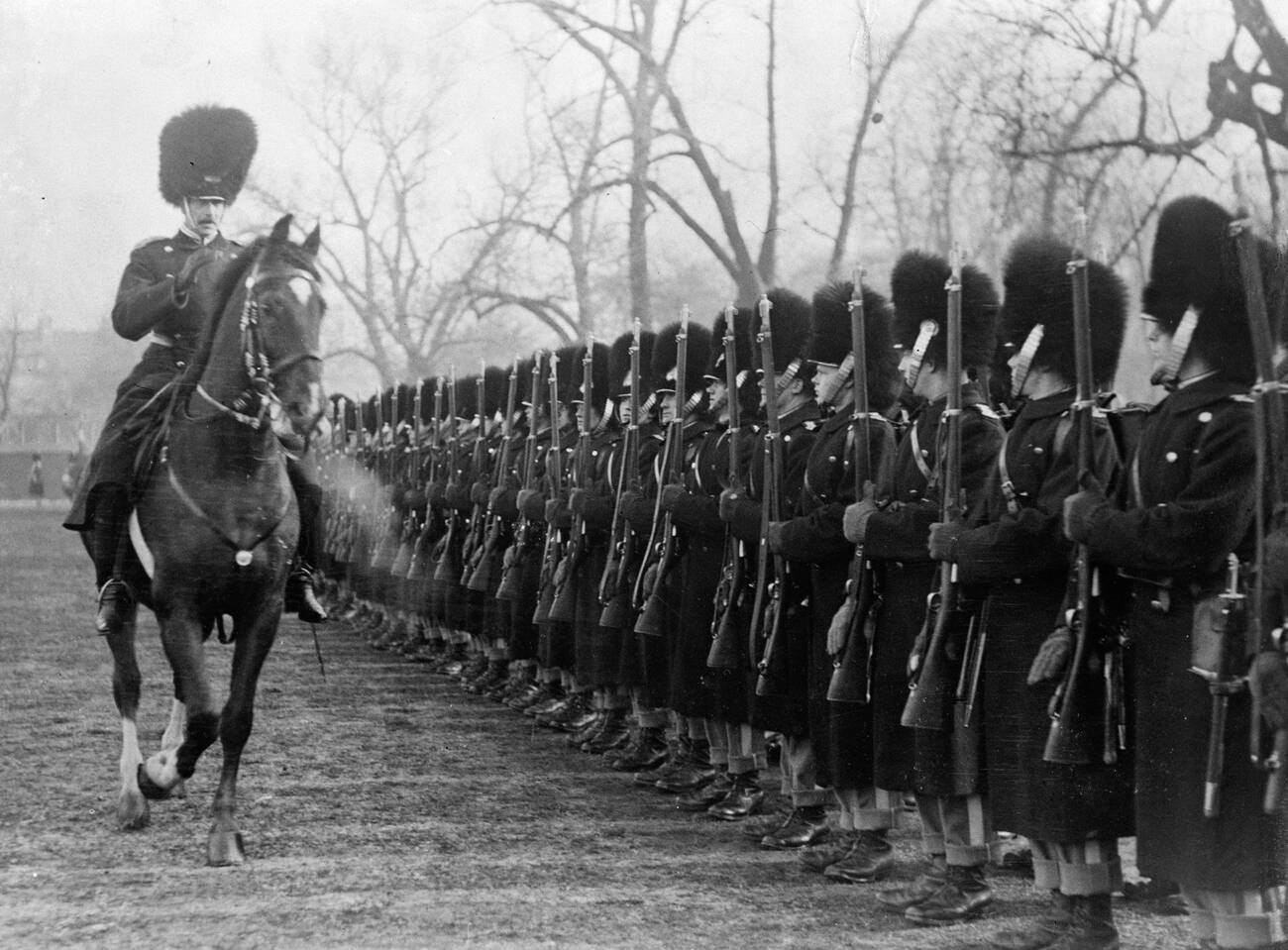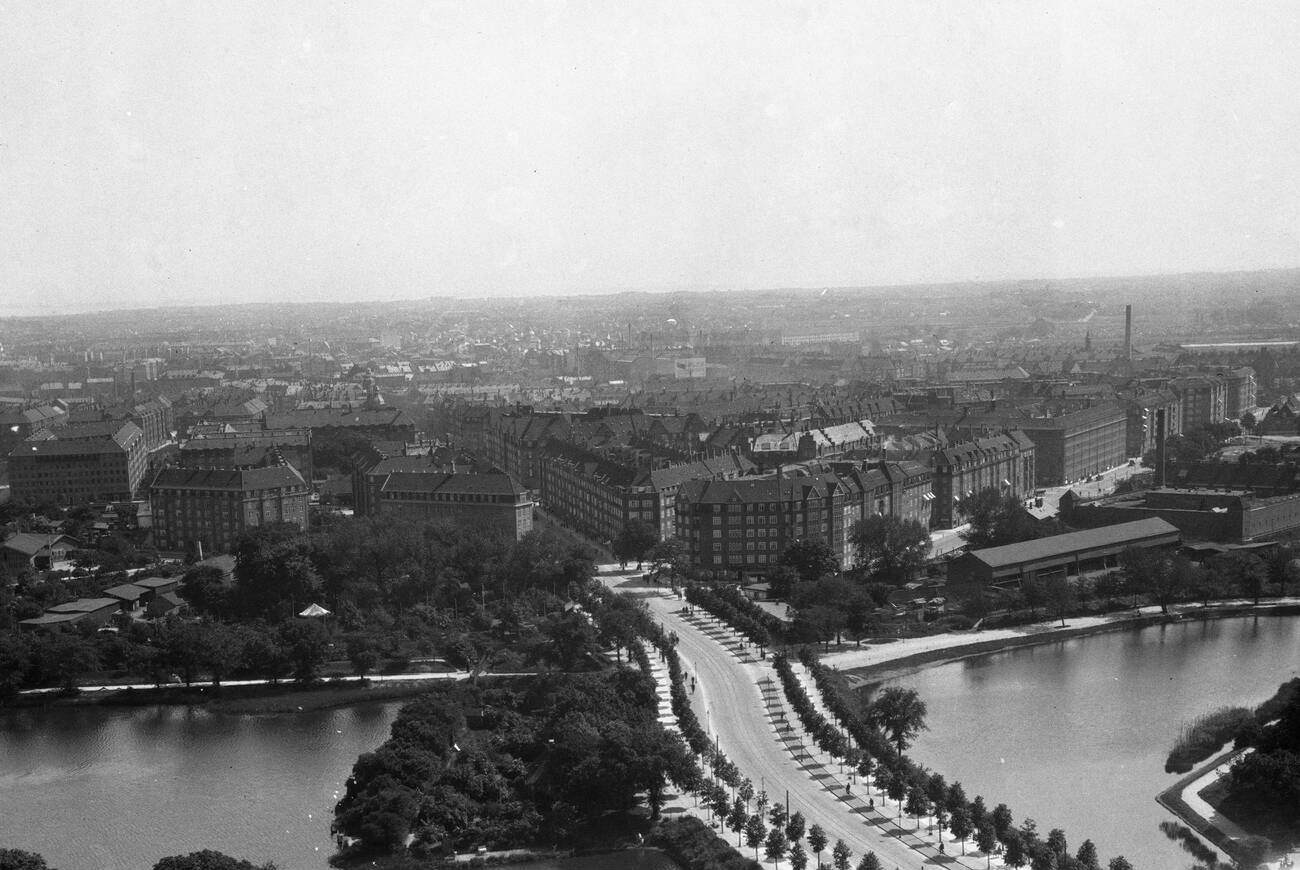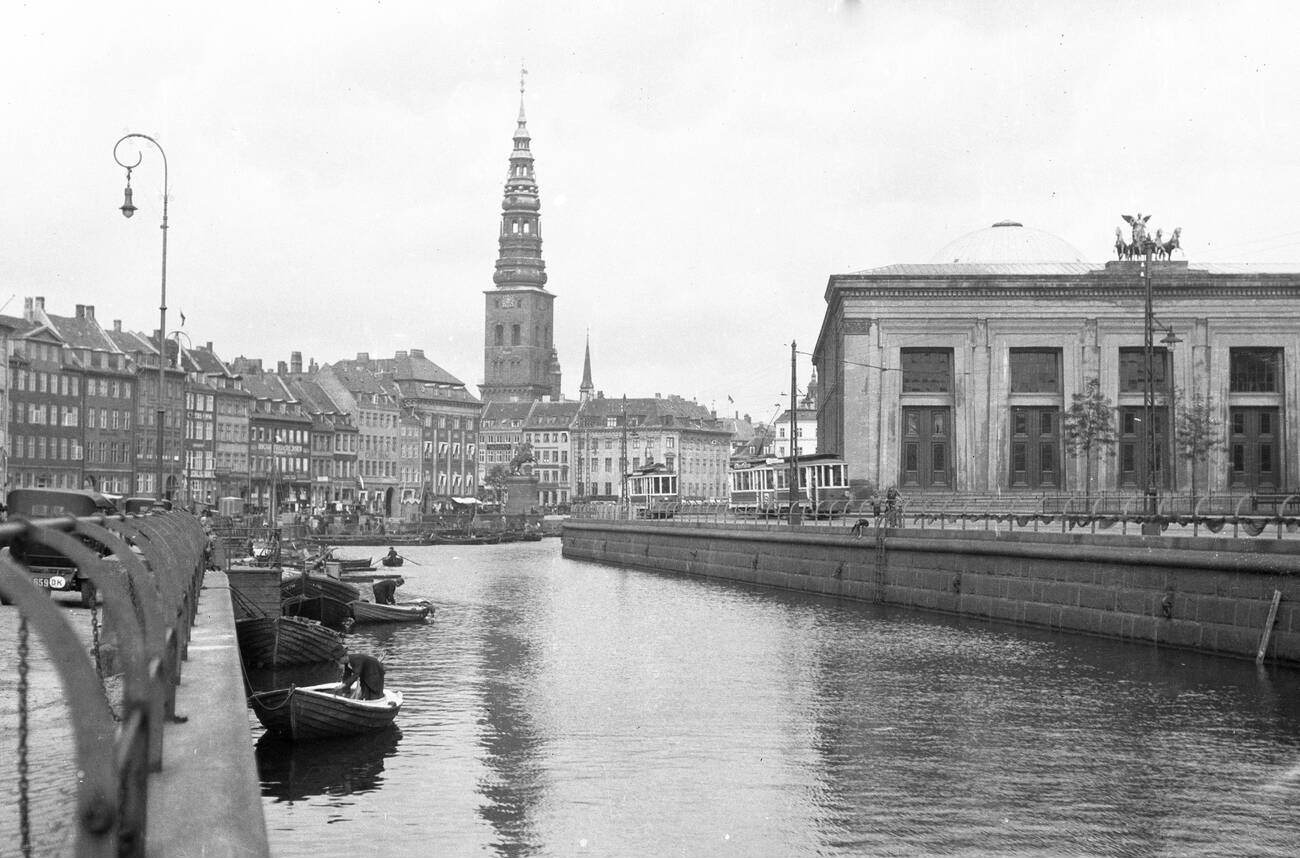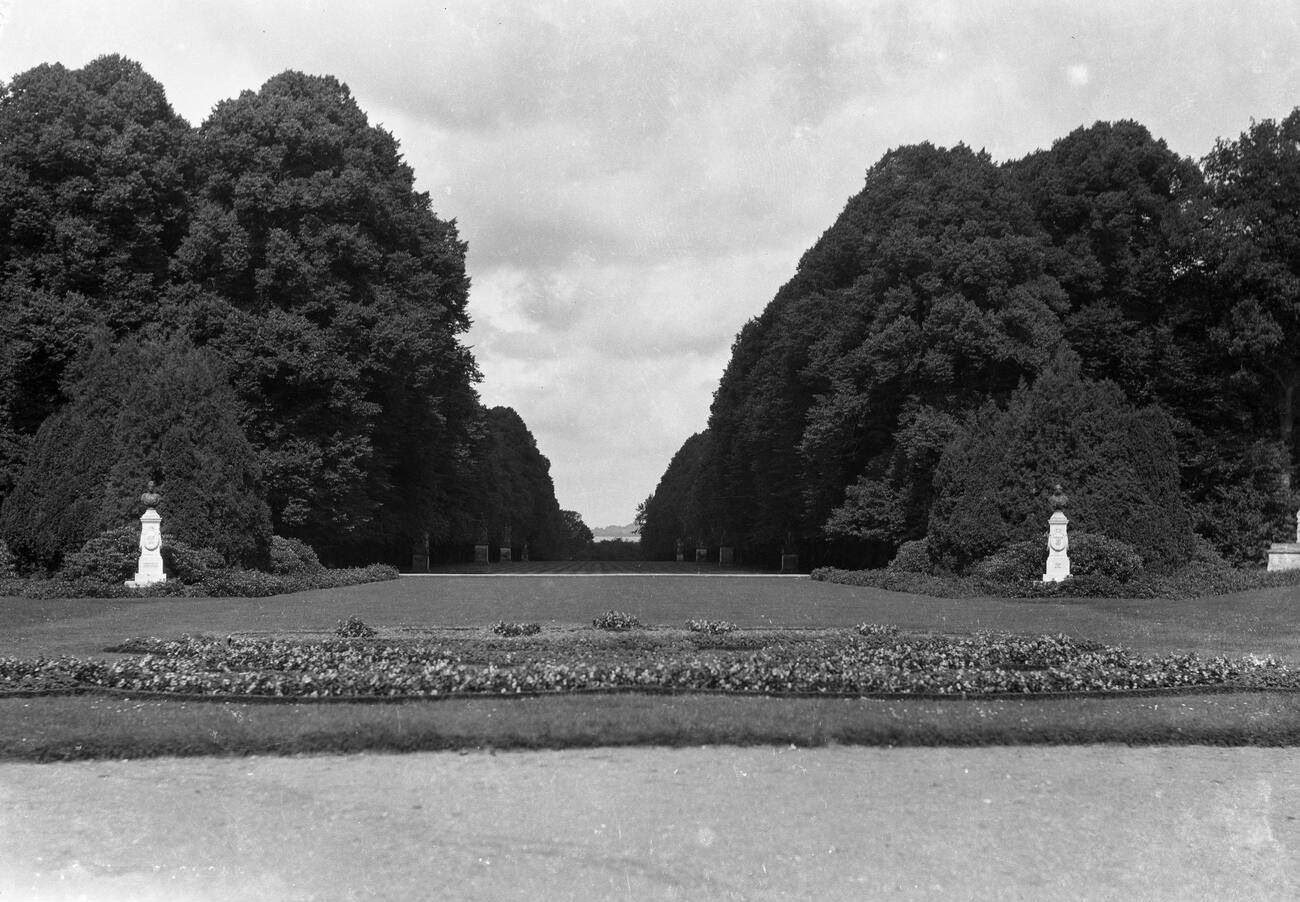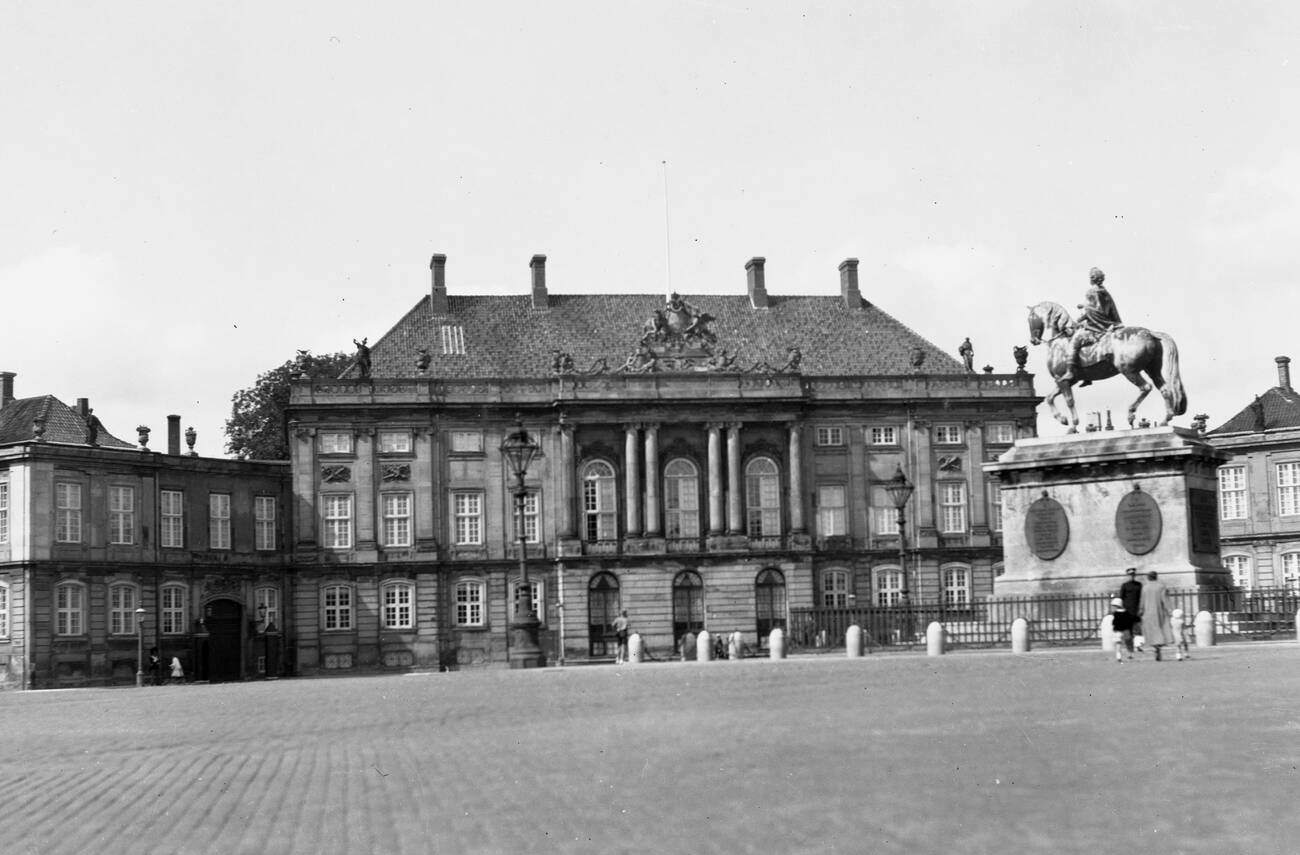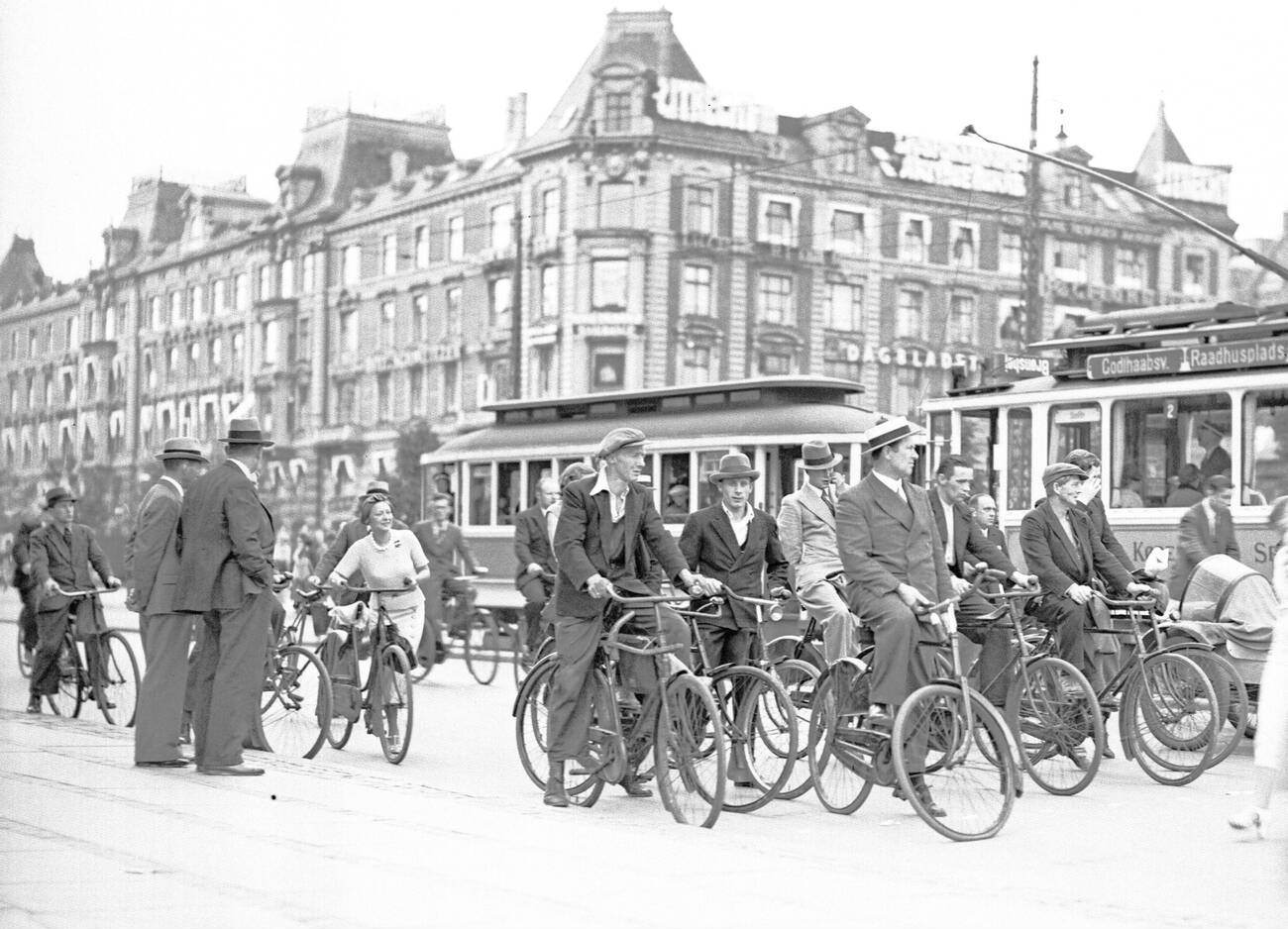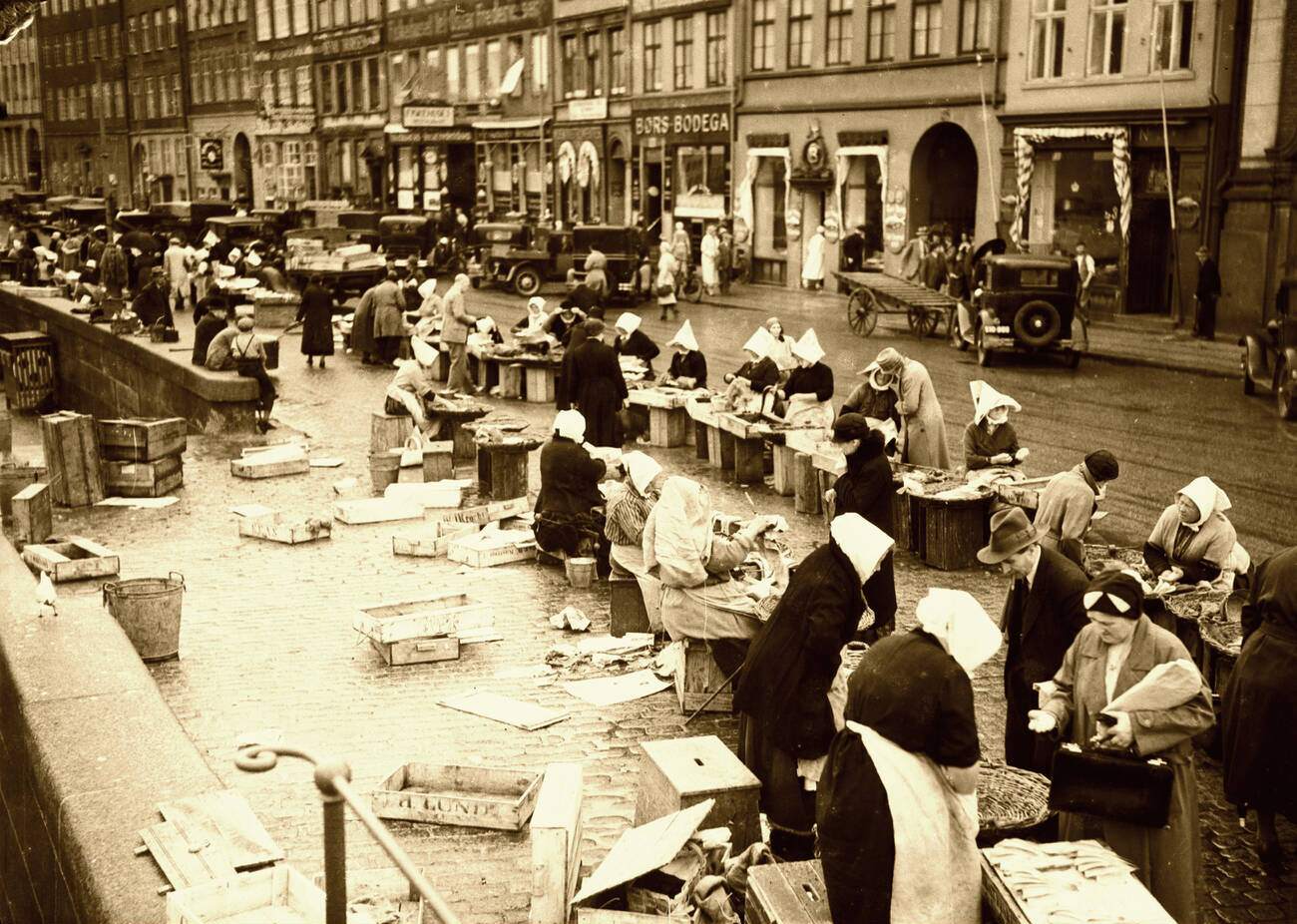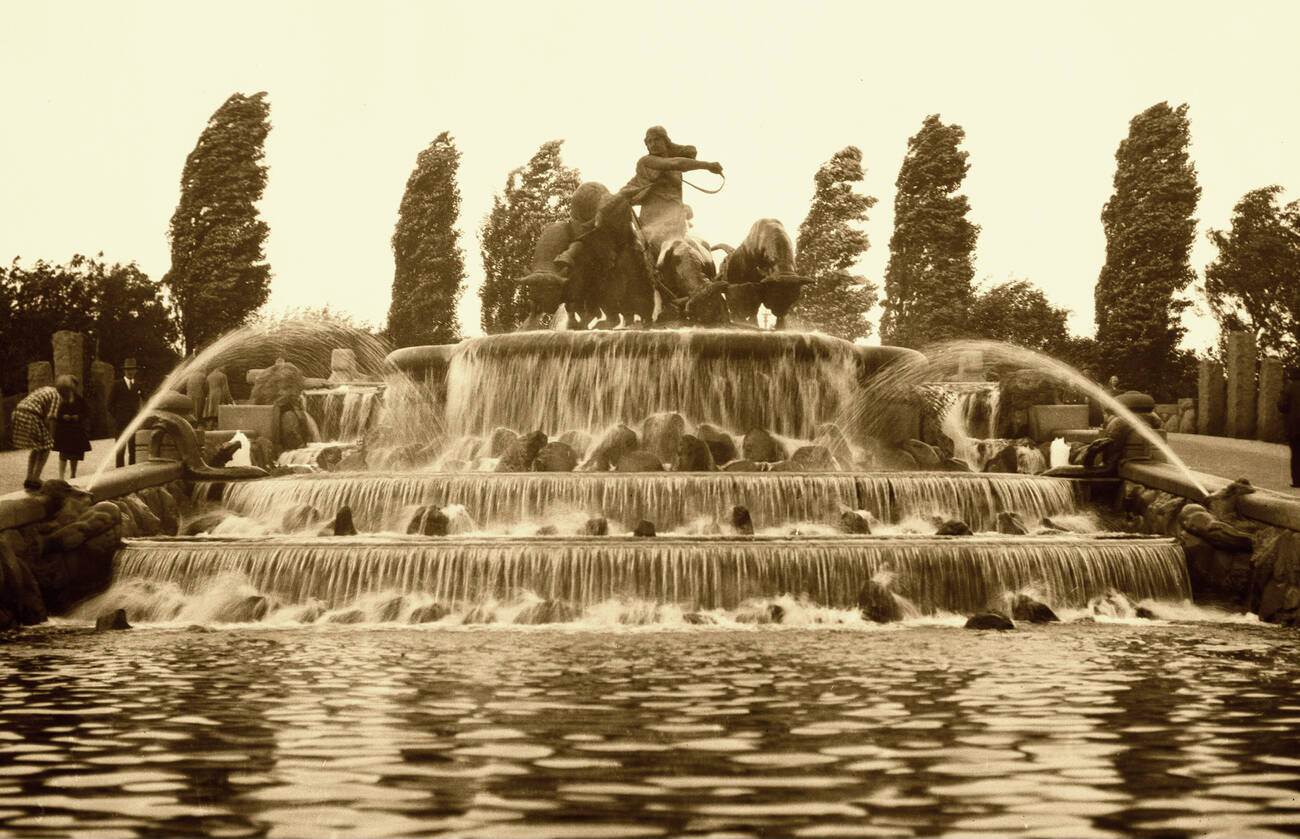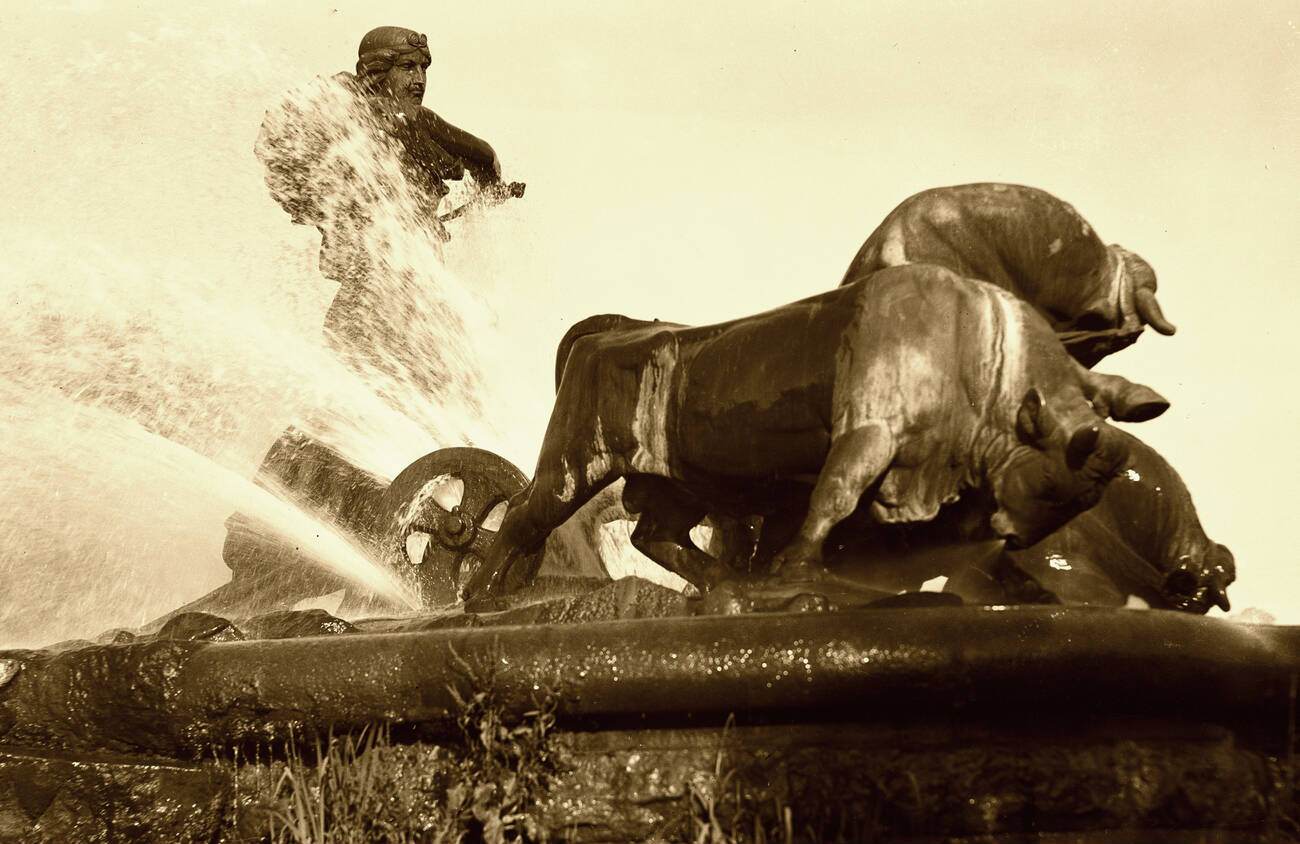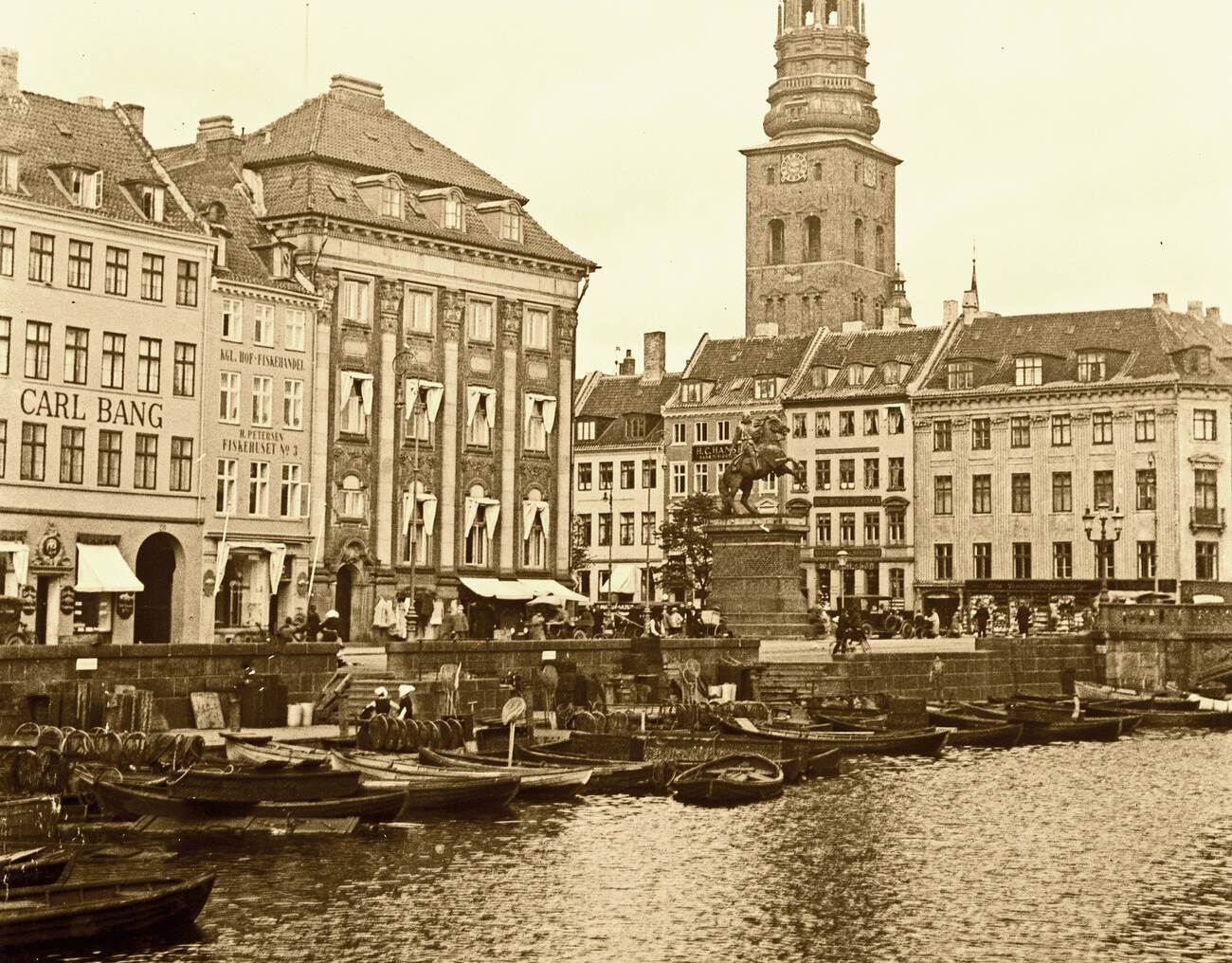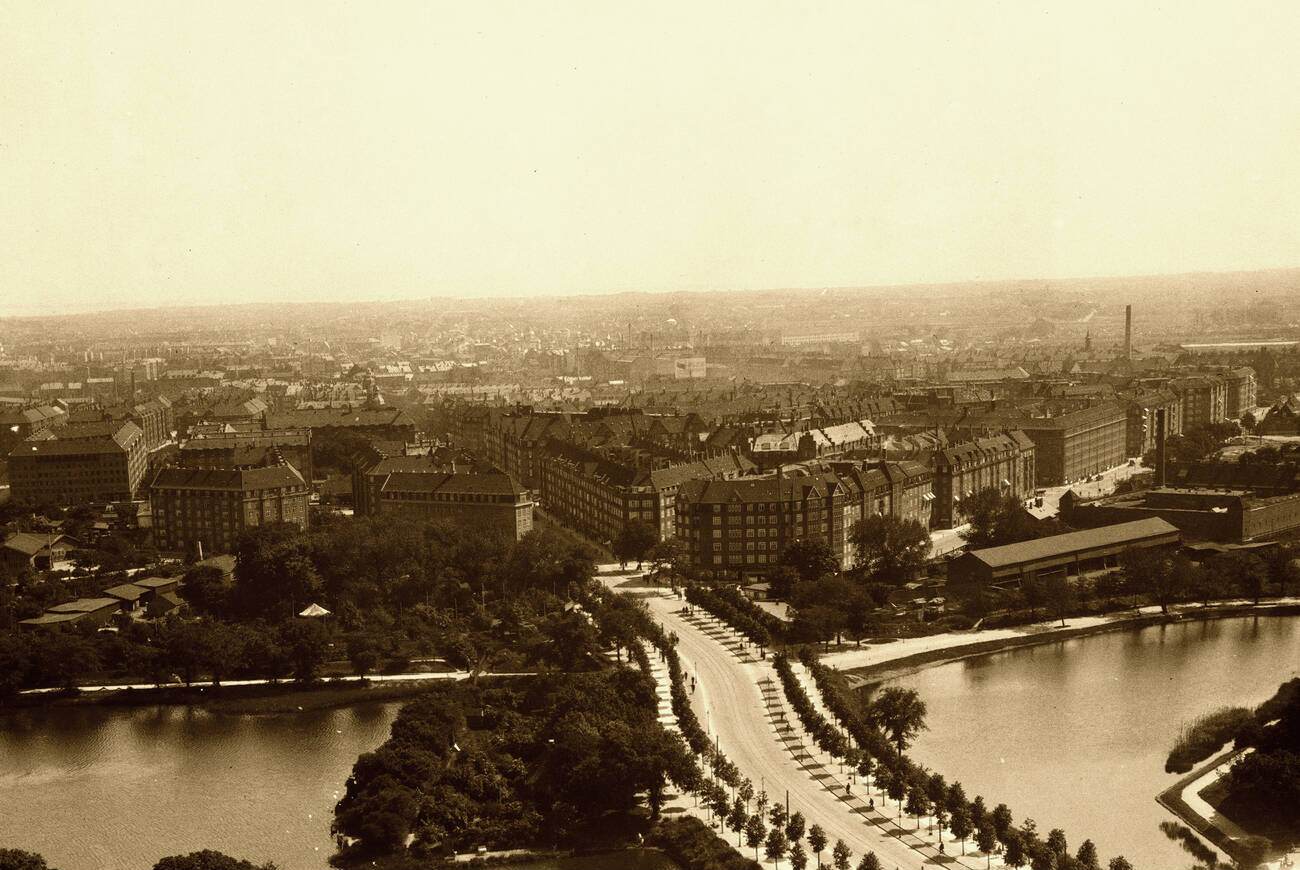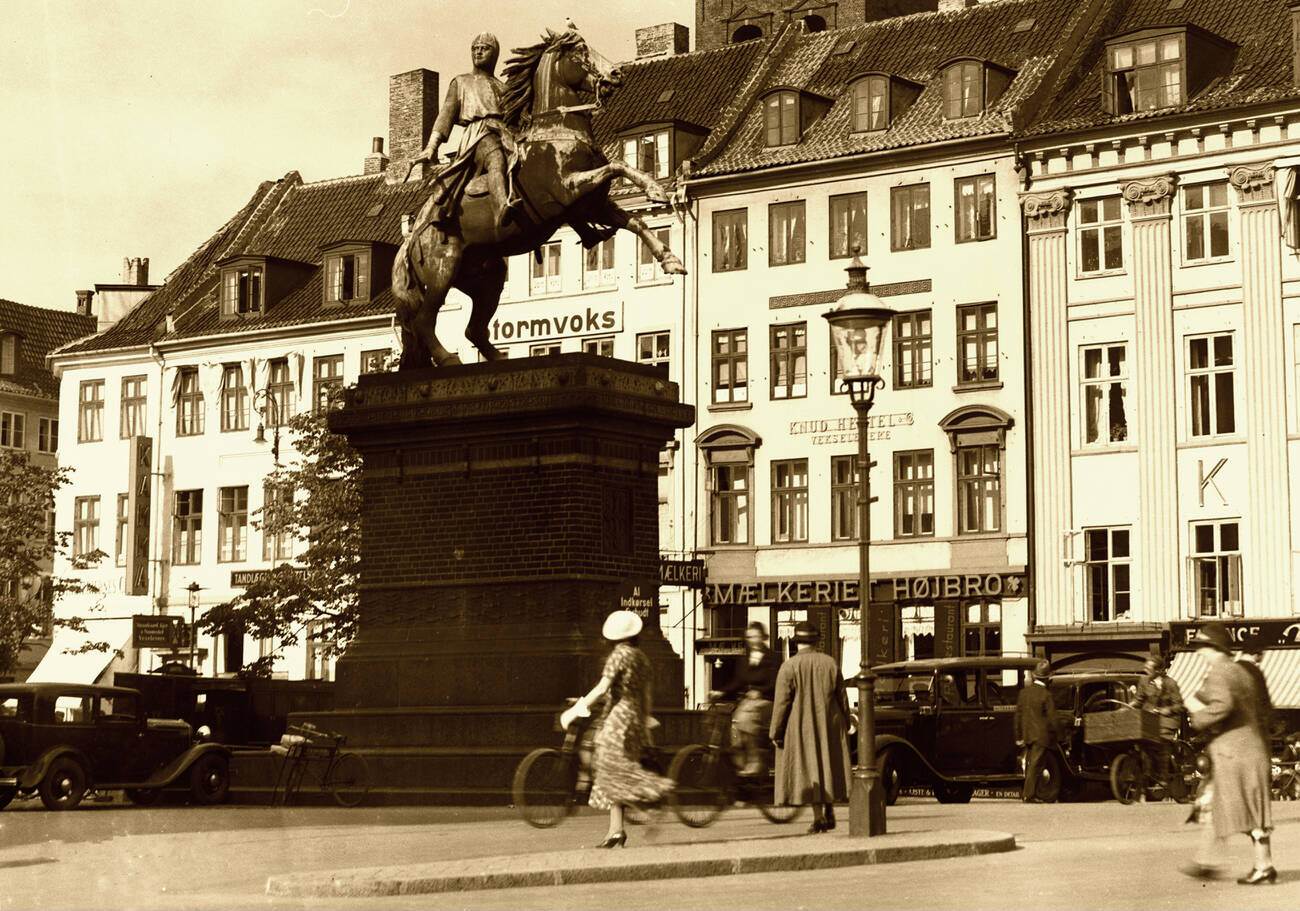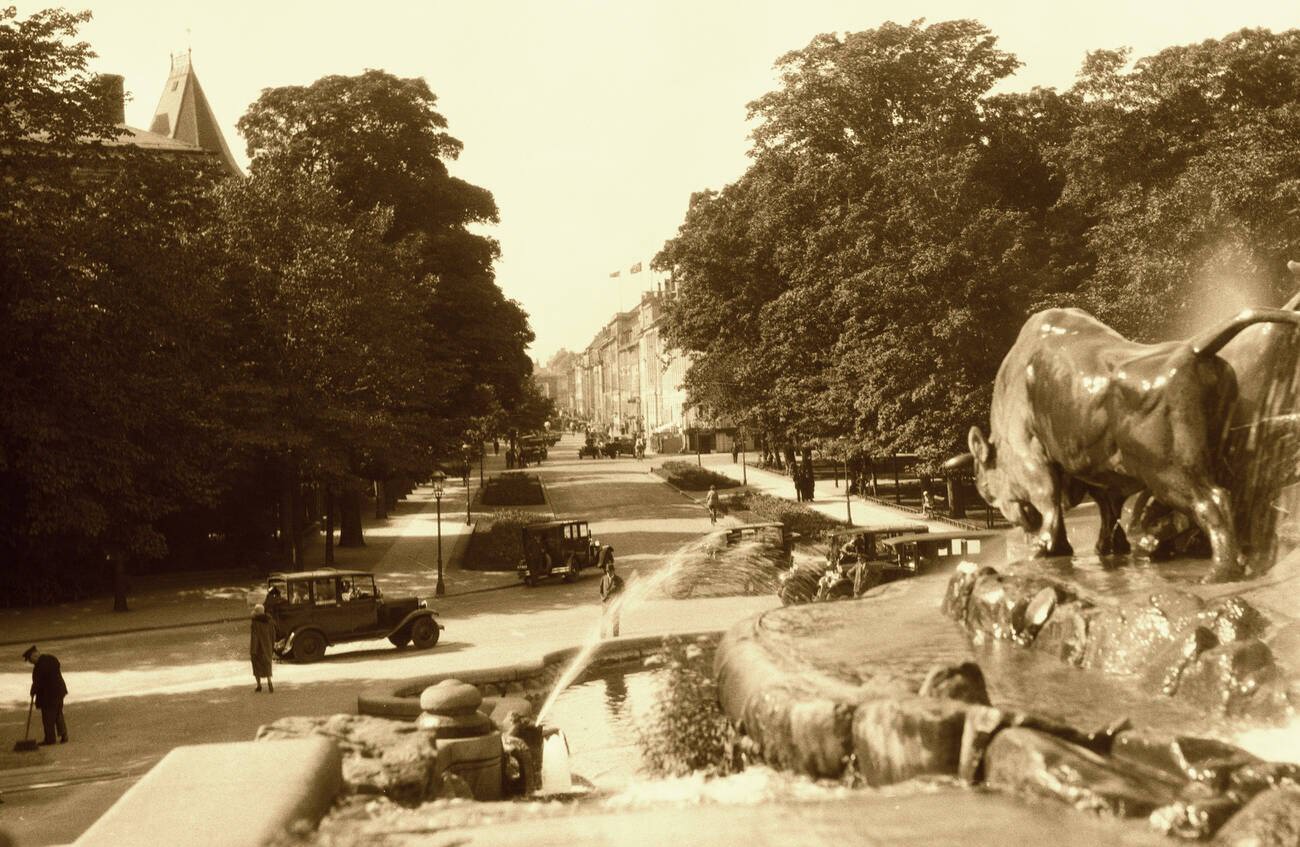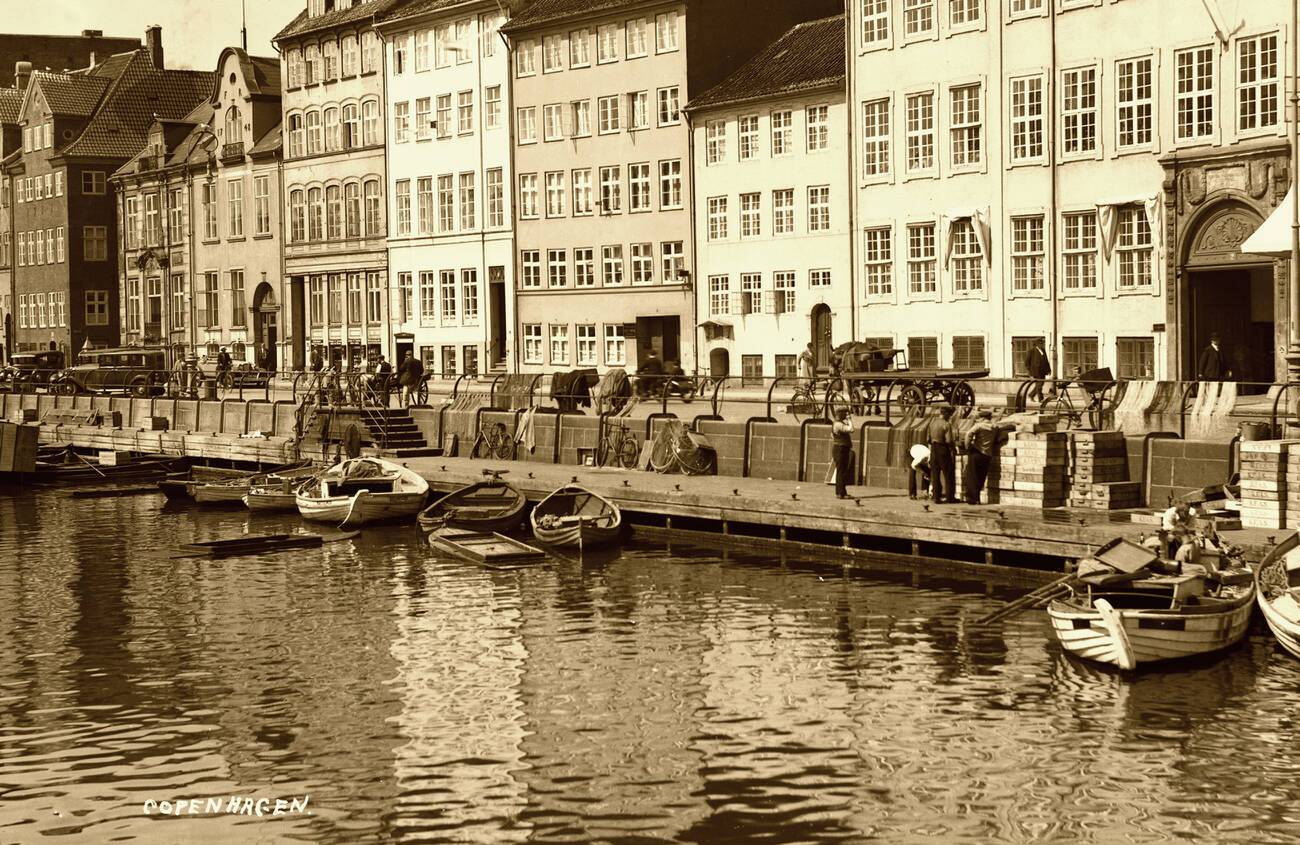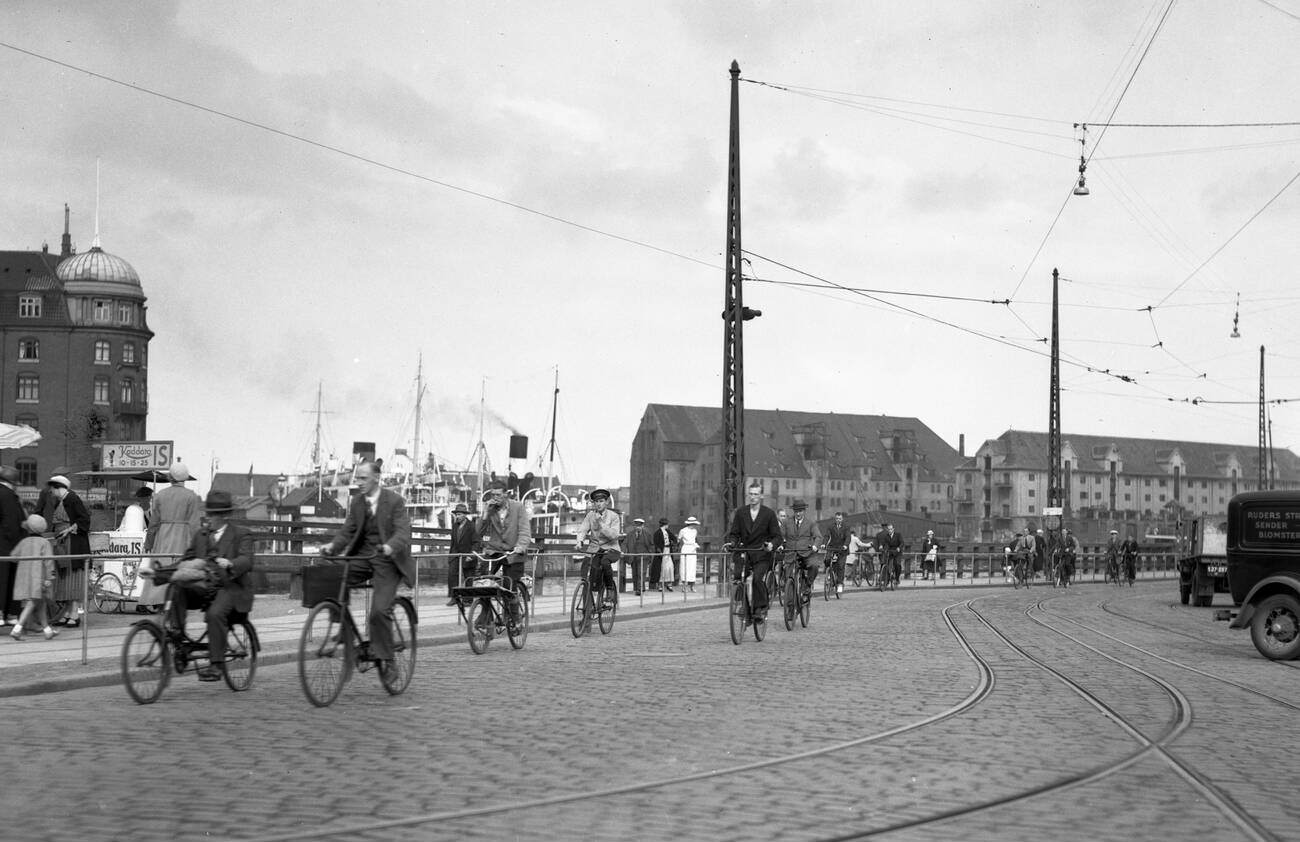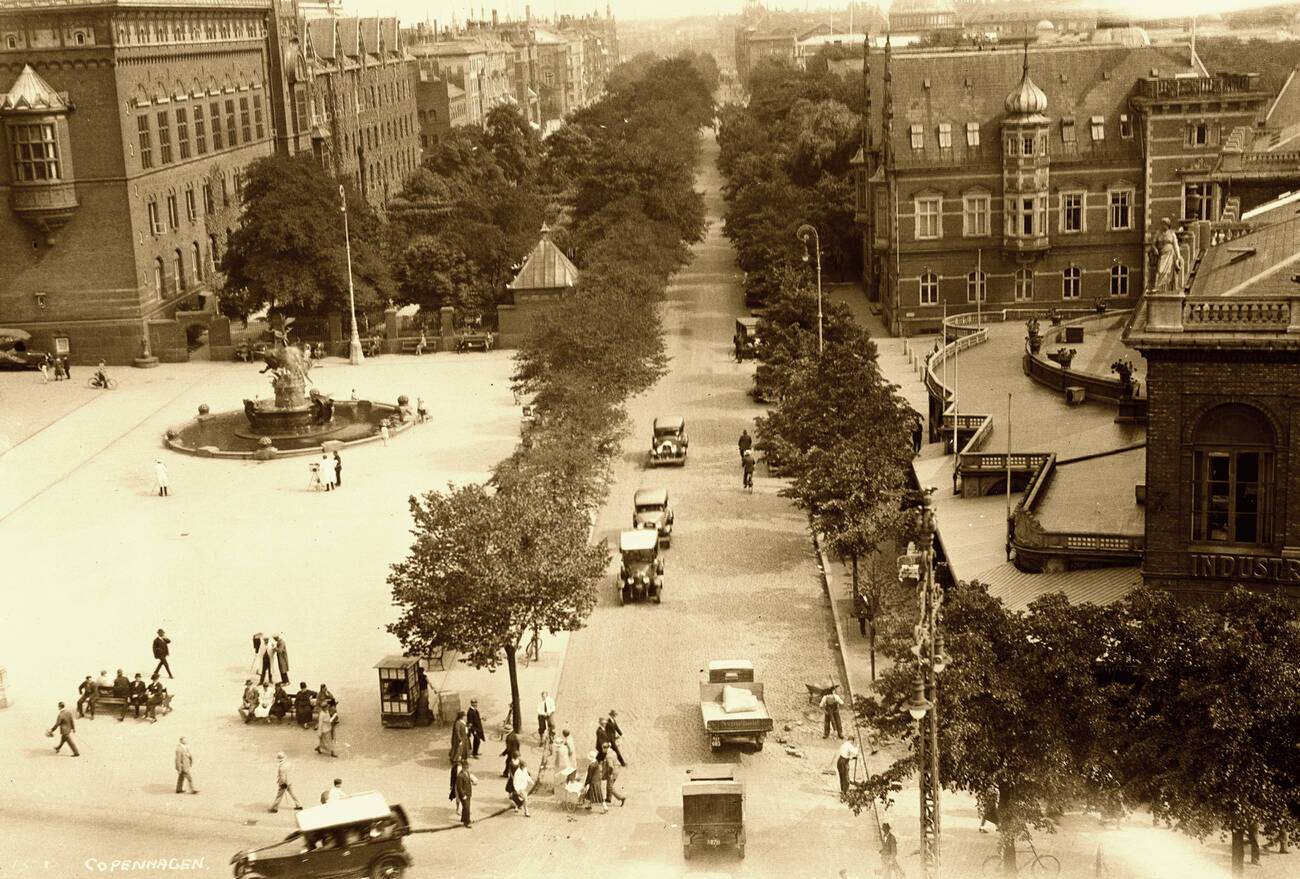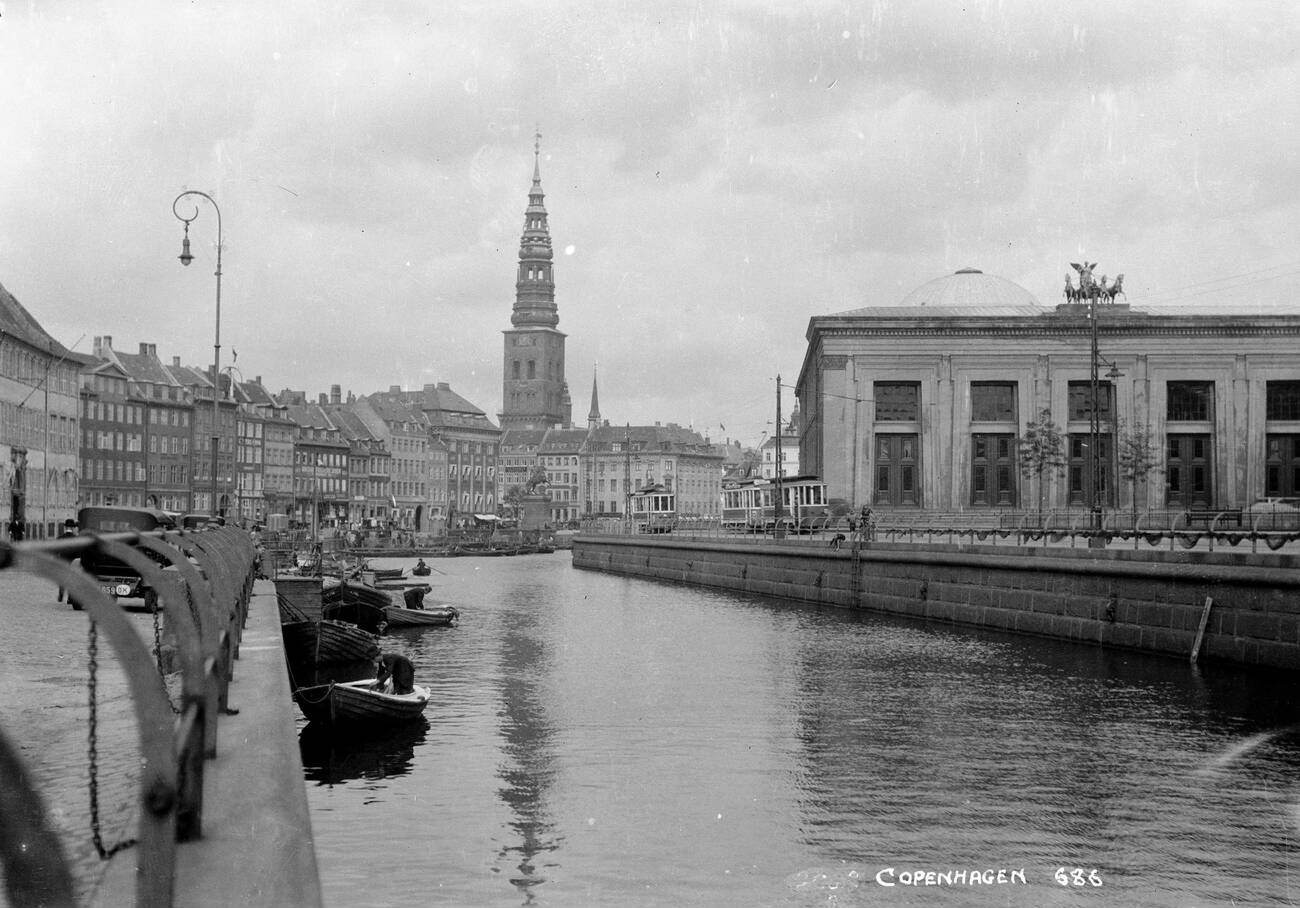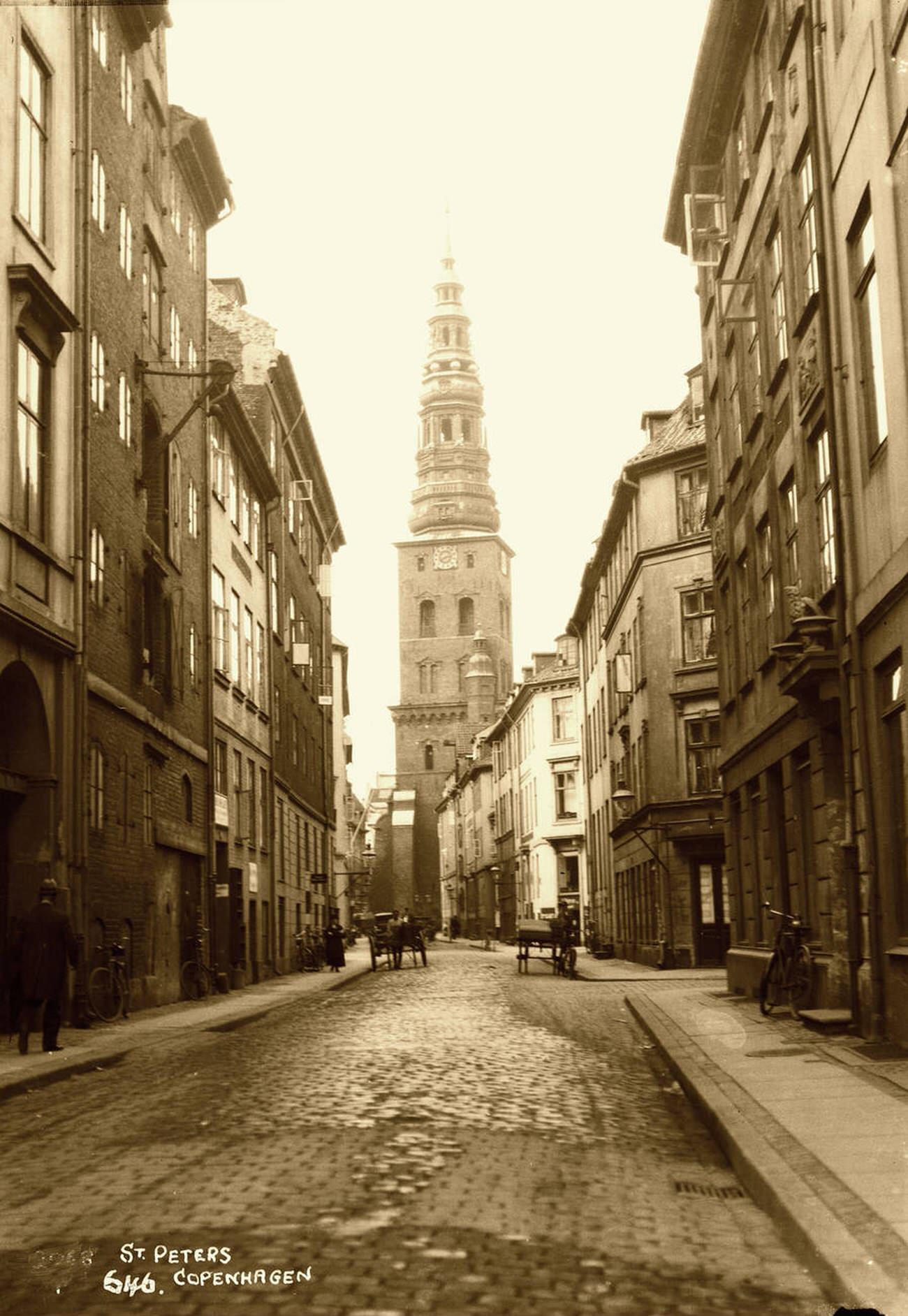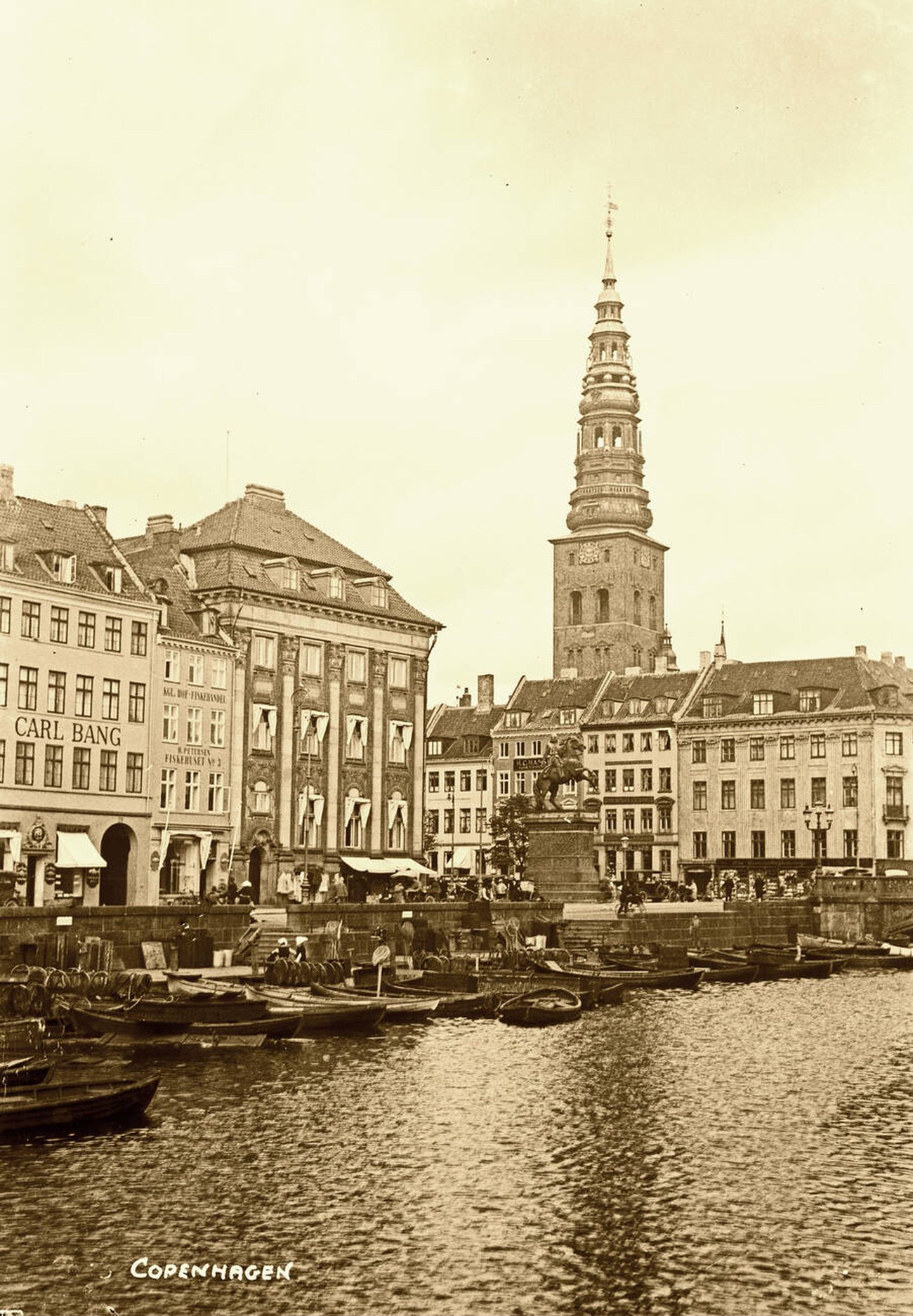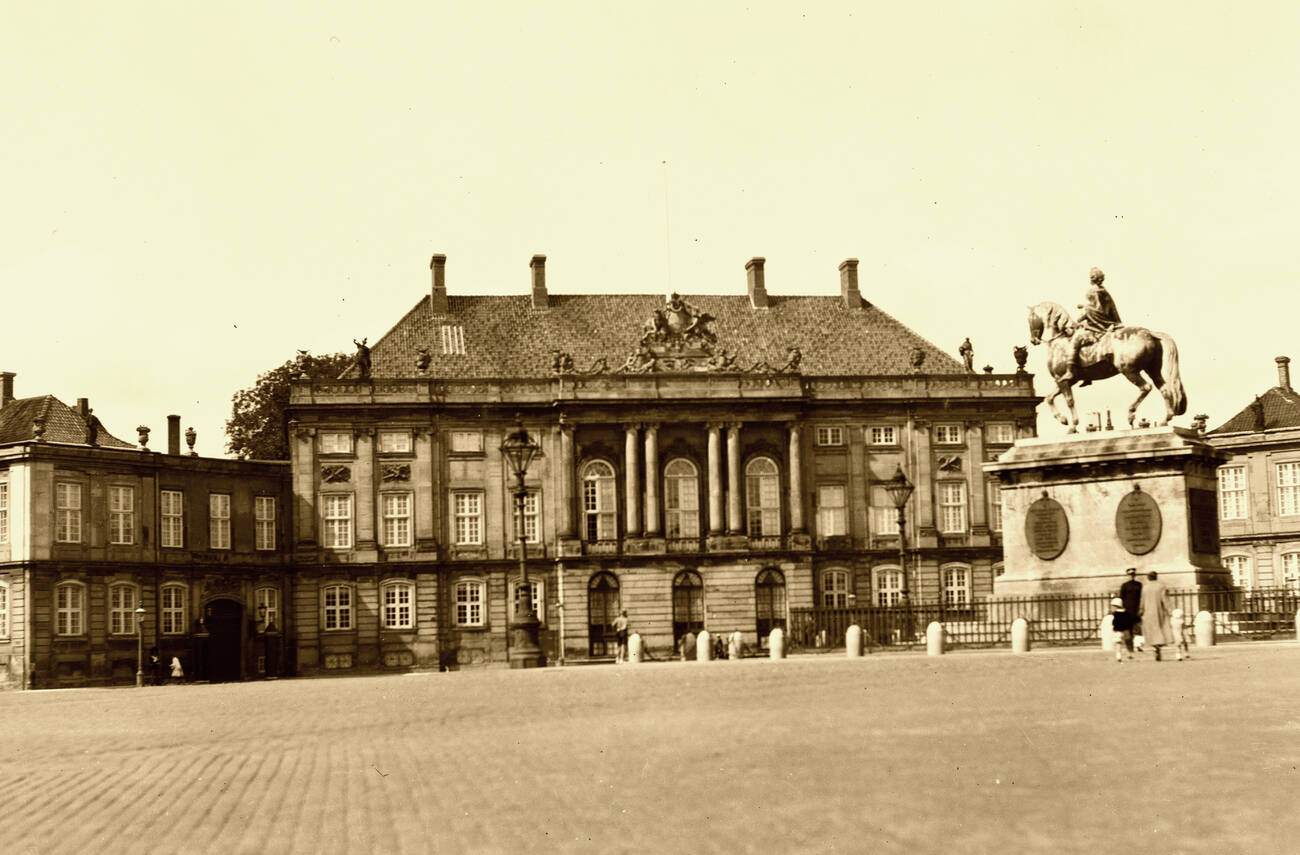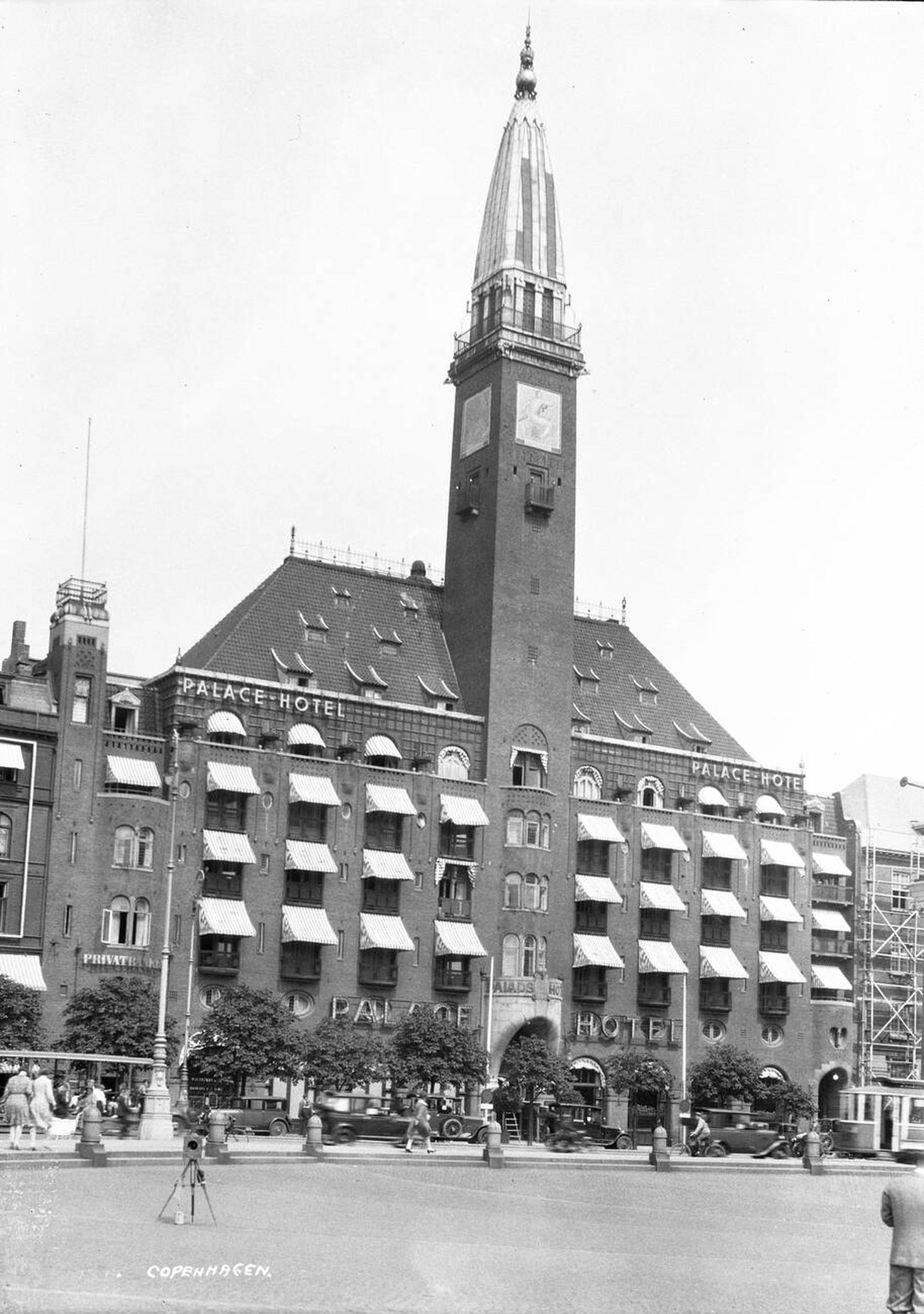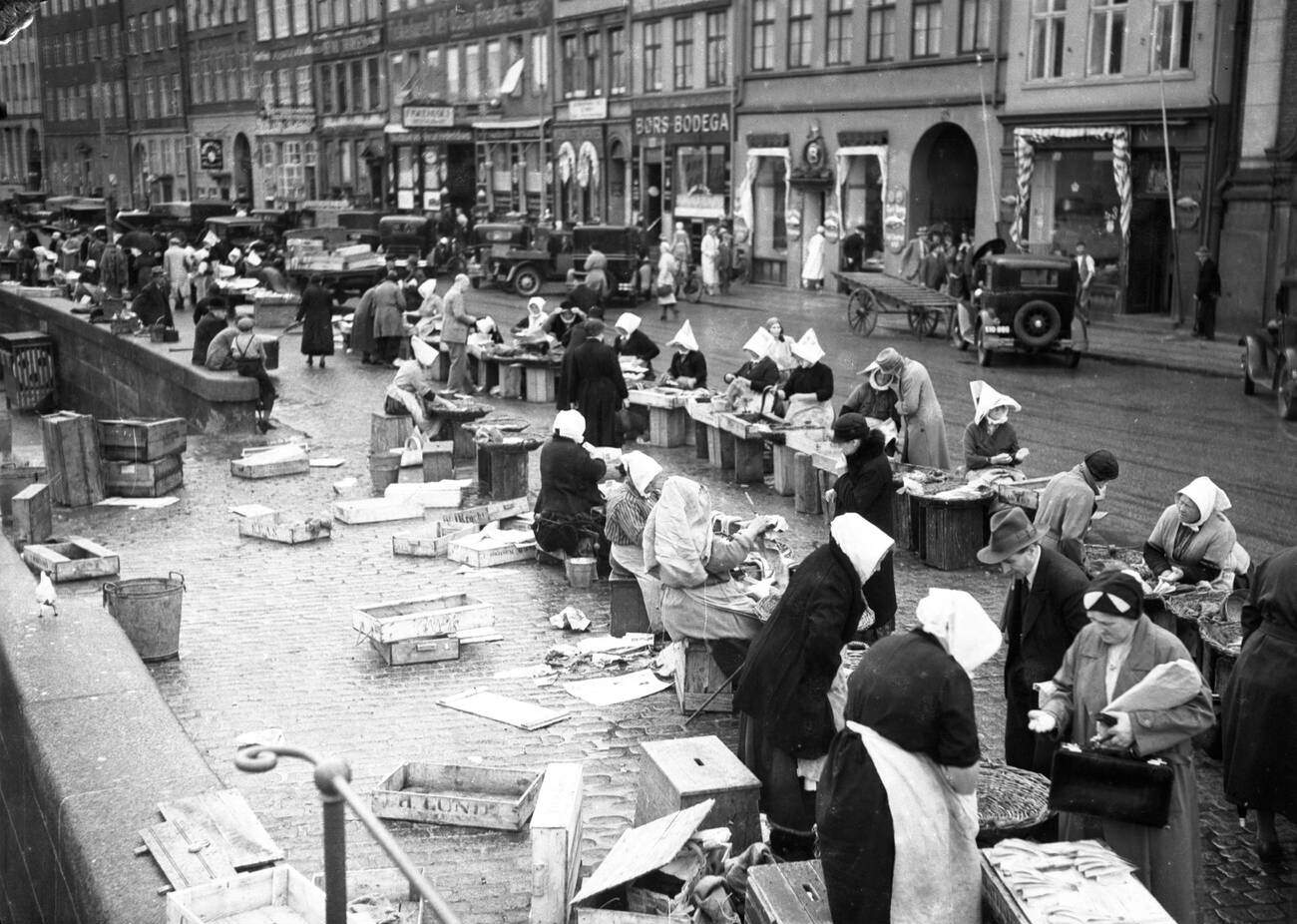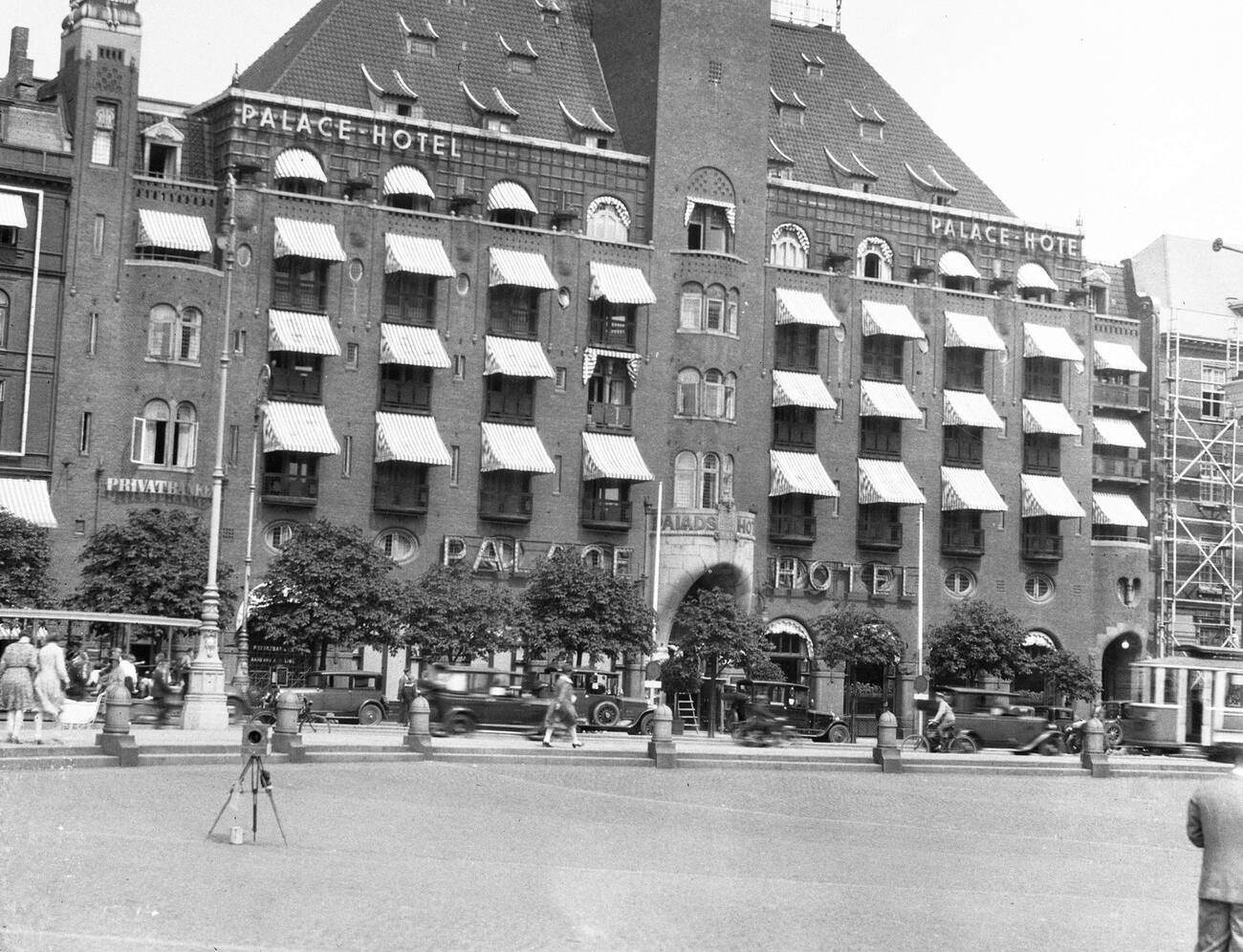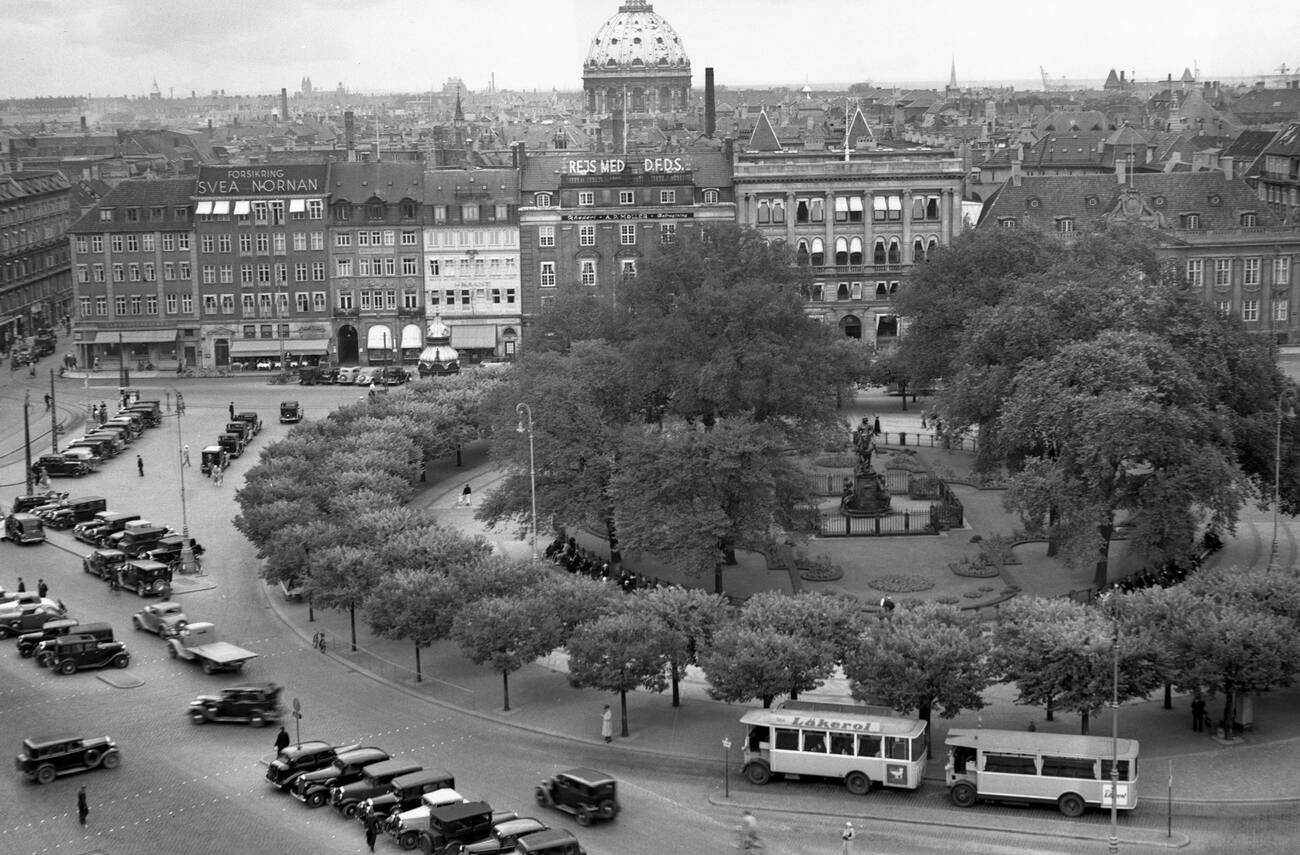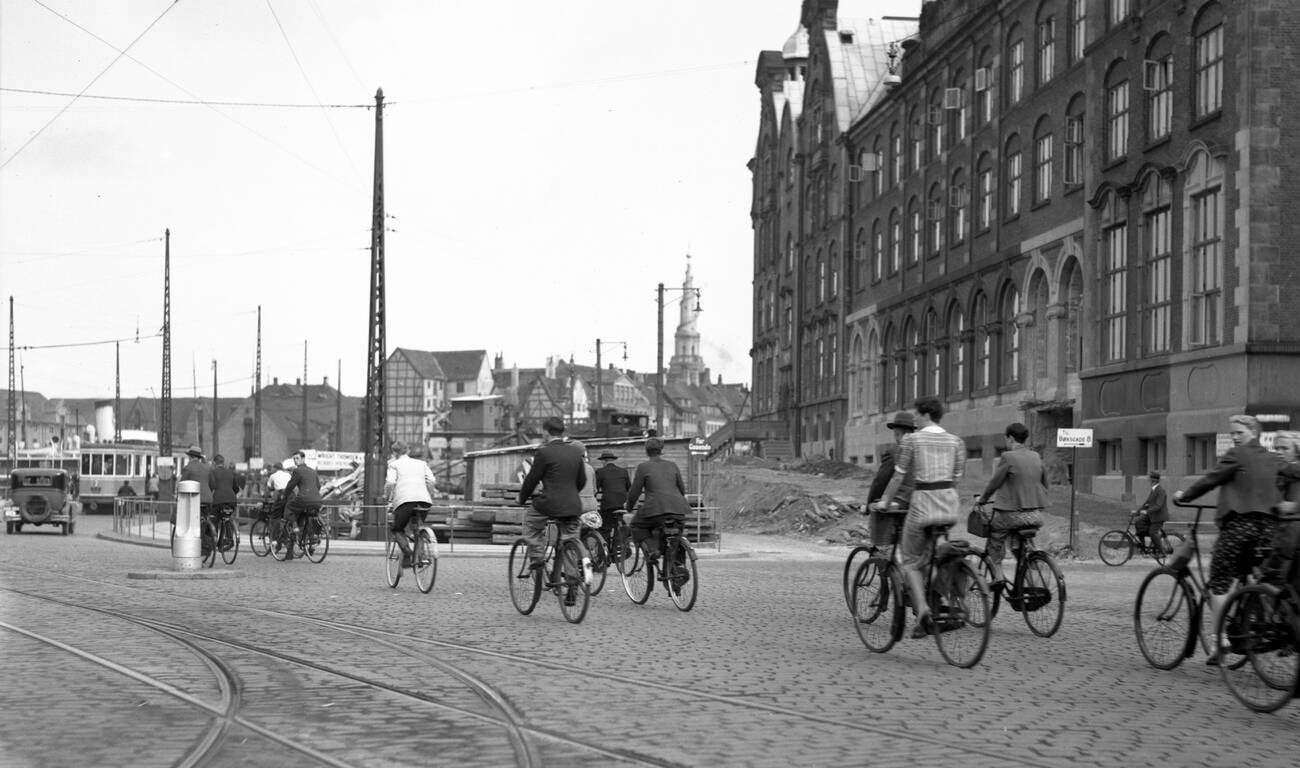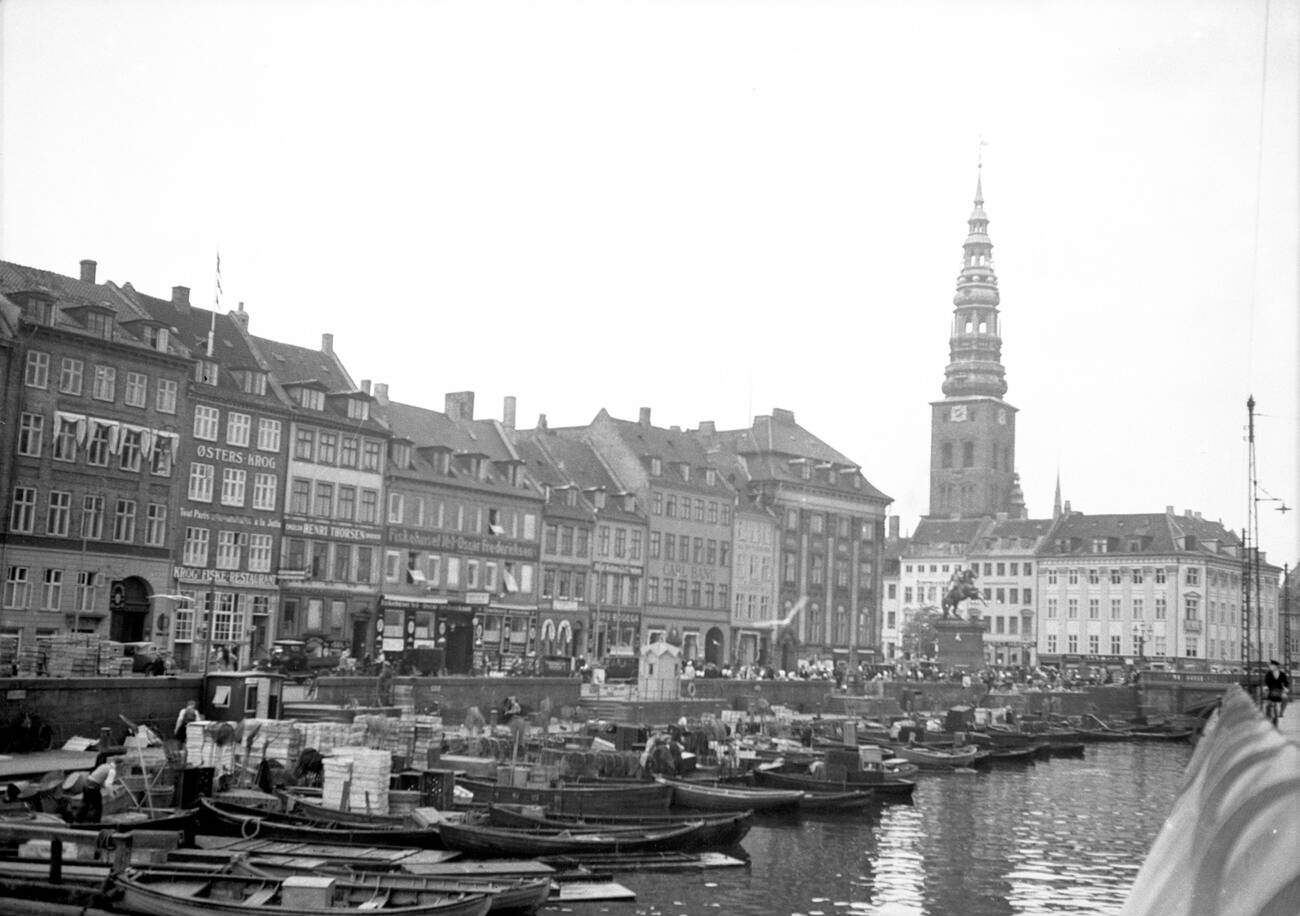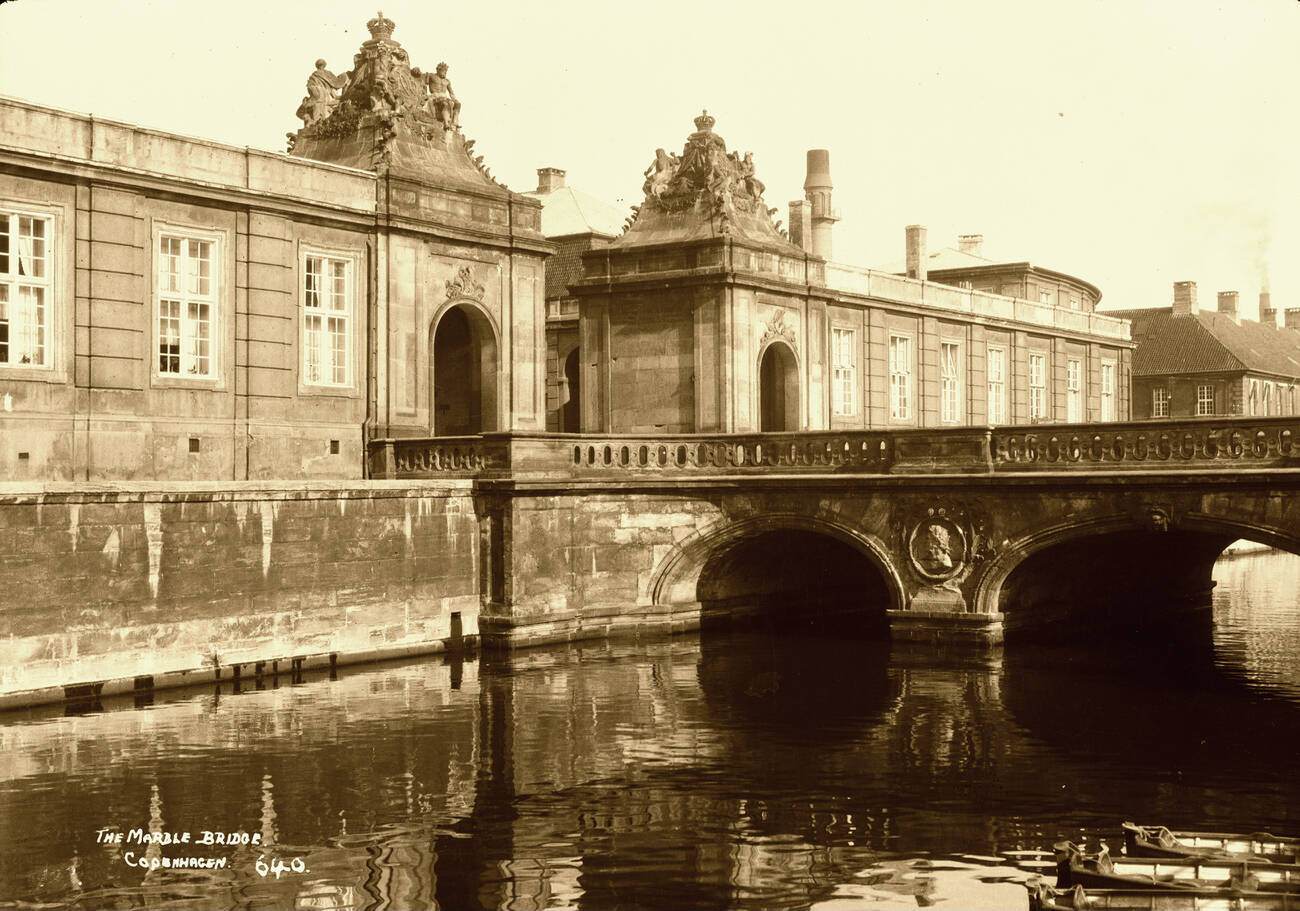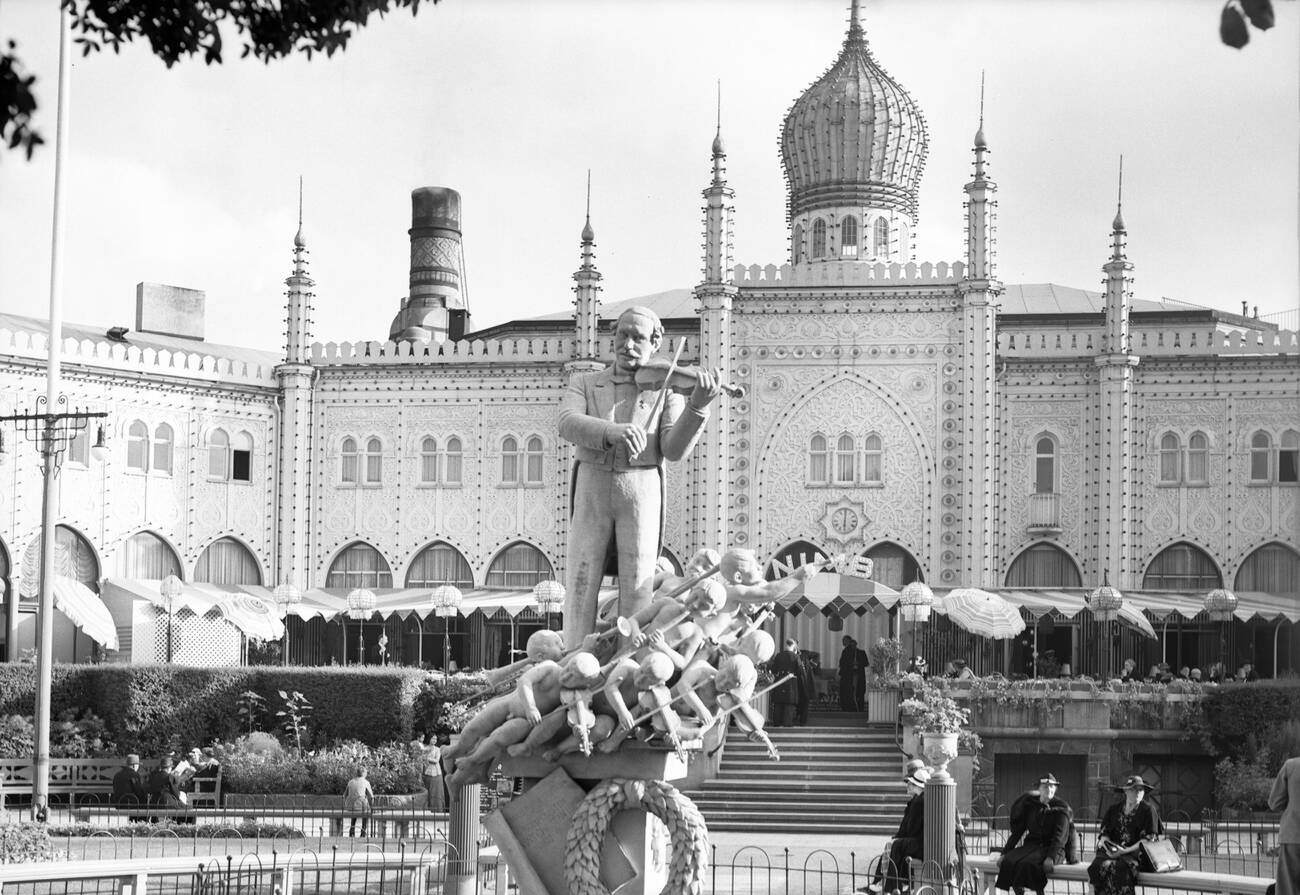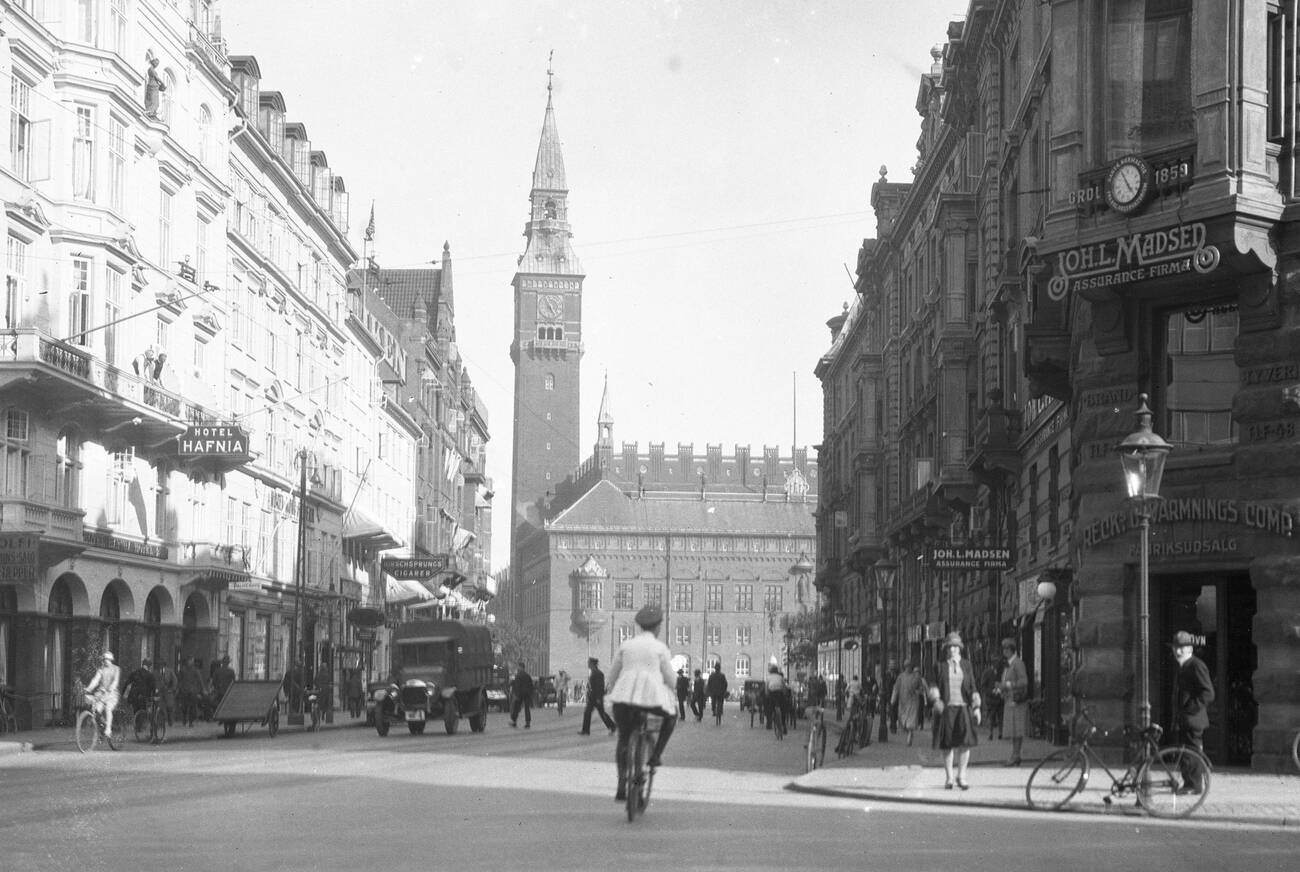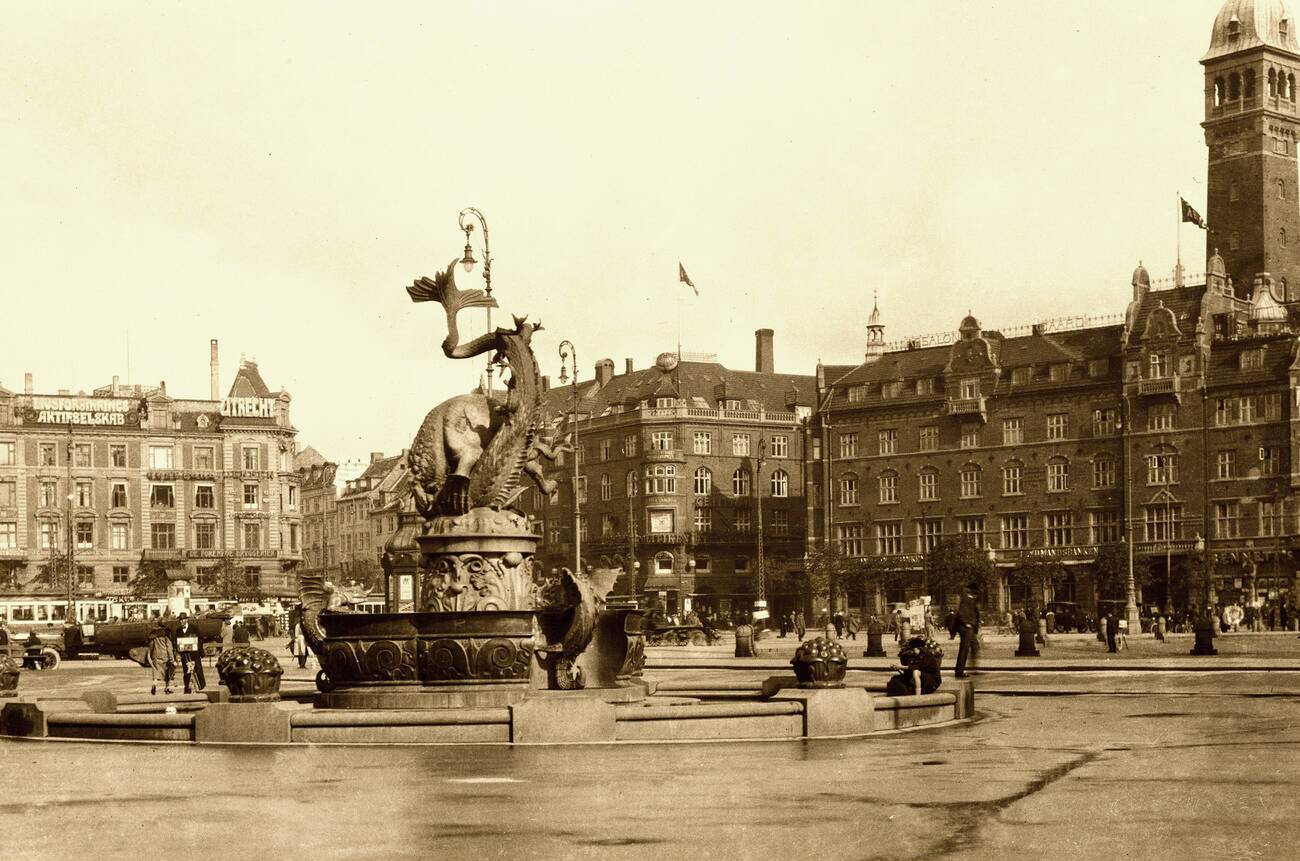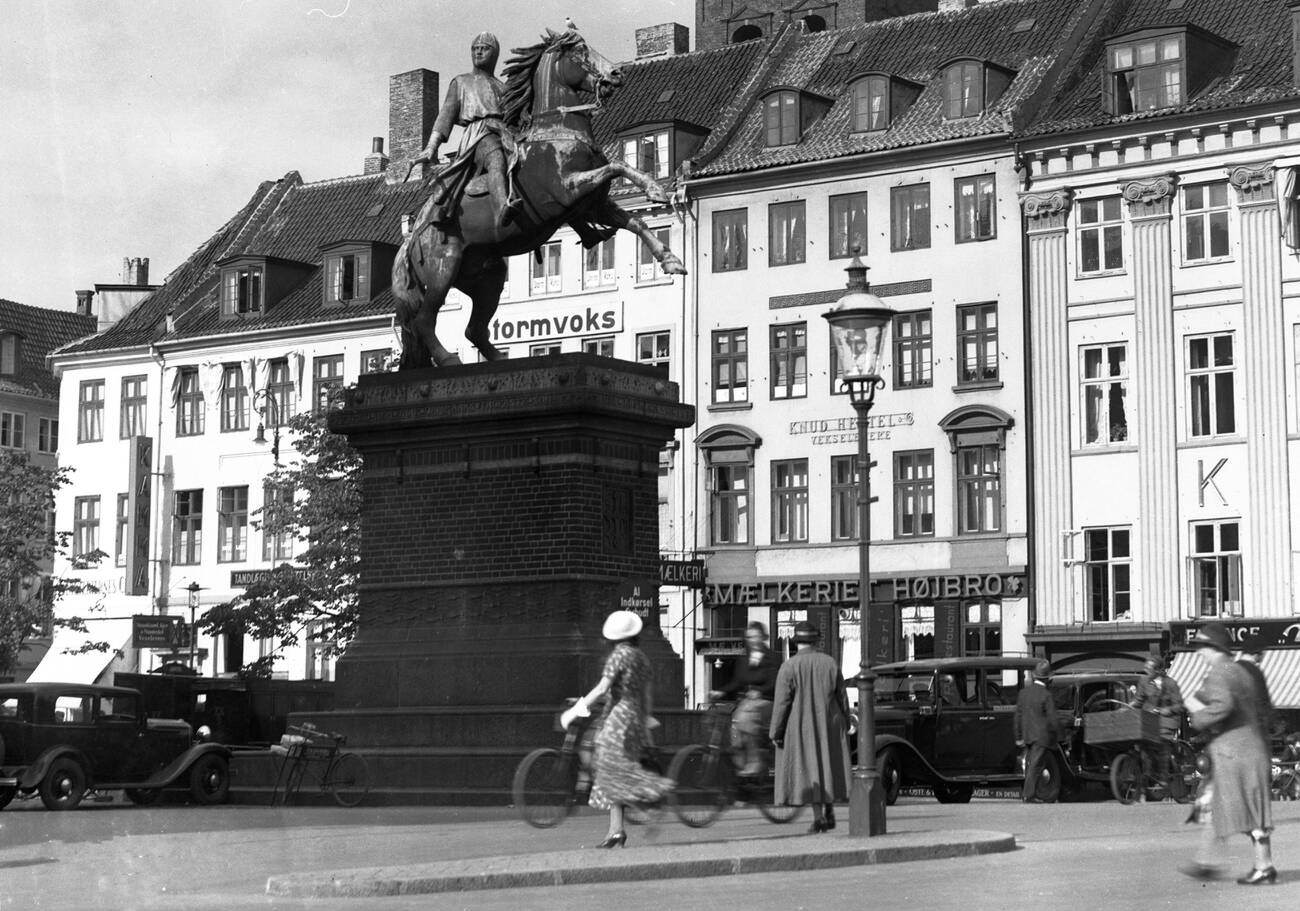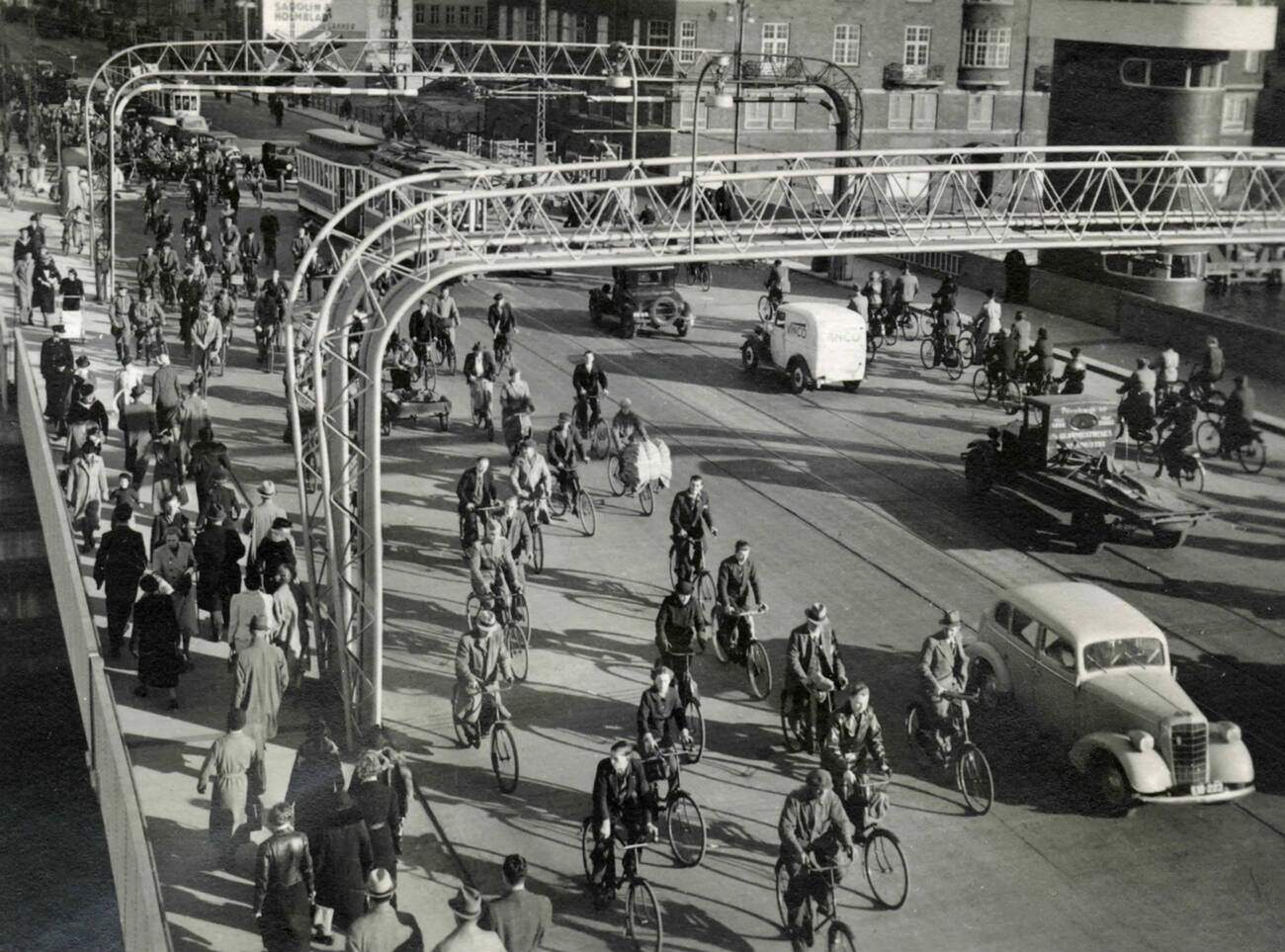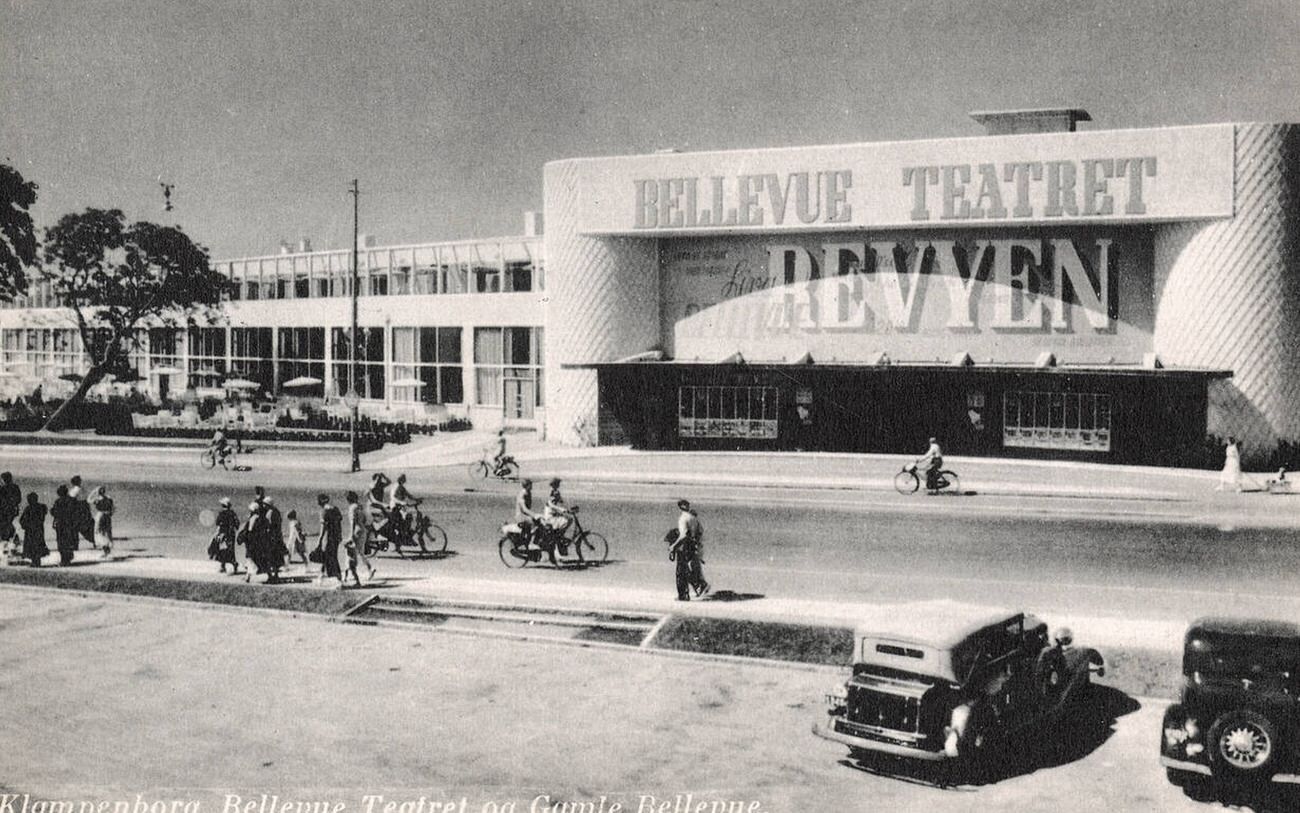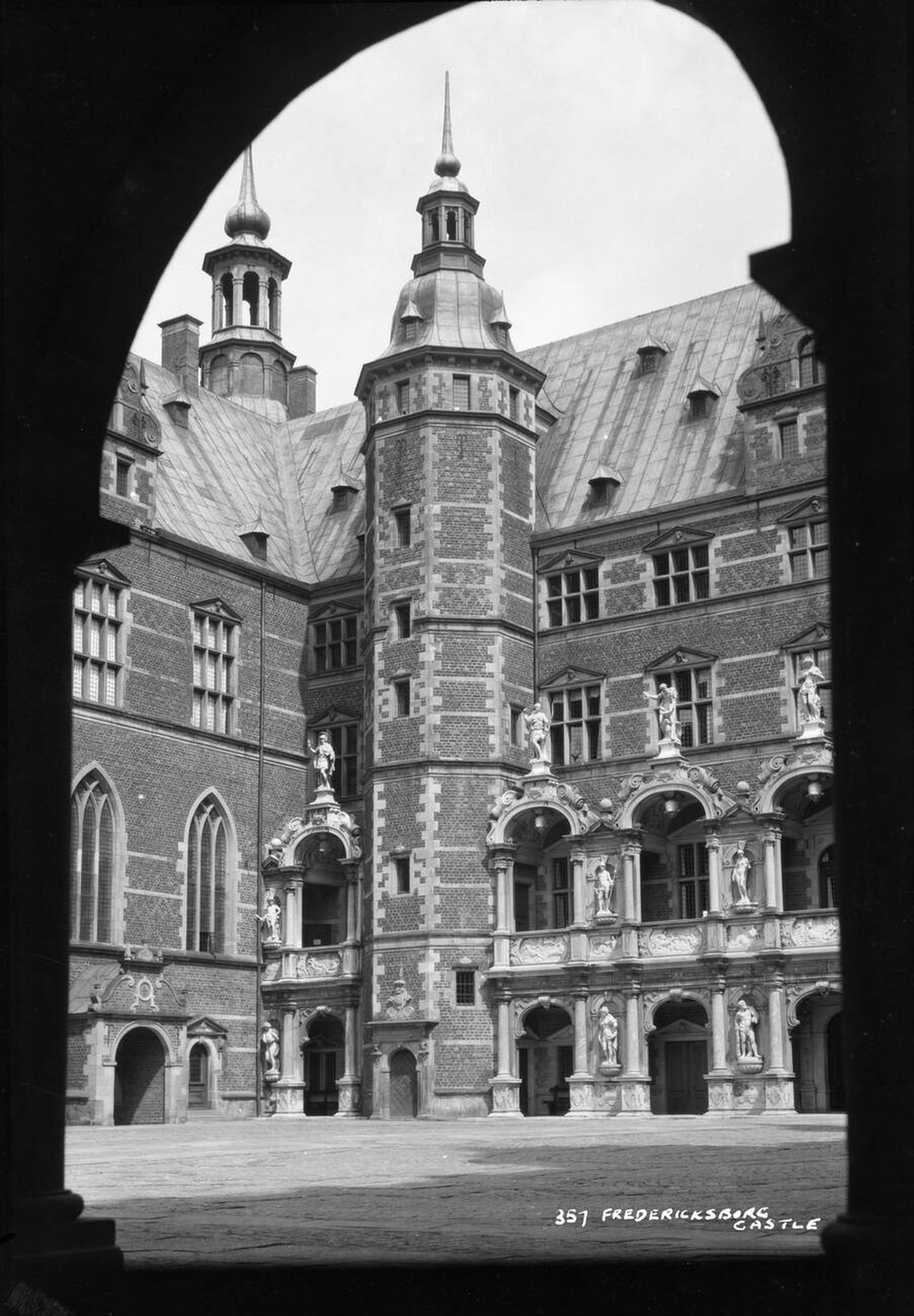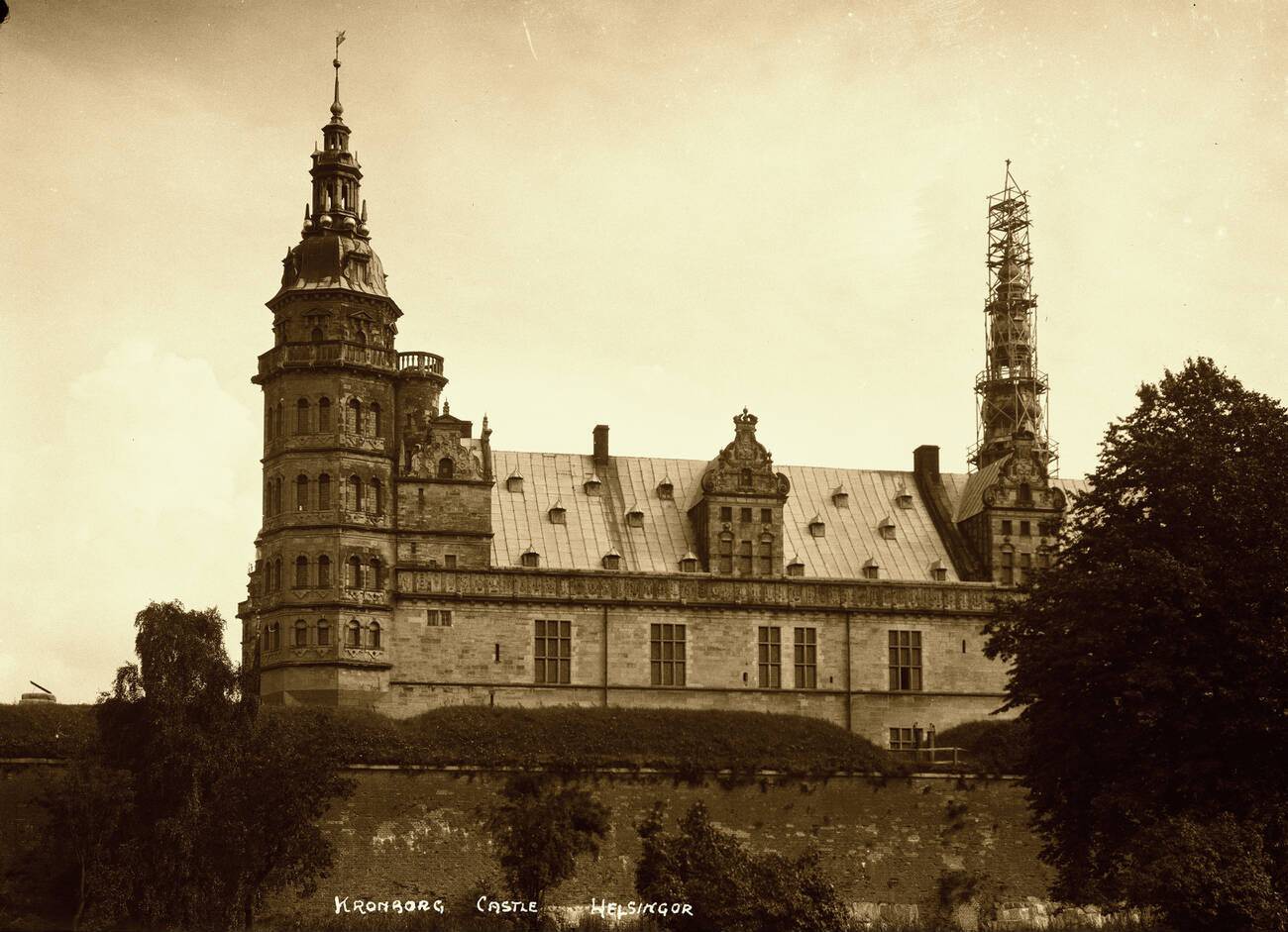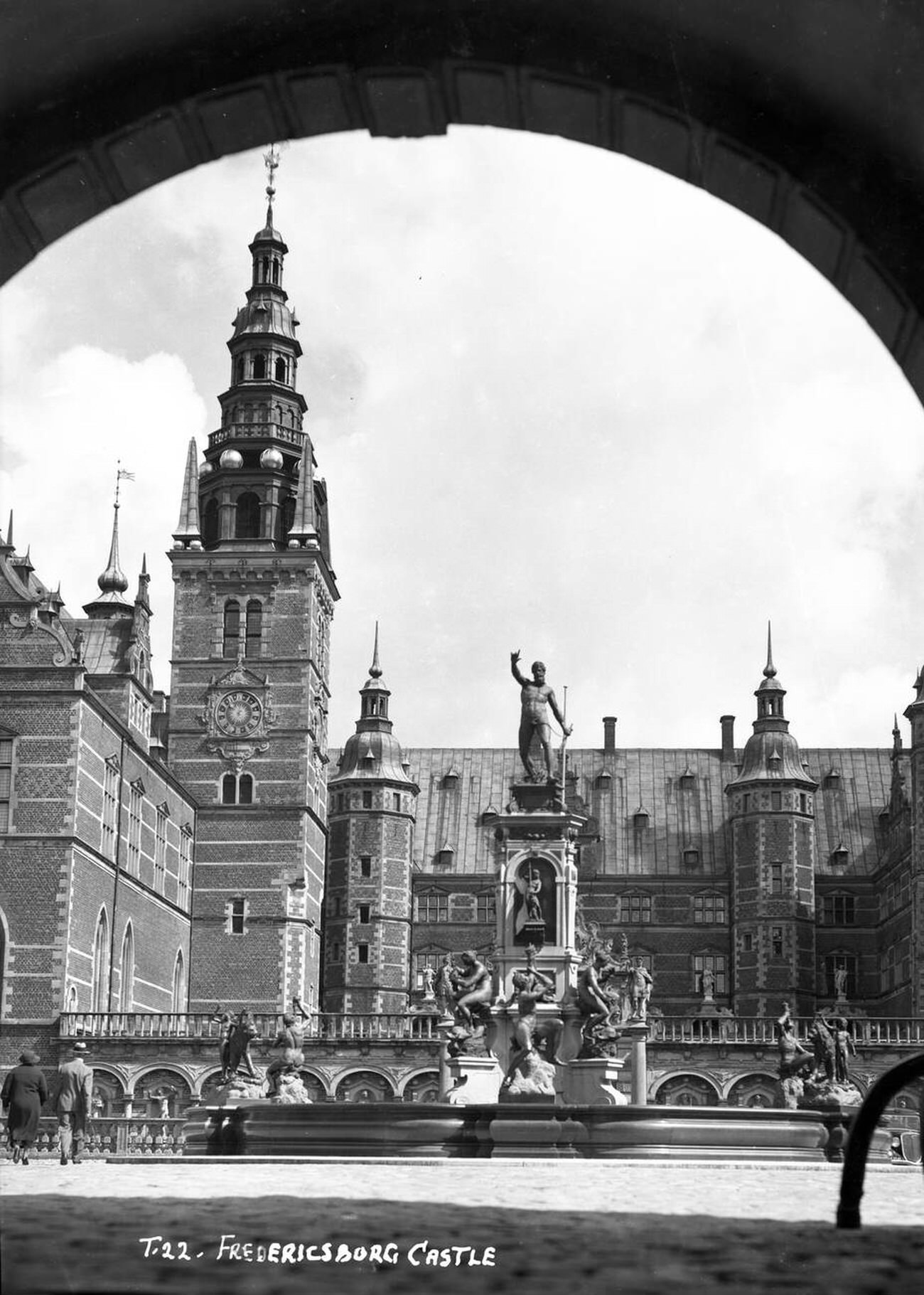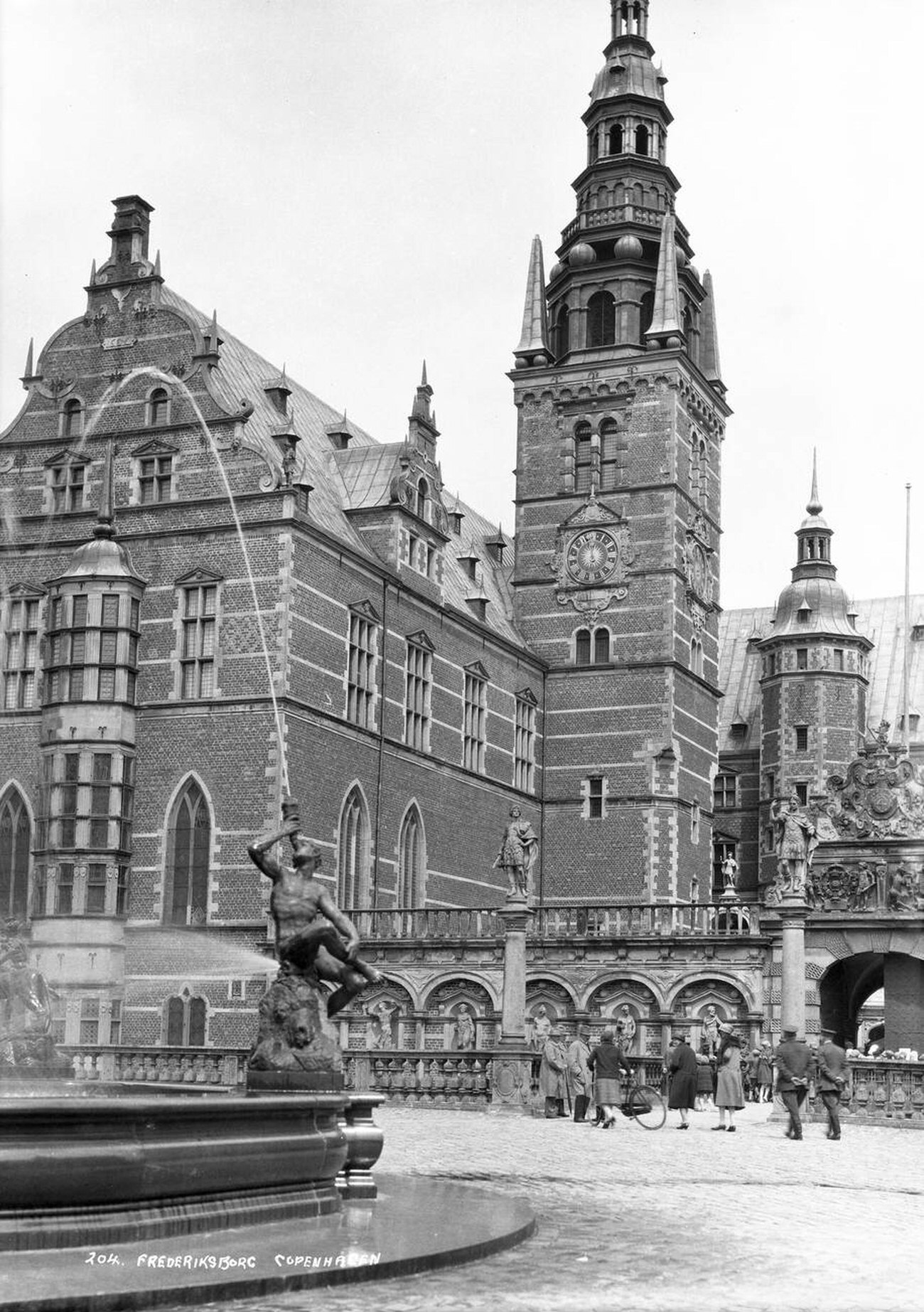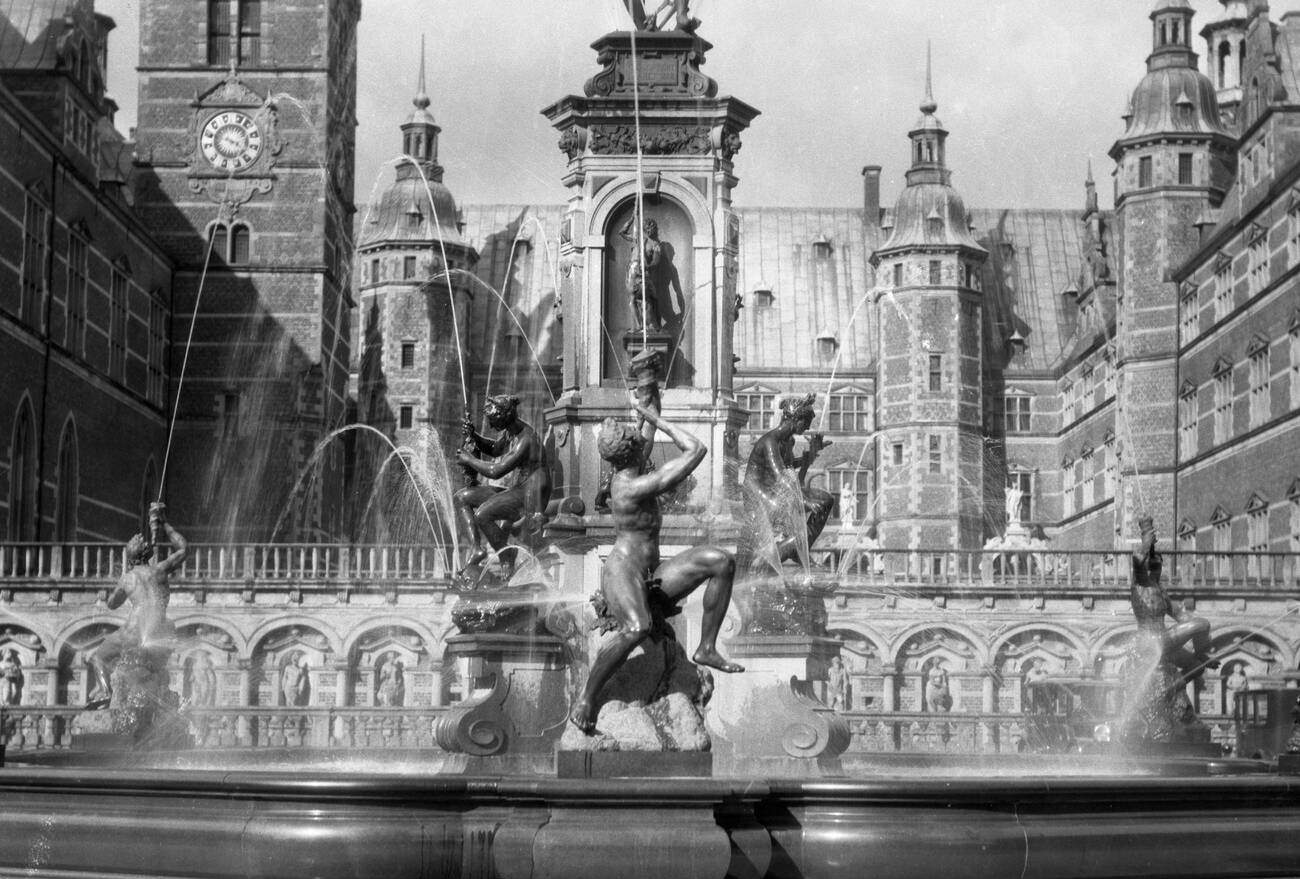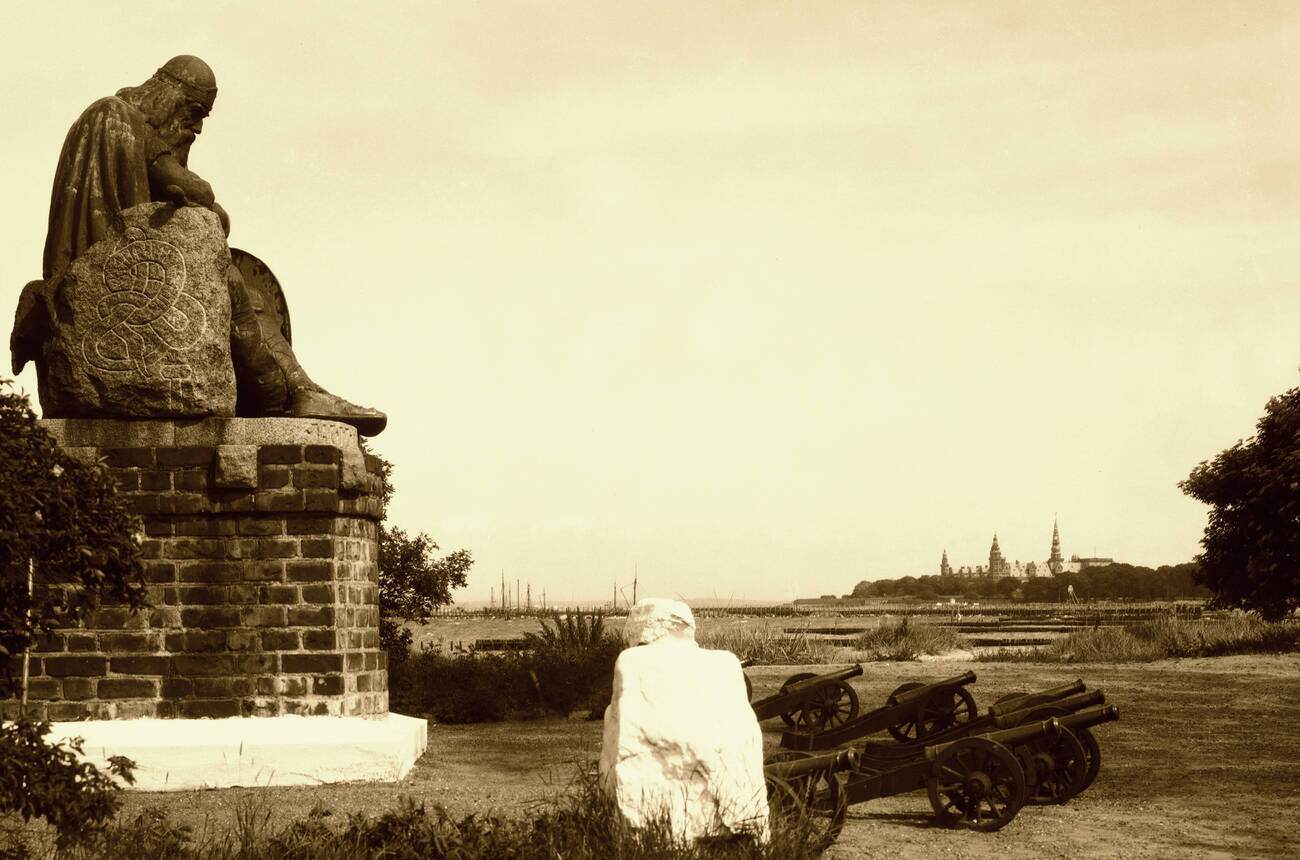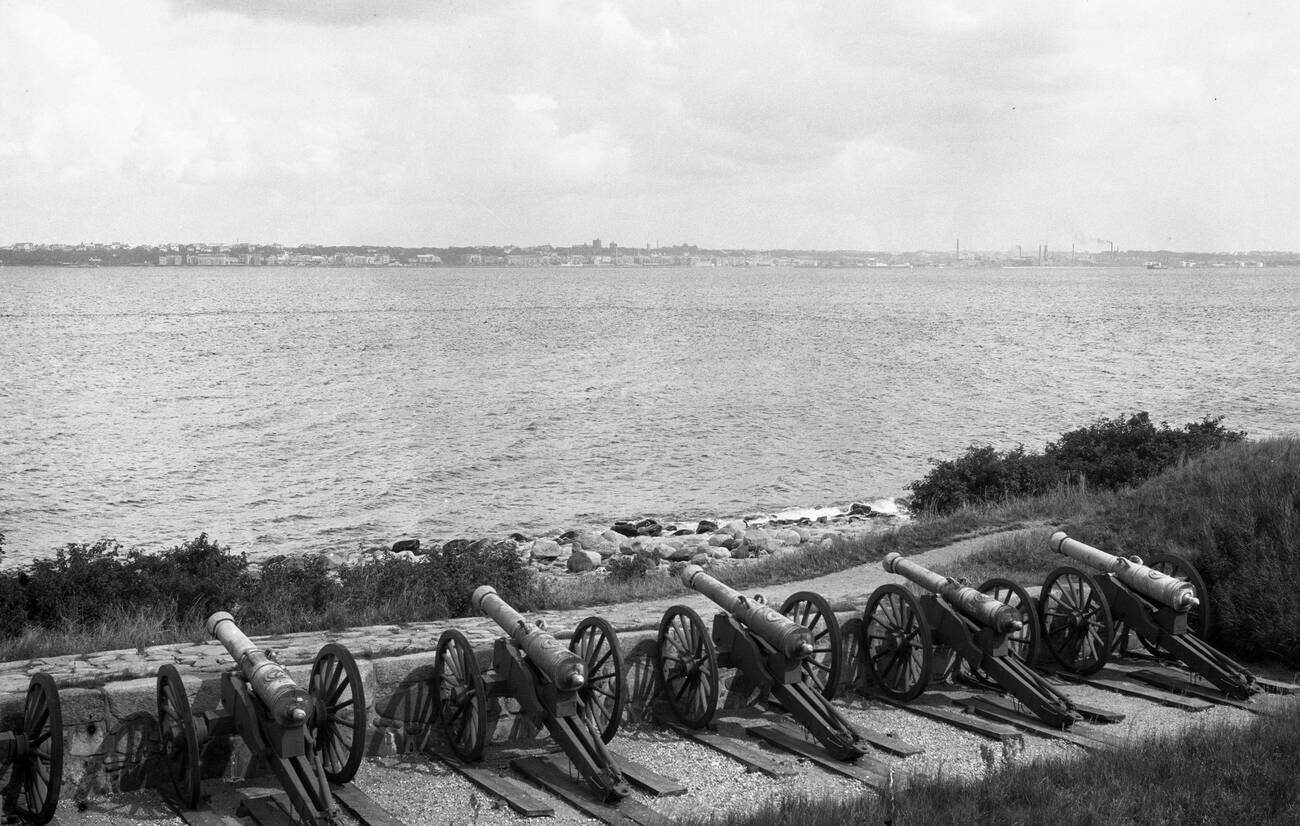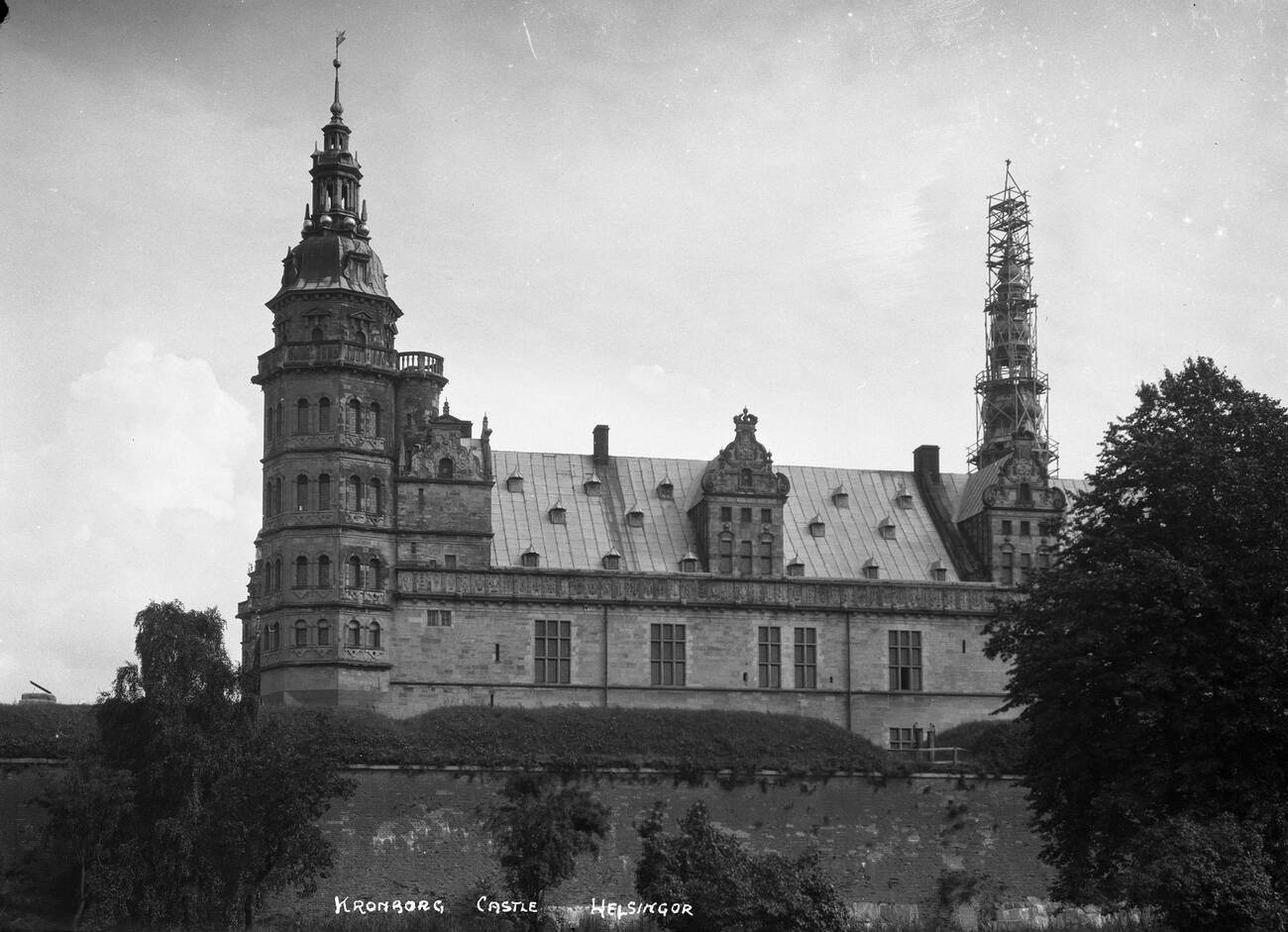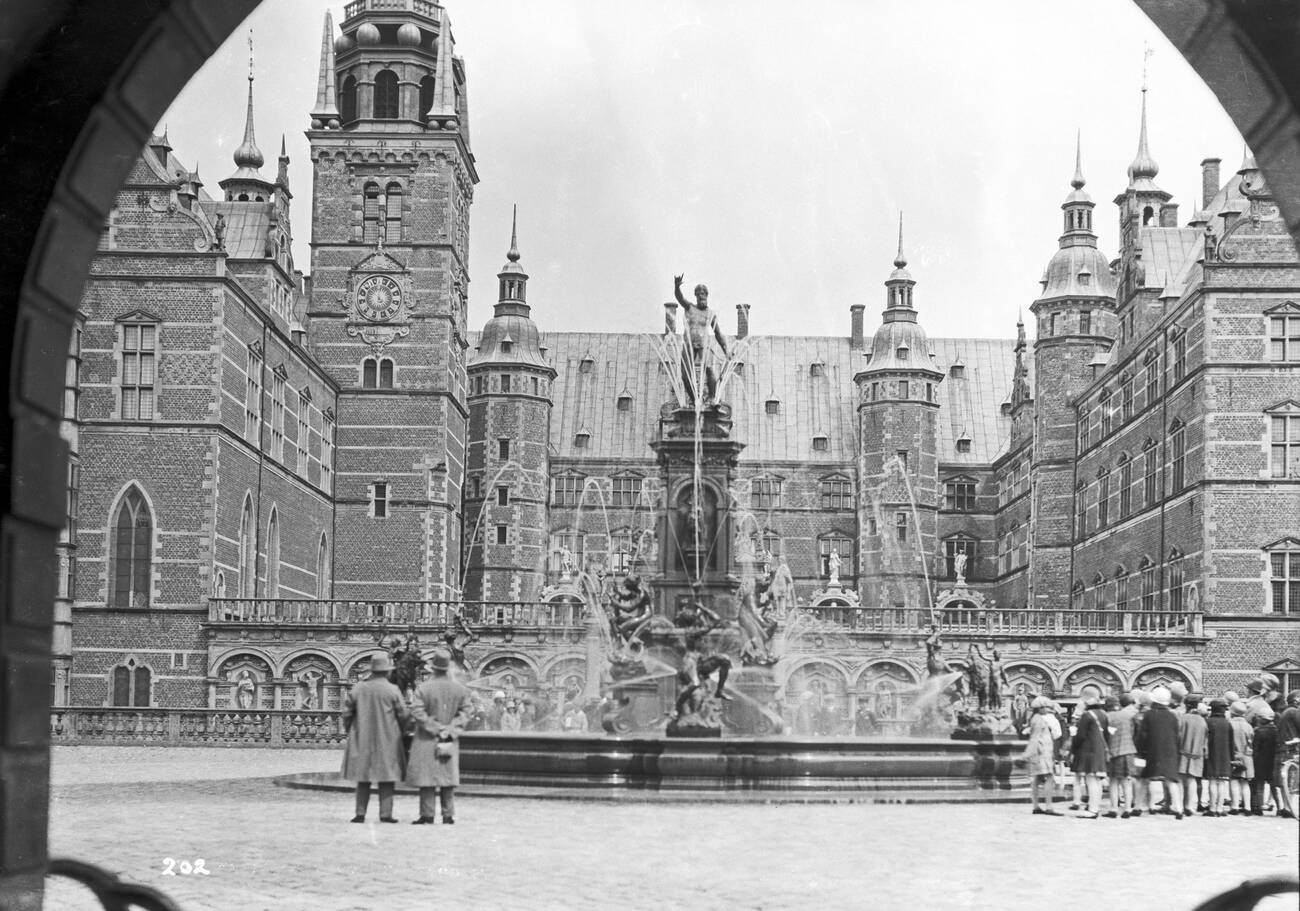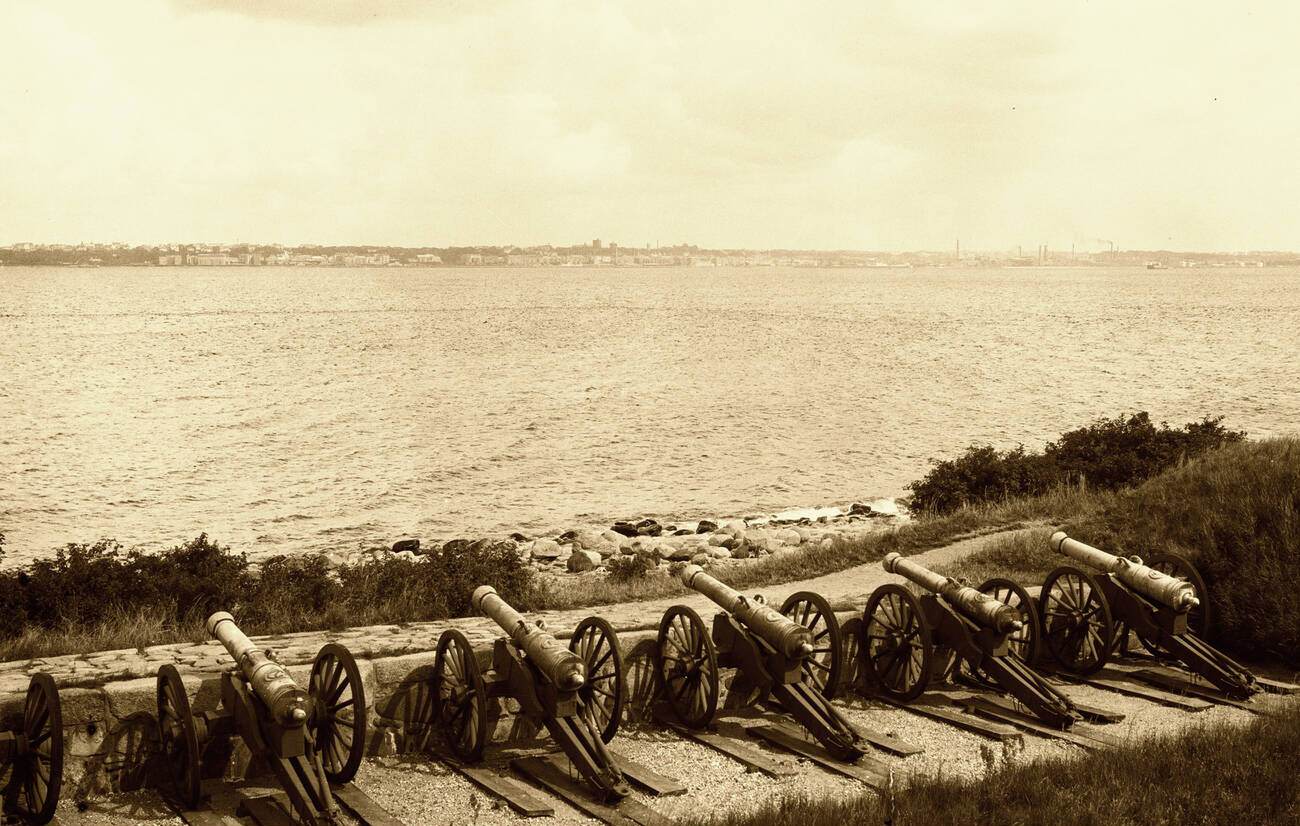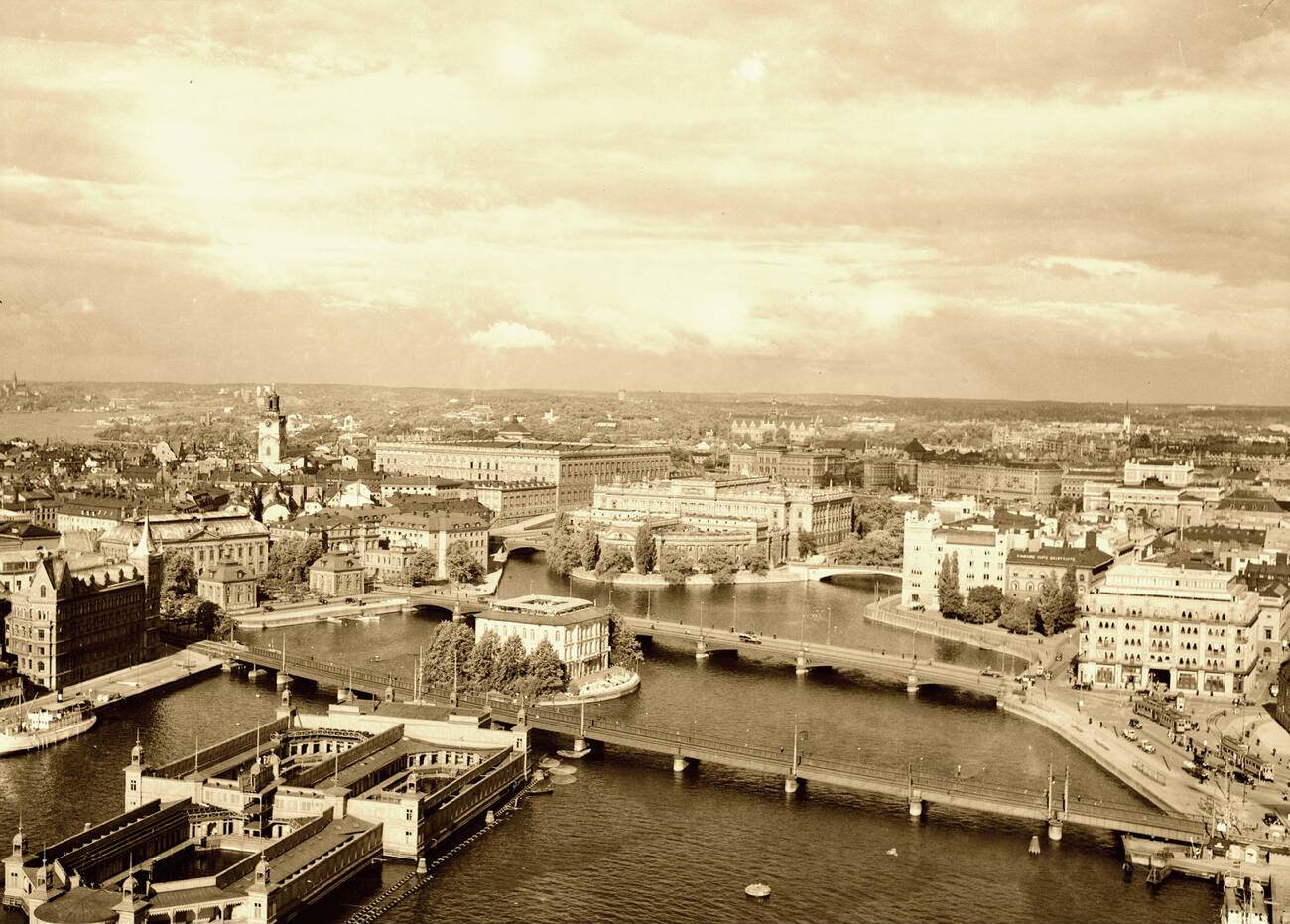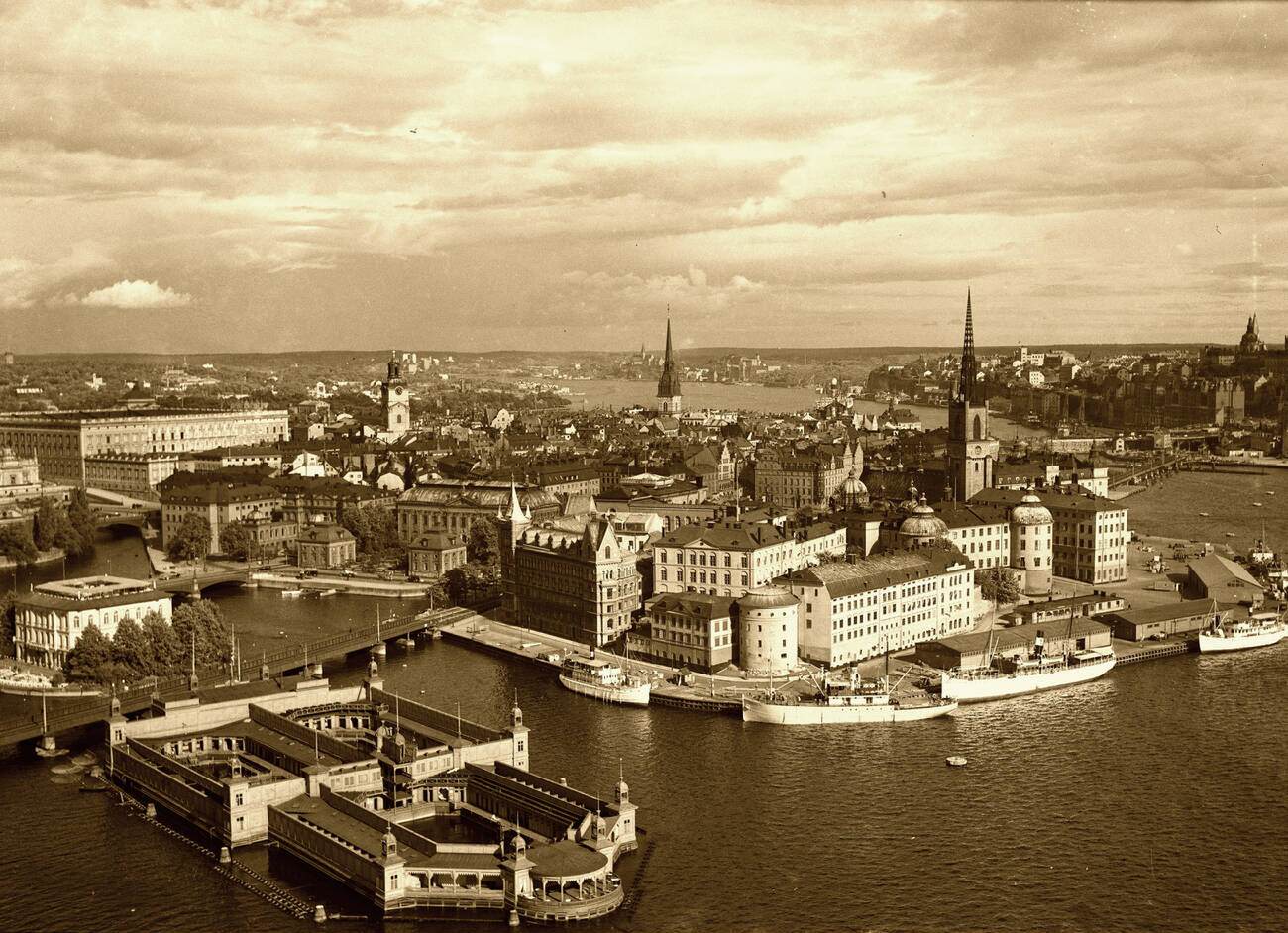Copenhagen, Denmark’s capital, was a lively city in the 1930s. It was a place of contrasts during a decade of change. The city was home to both grand old buildings and new modern designs. It was the center of Danish politics, culture, and commerce. The city was bustling with life.
The effects of the Great Depression were felt in Copenhagen. Unemployment rose. Many people struggled to make ends meet. Factories slowed down. Businesses faced tough times. The city government tried to help. It created public works projects. These provided jobs for some of the unemployed.
Despite the economic hardship, Copenhagen remained a hub of activity. People still went about their daily lives. They commuted to work on bicycles and trams. The harbor was busy with ships. These ships carried goods to and from other countries. Trade was vital to the city.
The city was a mix of old and new. Historic buildings like Rosenborg Castle and Christiansborg Palace stood alongside modern apartment buildings. Architects were experimenting with new styles. They used materials like concrete and steel. This created a unique cityscape. It was constantly evolving.
Copenhagen was a center for Danish culture. The Royal Danish Theatre hosted plays and operas. New, smaller theaters also thrived. They offered alternative performances. The city’s many cinemas showed films from Denmark and abroad. People flocked to see the latest movies.
The city had a vibrant café culture. People gathered in cafés to discuss politics and art. They drank coffee. They ate pastries. These cafés were important social spaces. They were places where ideas were exchanged. Conversations took place.
The 1930s saw changes in fashion, too. Men often wore suits and hats. Women’s dresses became simpler. New synthetic fabrics became available. This made clothes more affordable. People followed the latest trends. They were seen in magazines and films.
Politics played a significant role in Copenhagen life. The city was home to the Danish Parliament. Different political parties debated important issues. Newspapers reported on these debates. Public demonstrations sometimes took place. People were engaged in the political process.
New housing projects were built in the outskirts of Copenhagen. These were designed to provide better living conditions for working-class families. They featured modern amenities like indoor plumbing and electricity. These developments aimed to improve public health. They sought to create a better quality of life.


